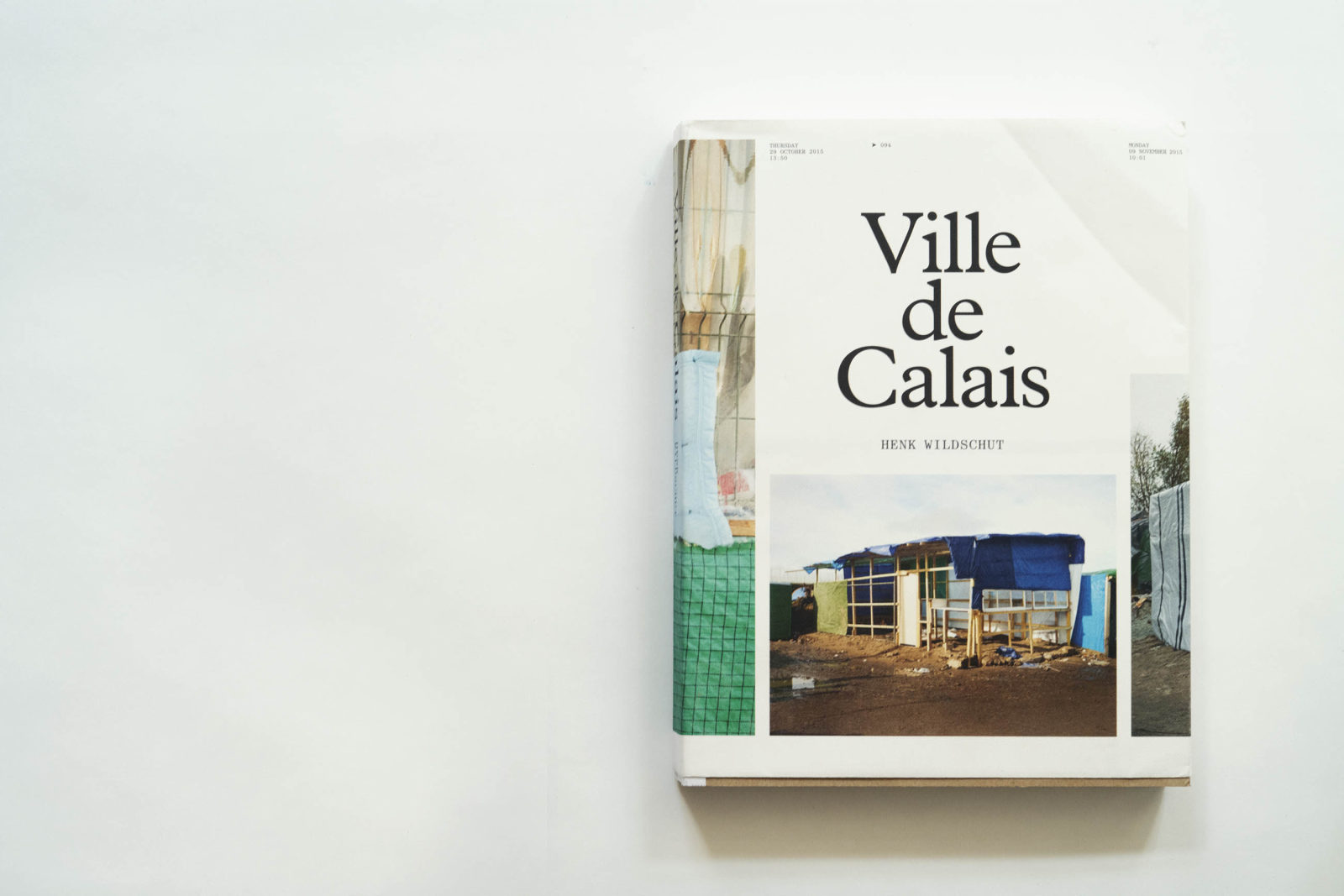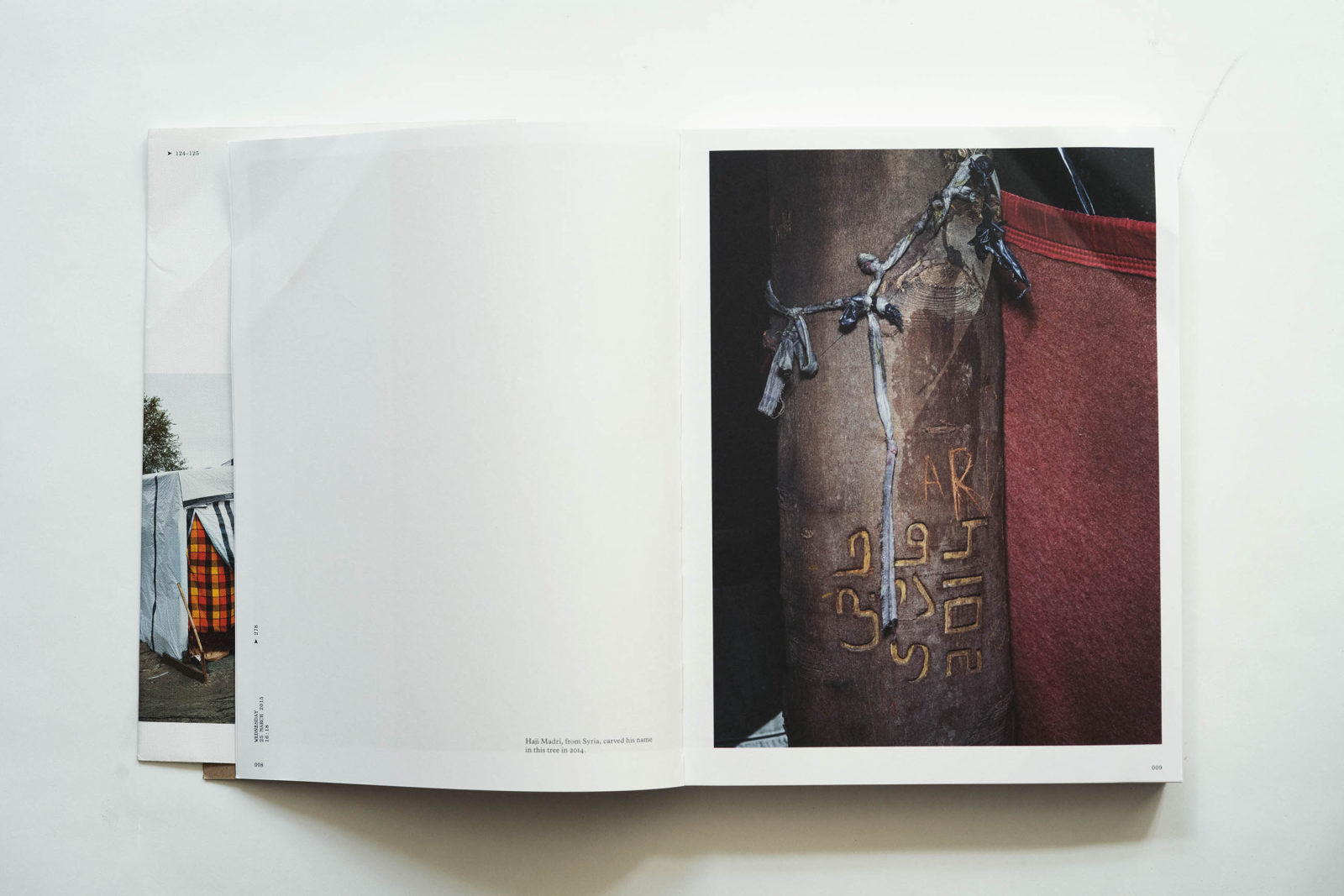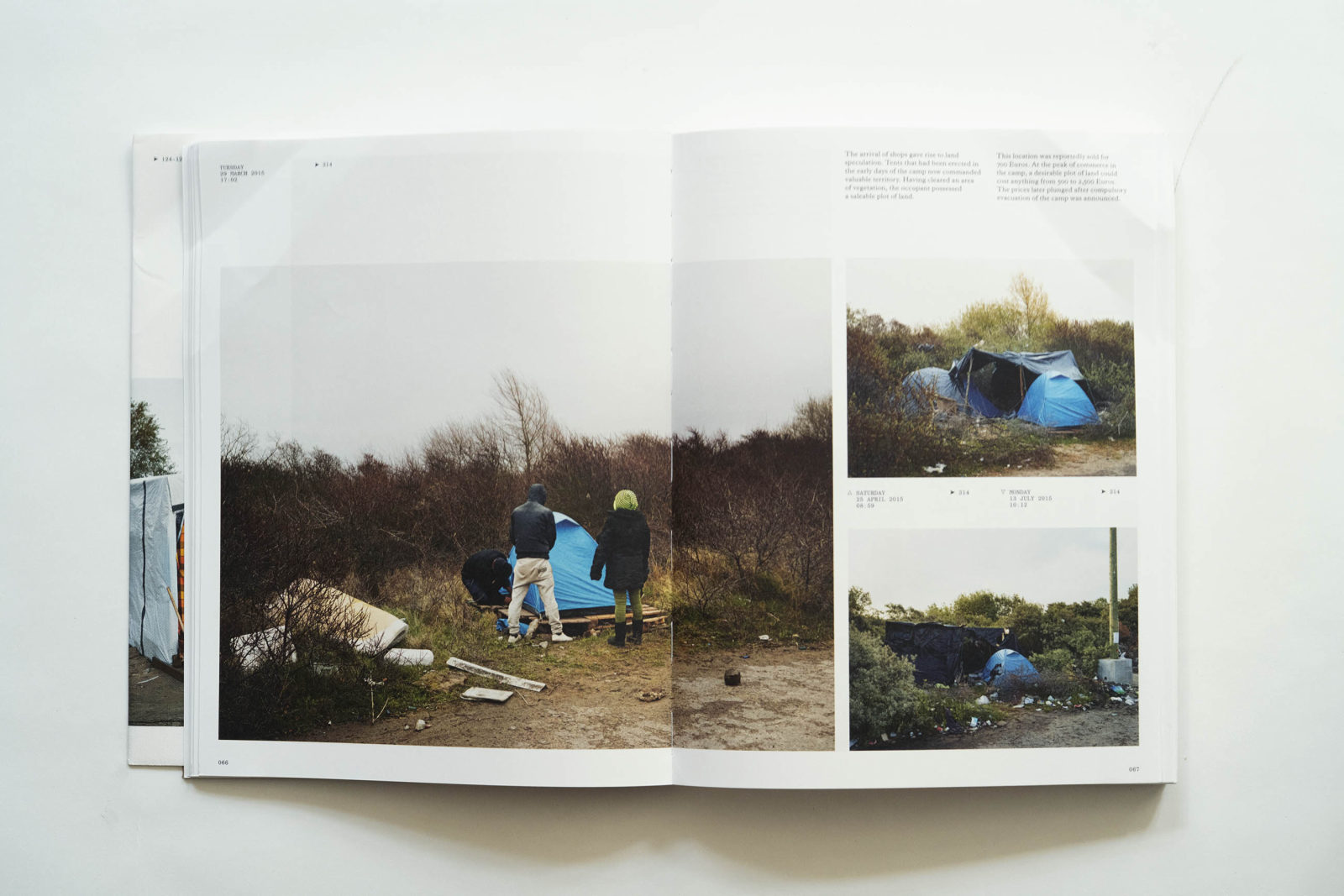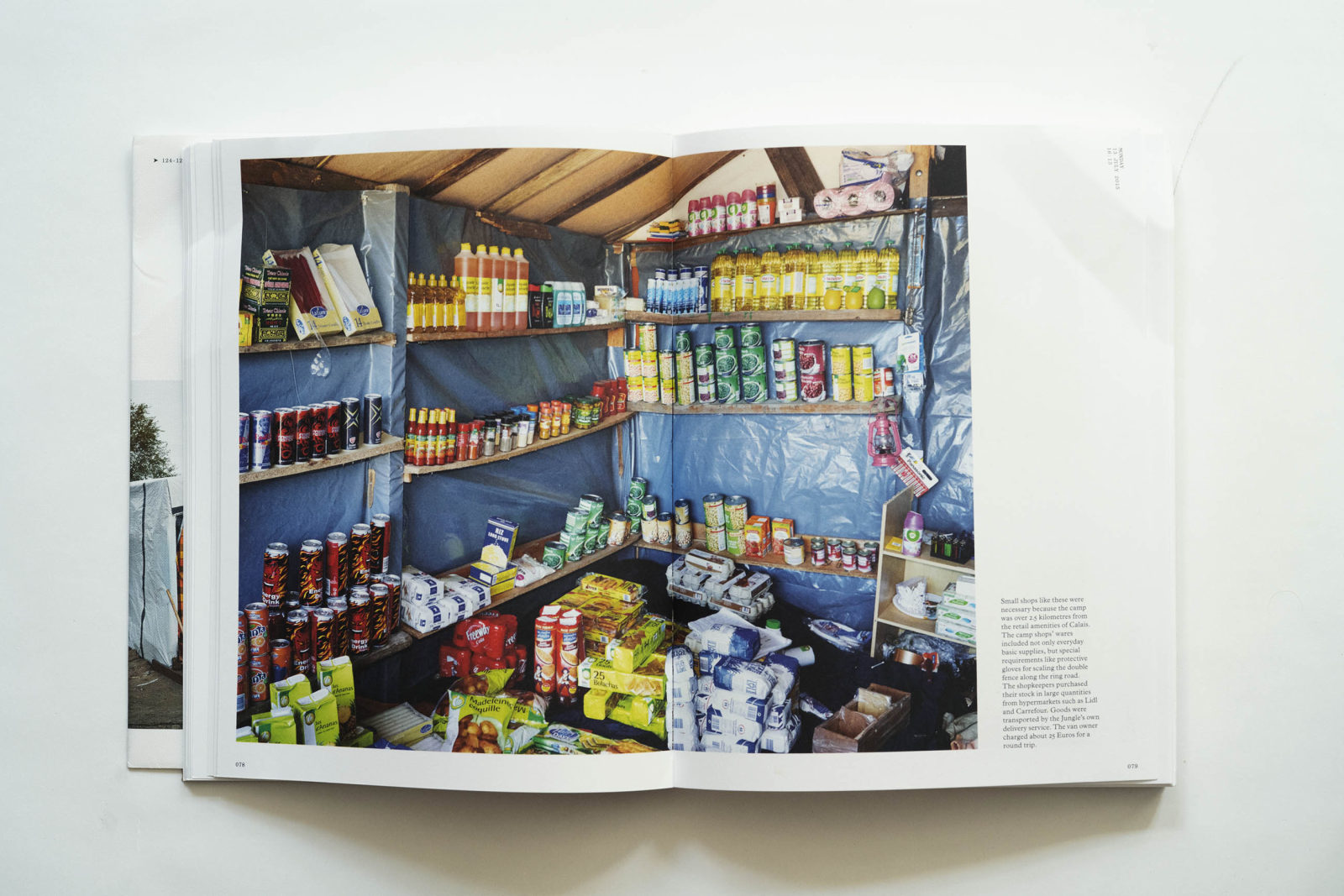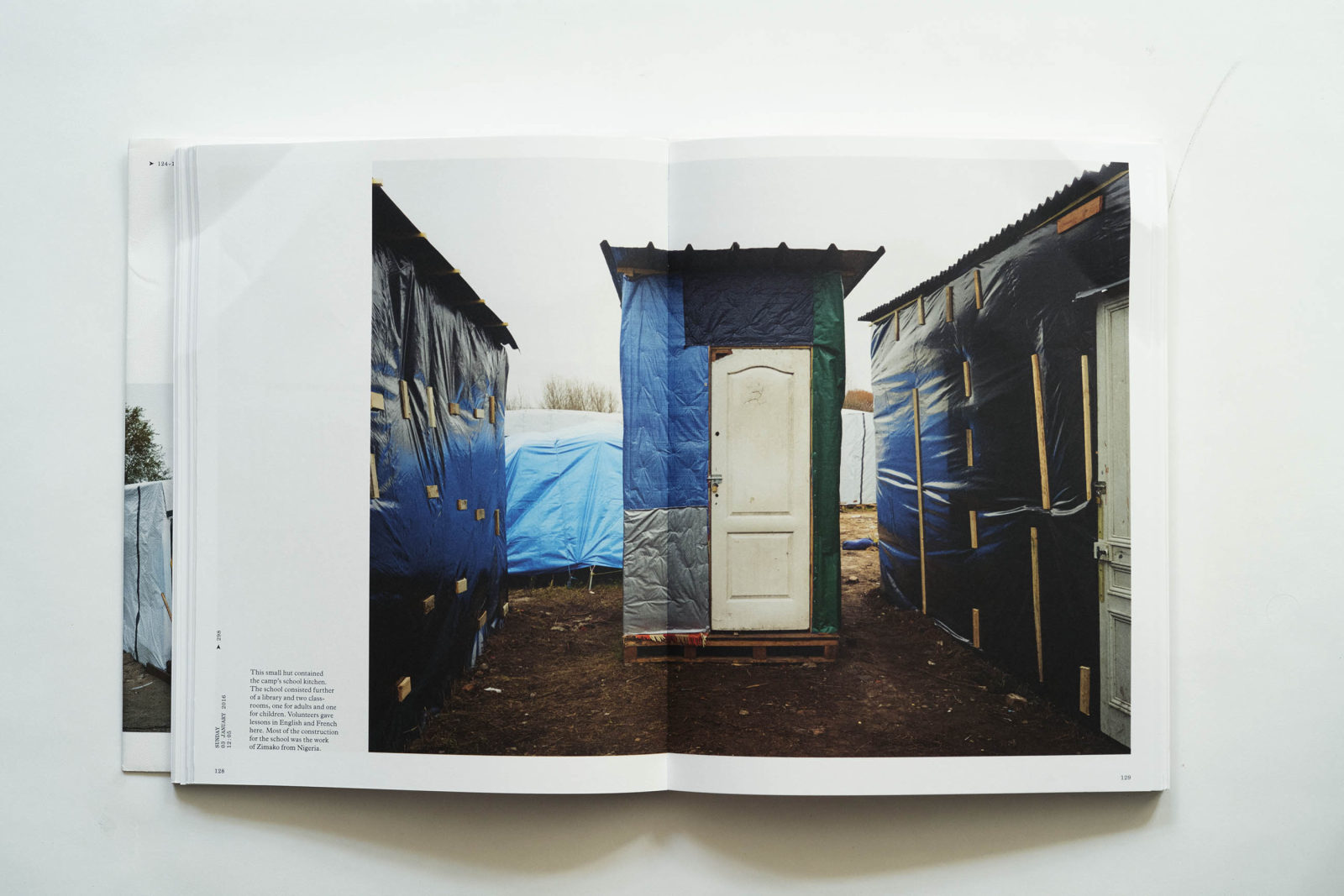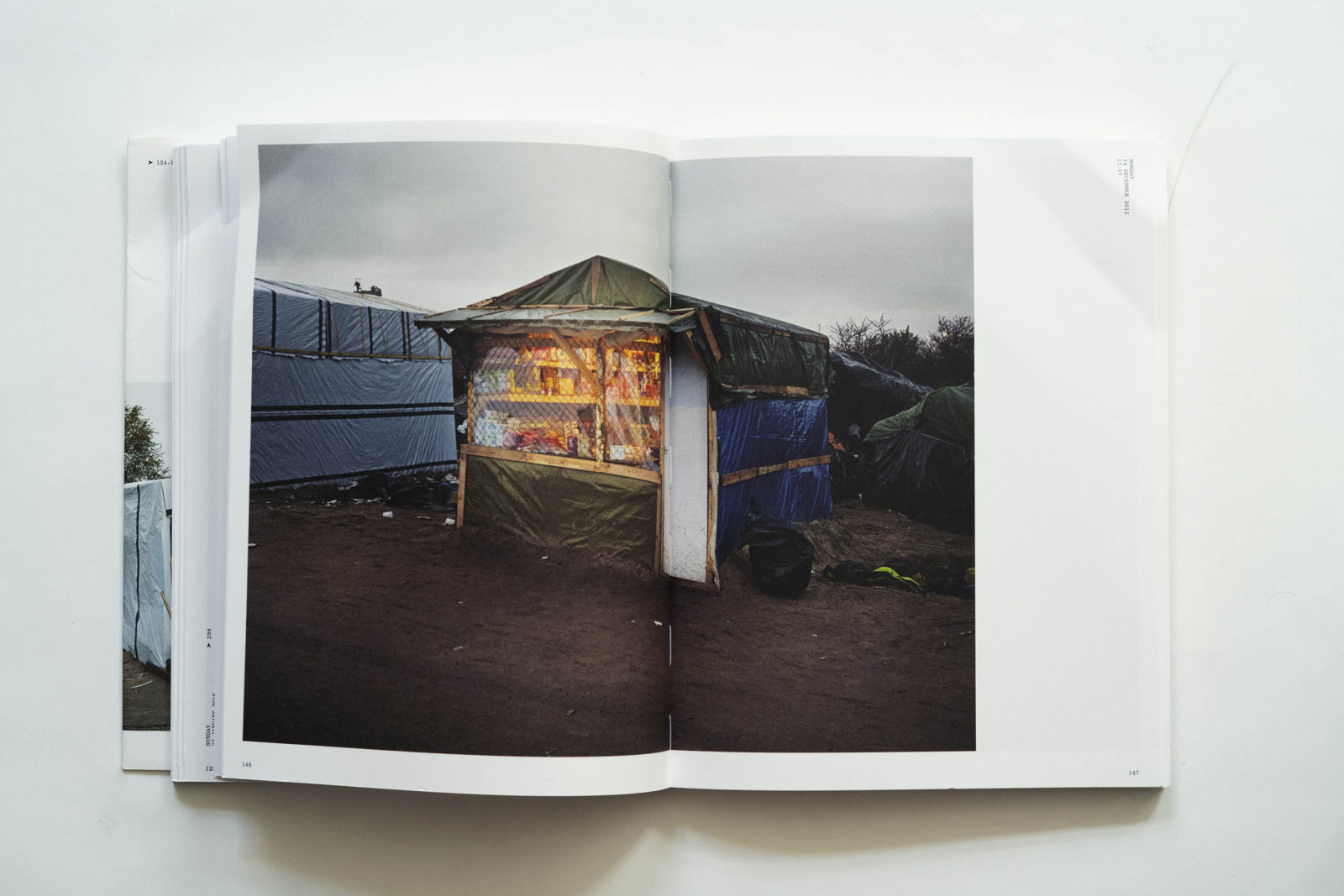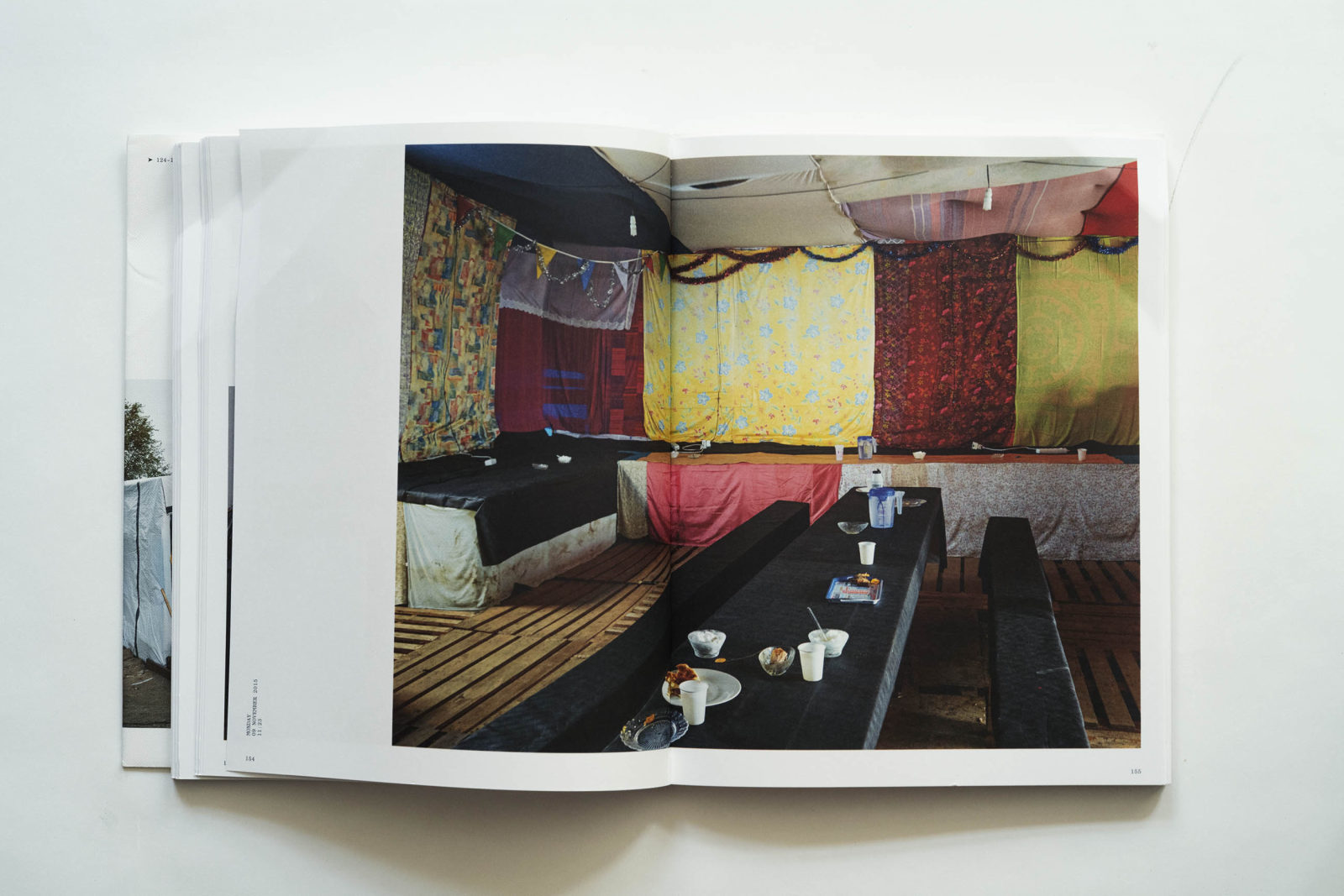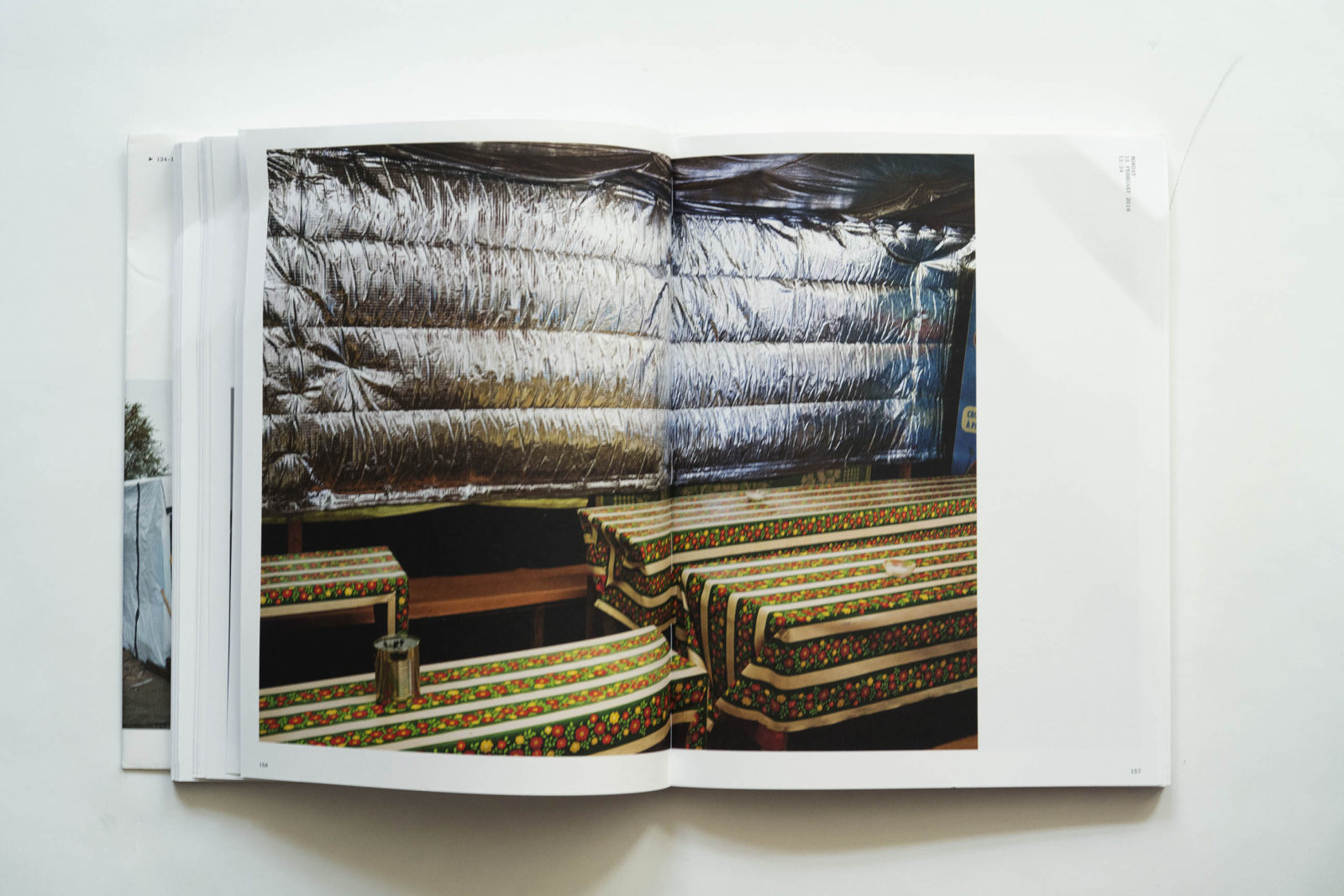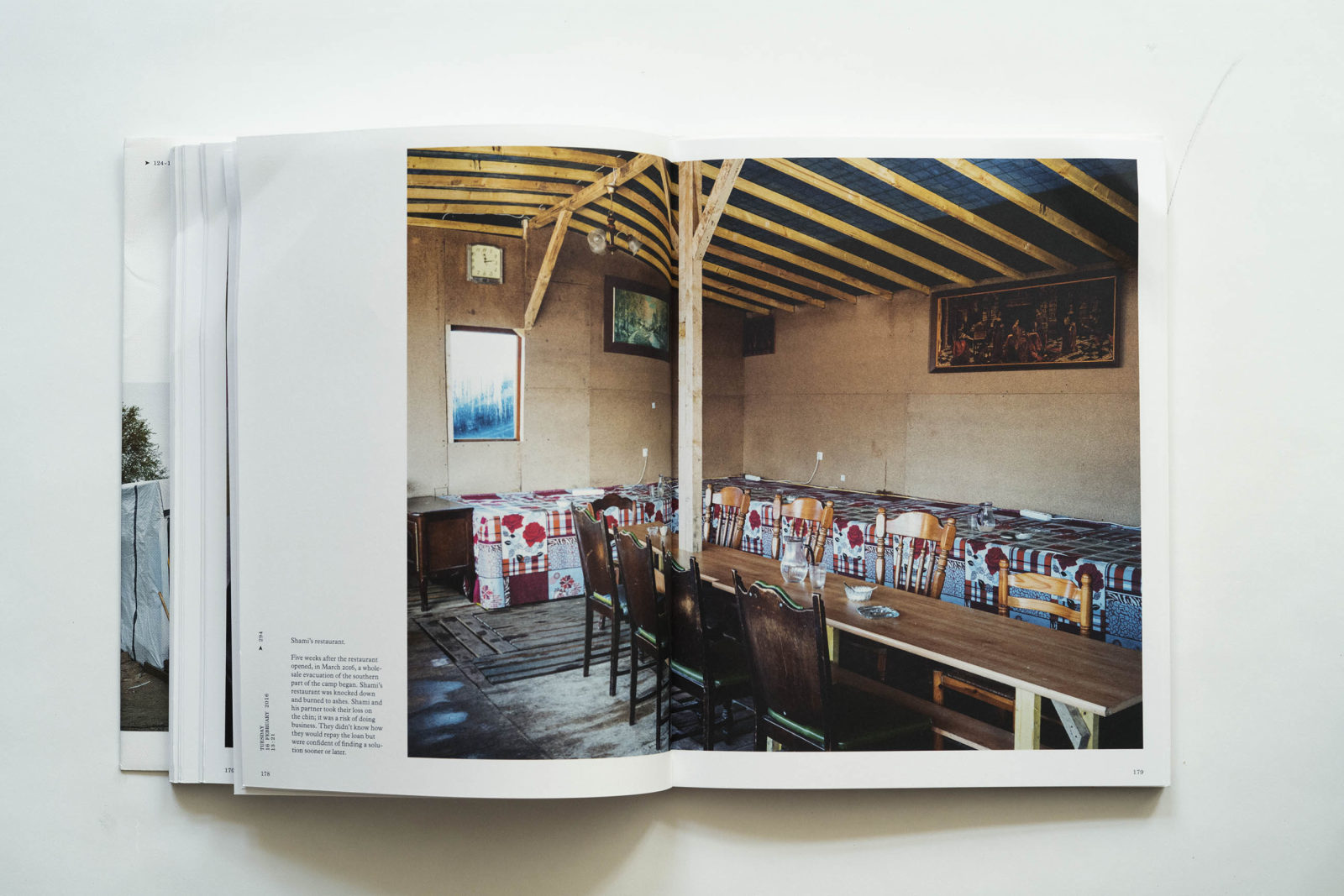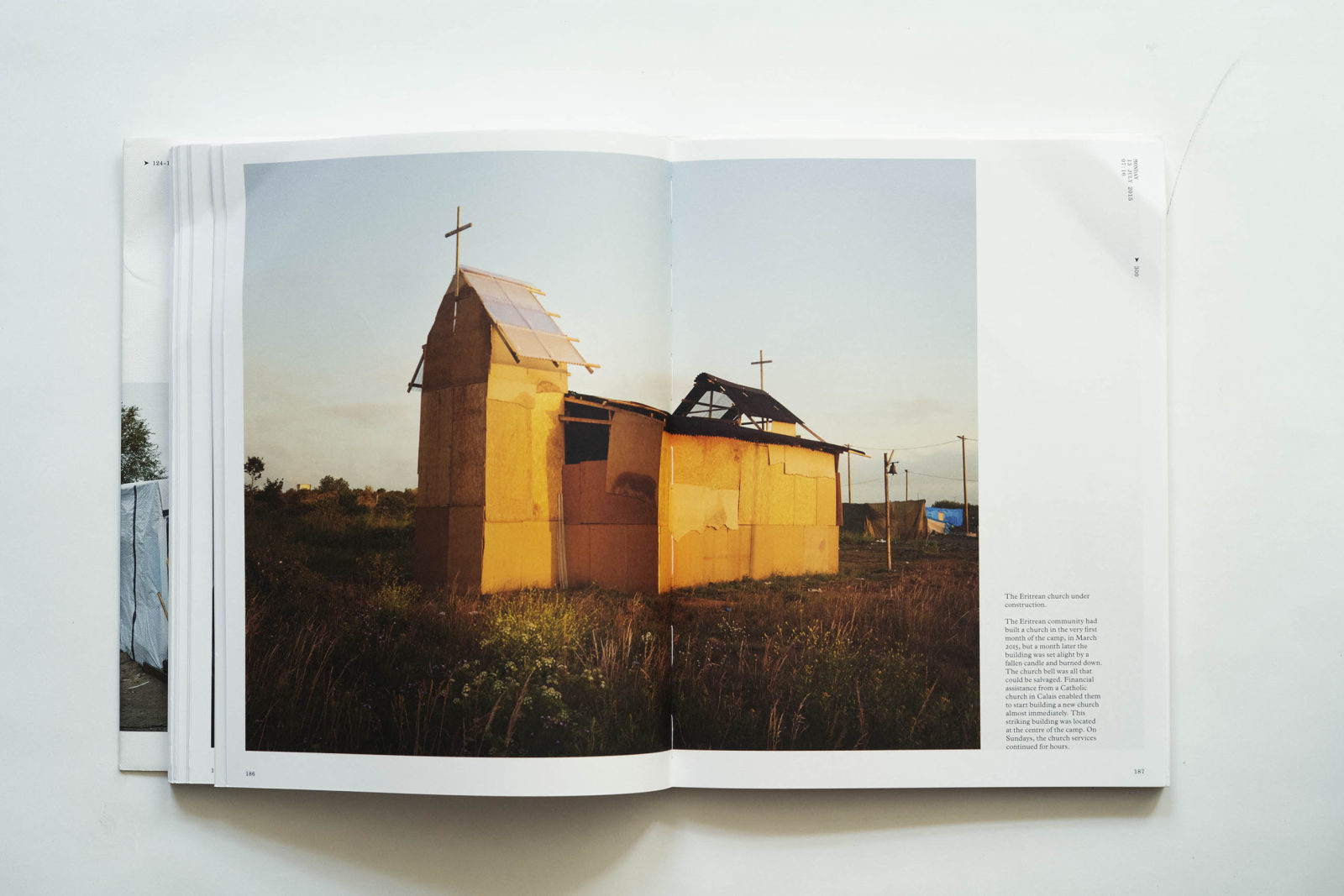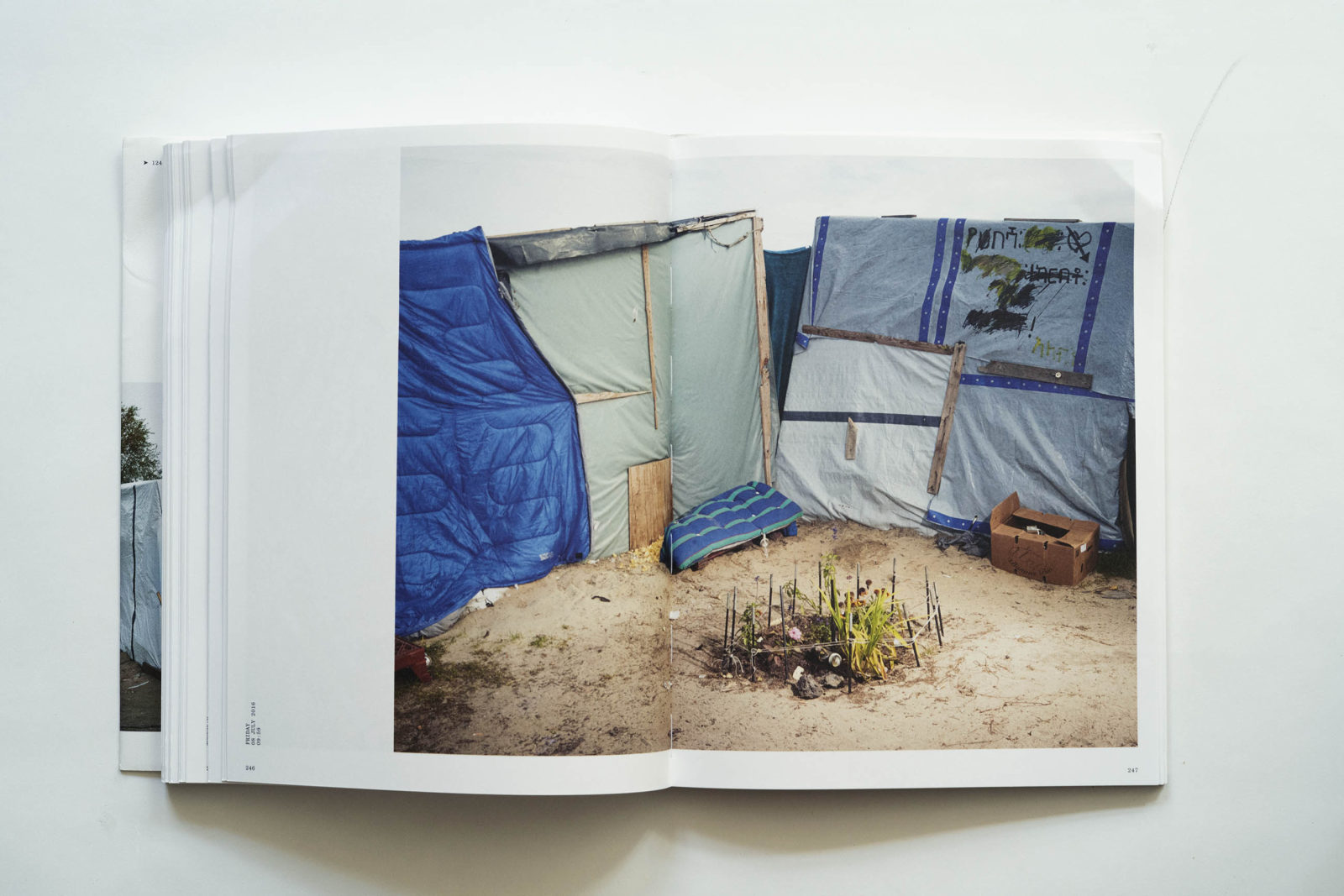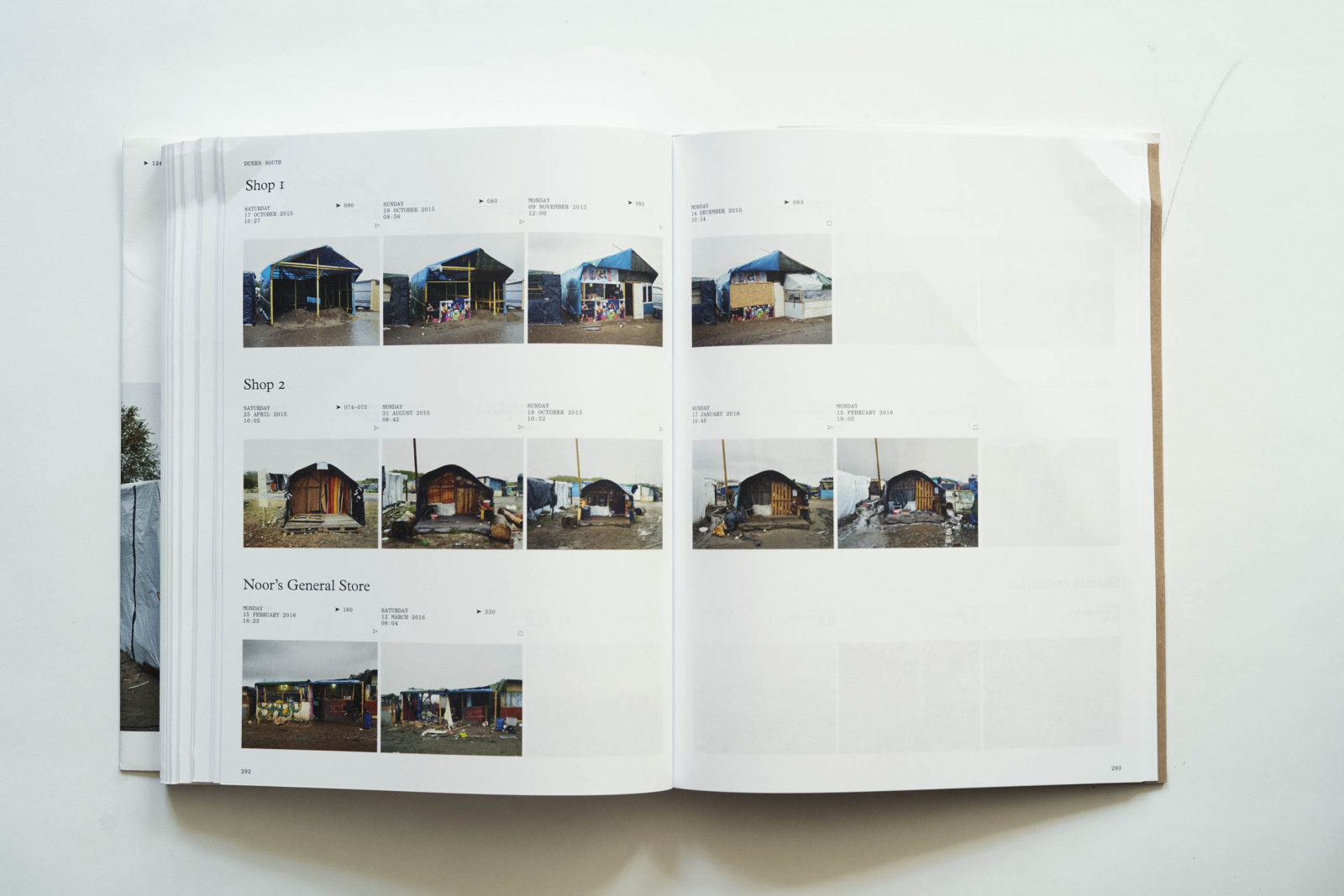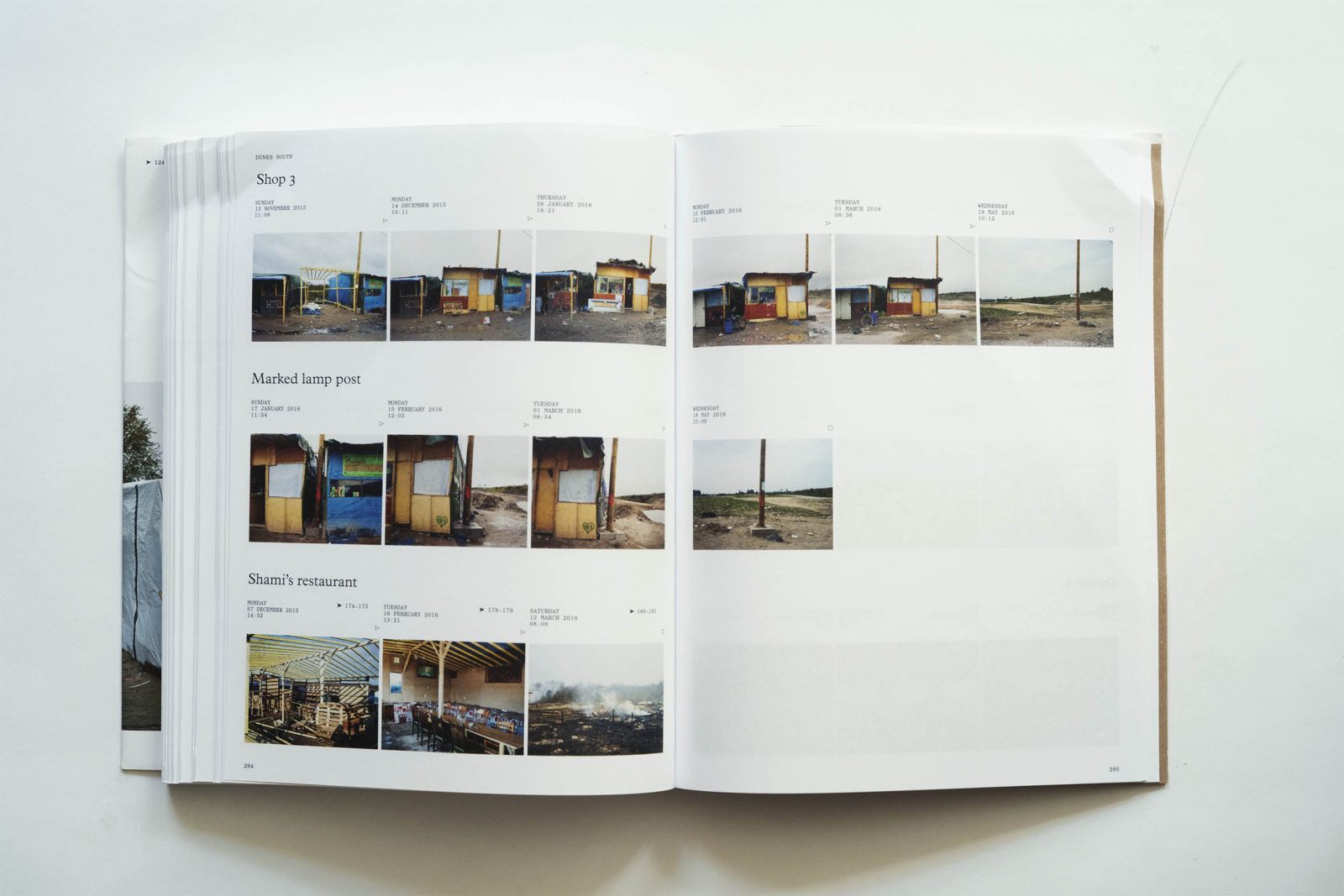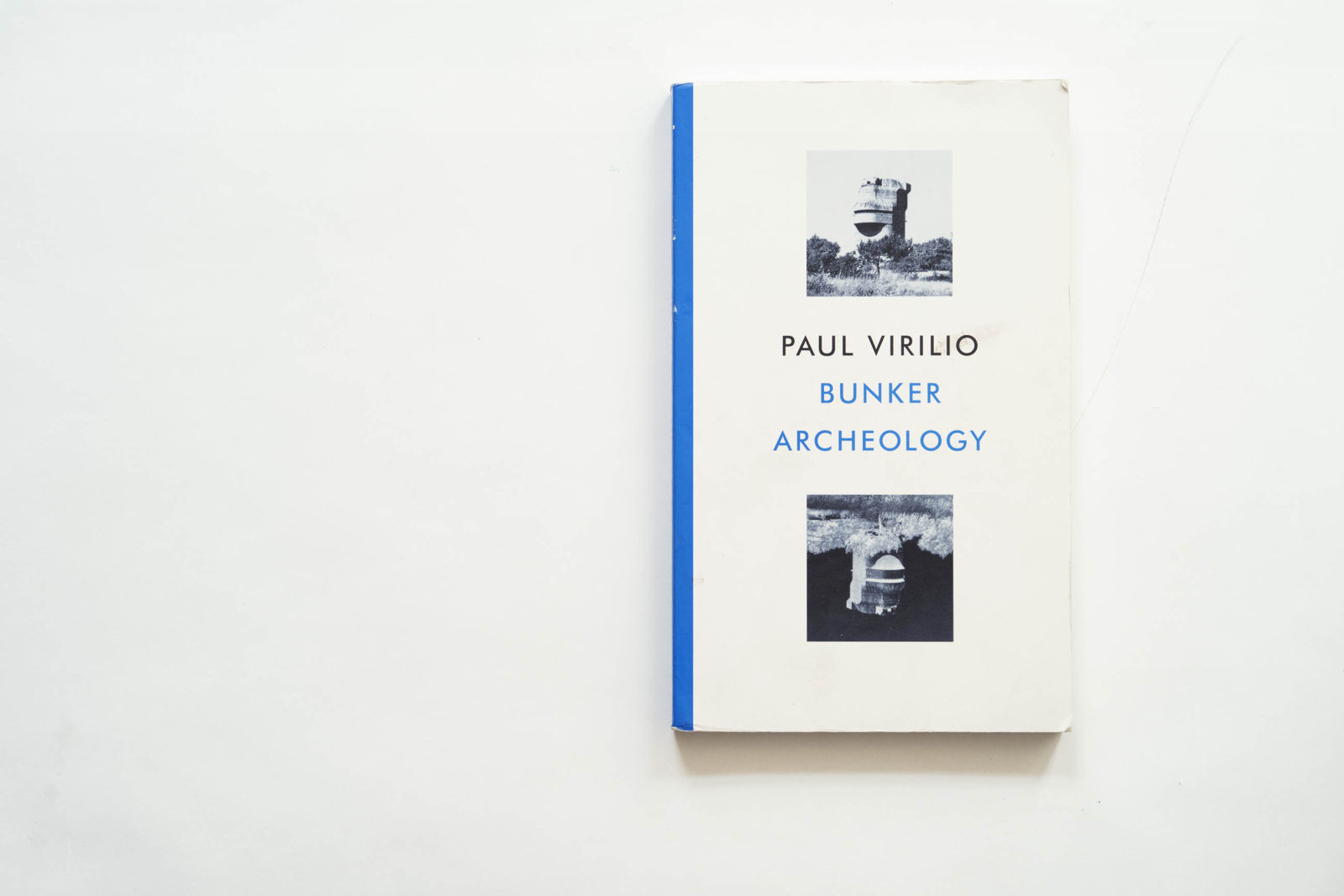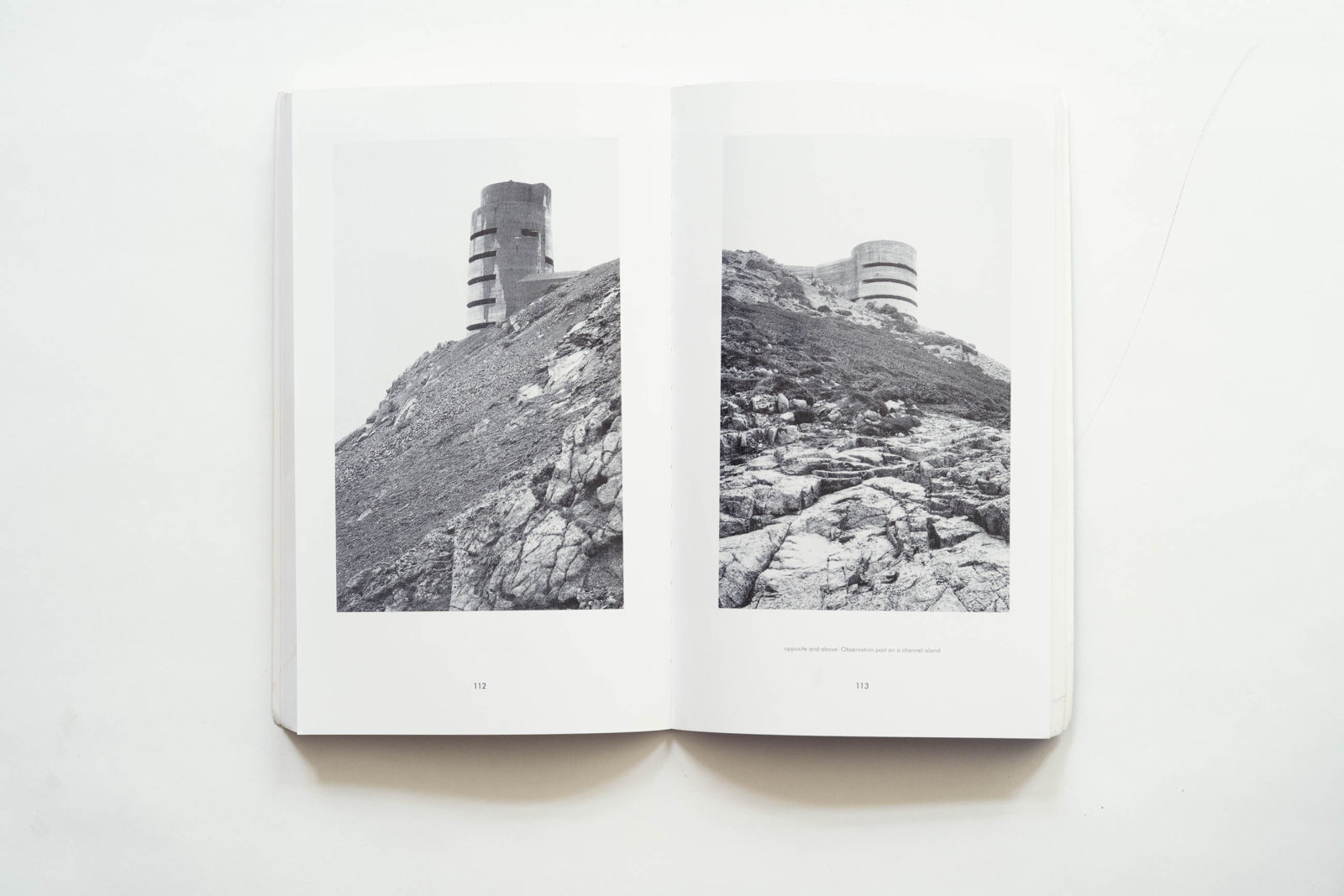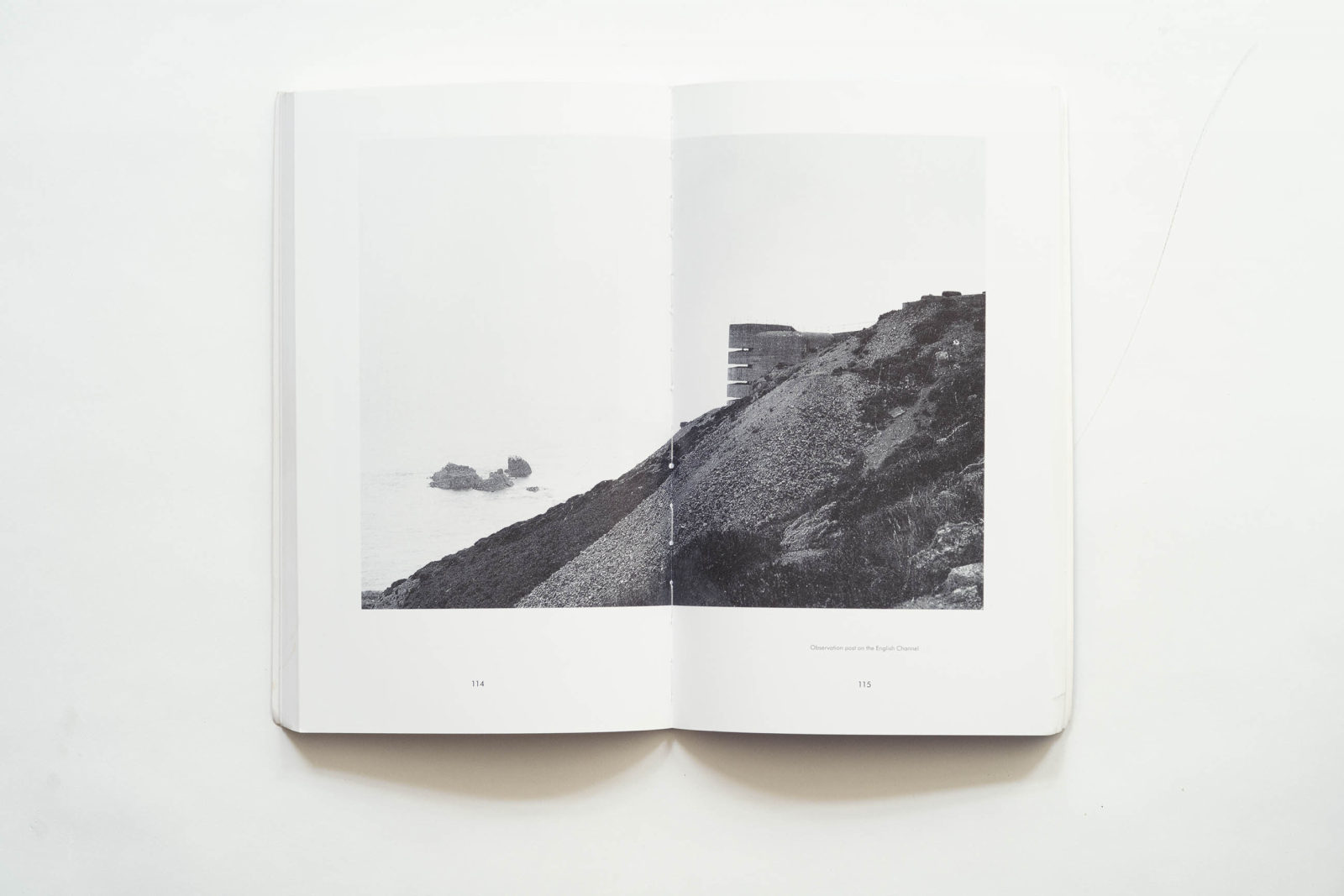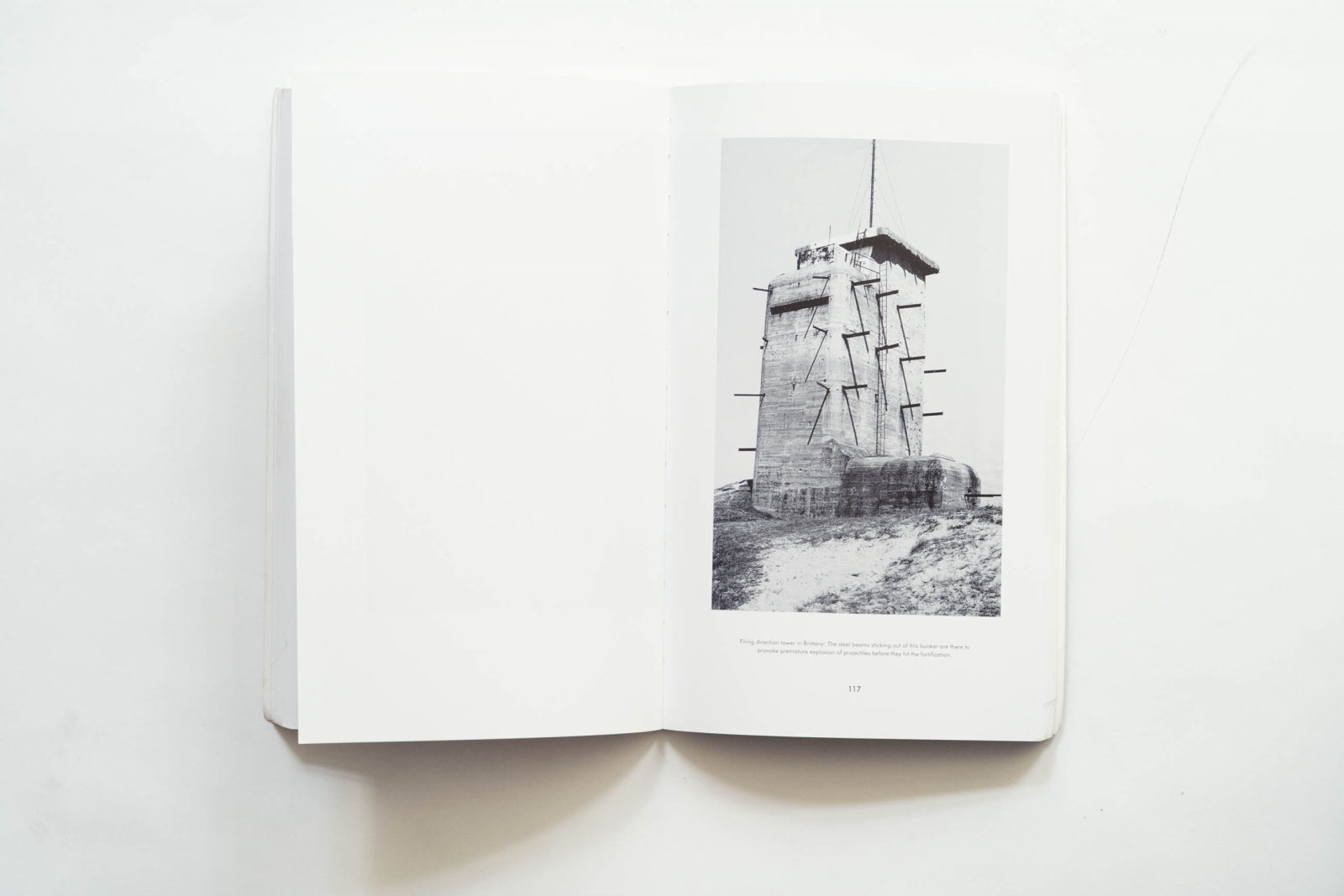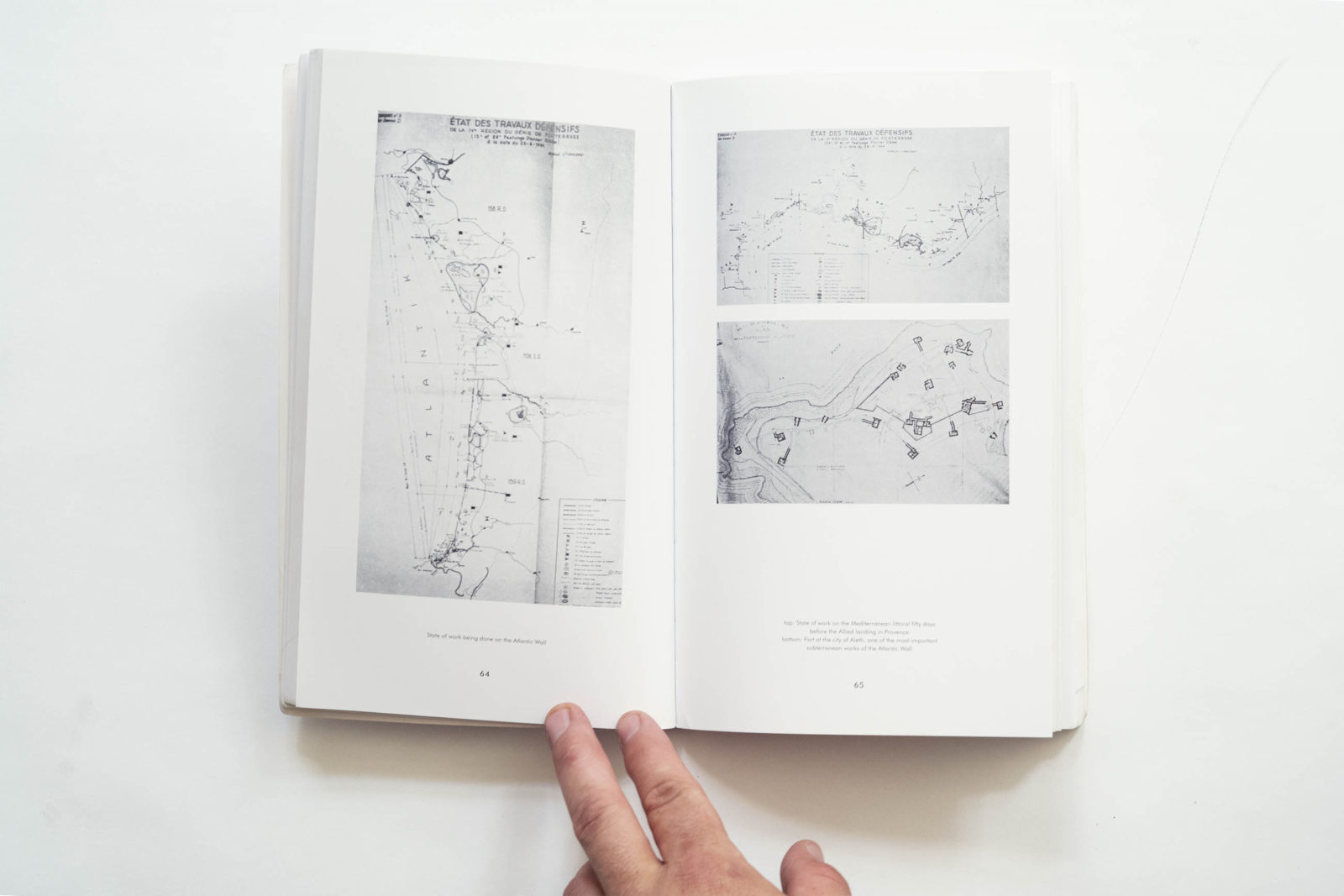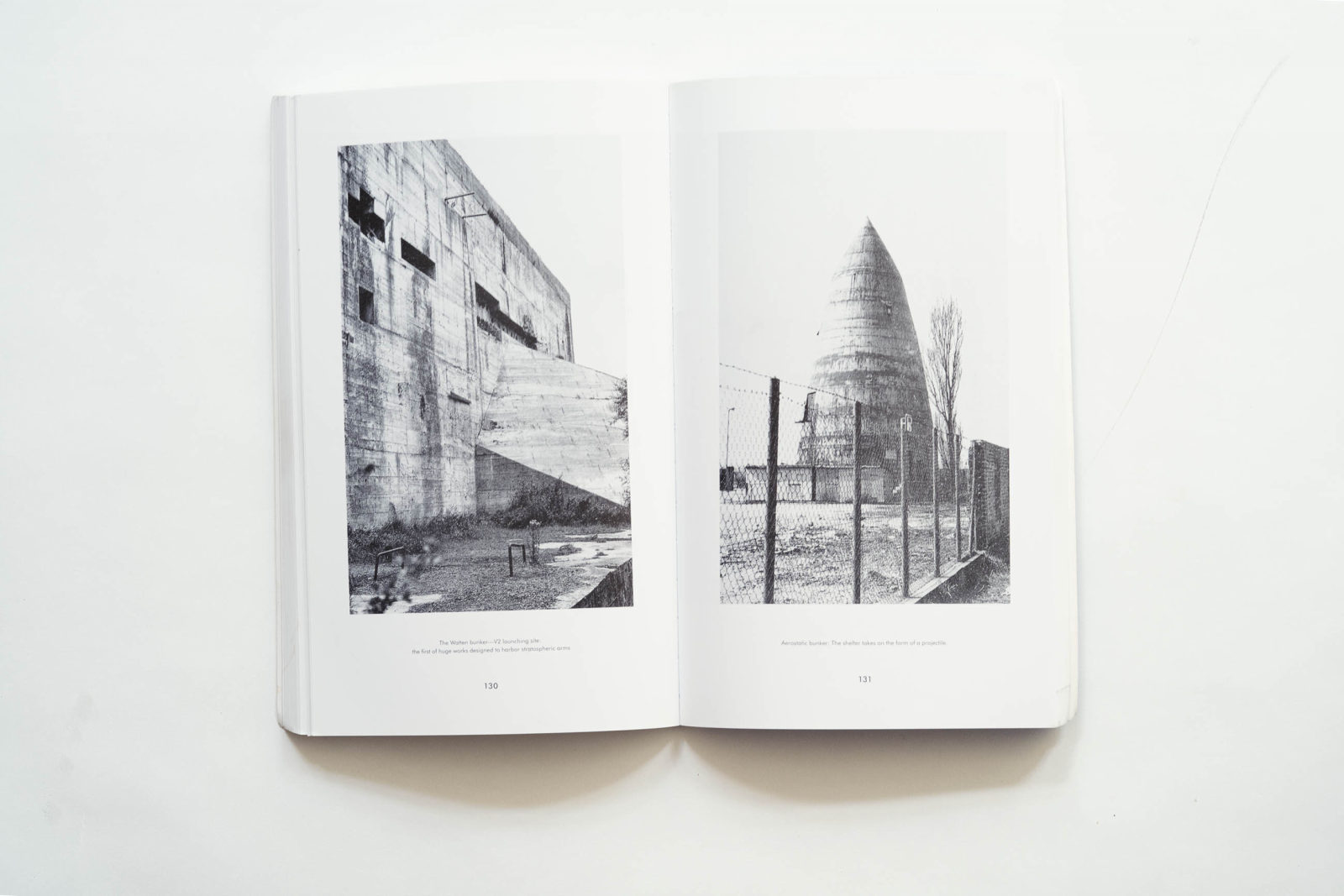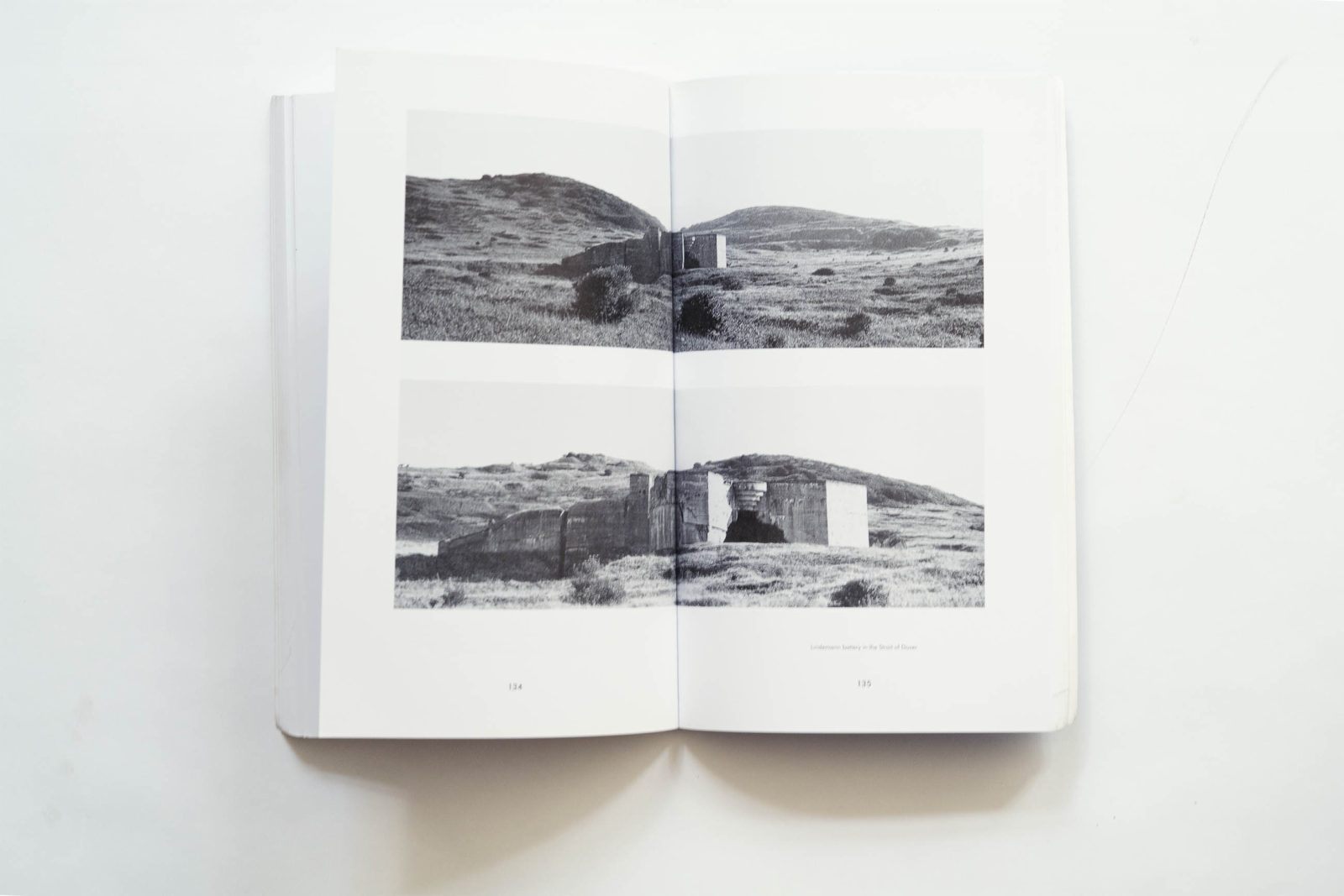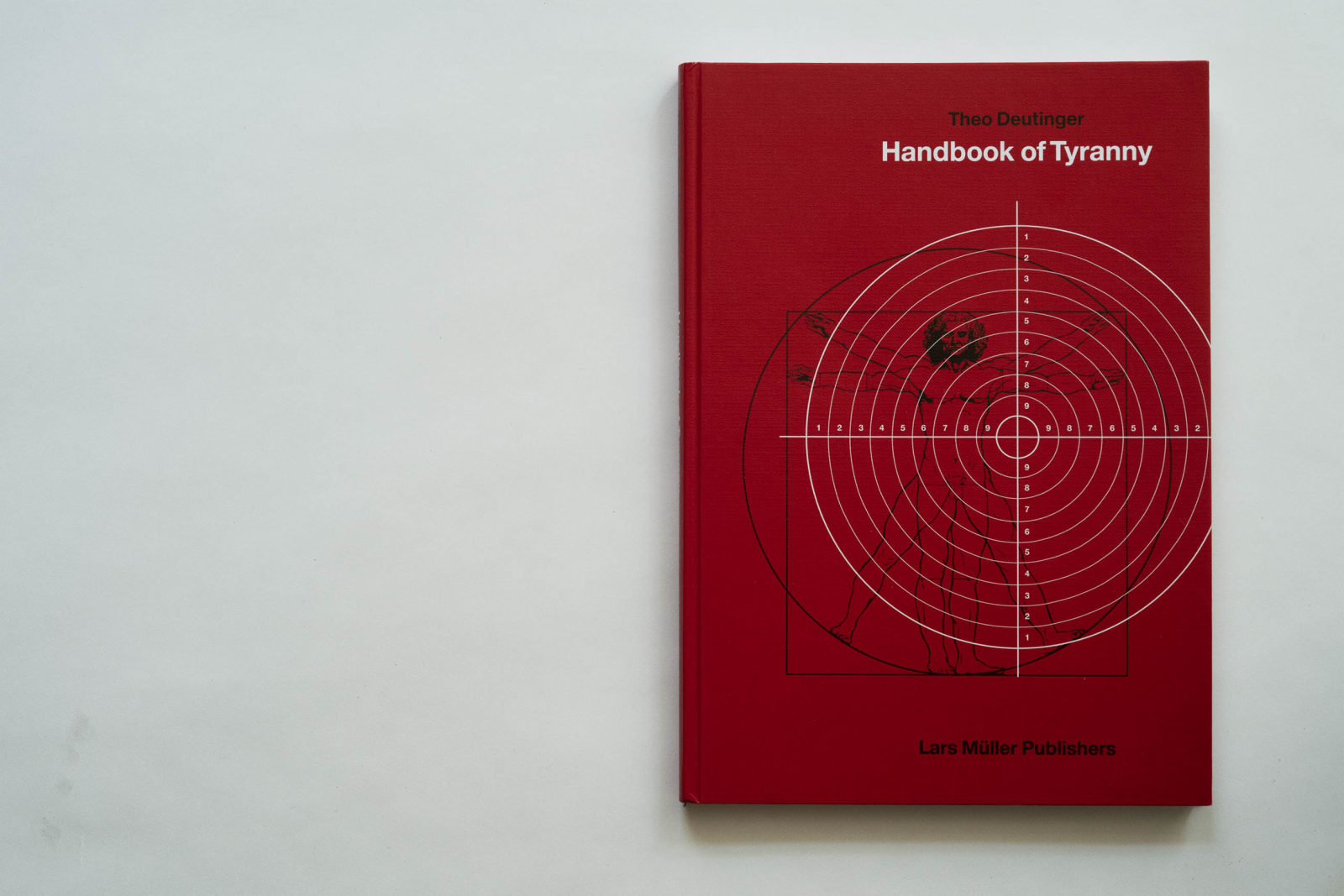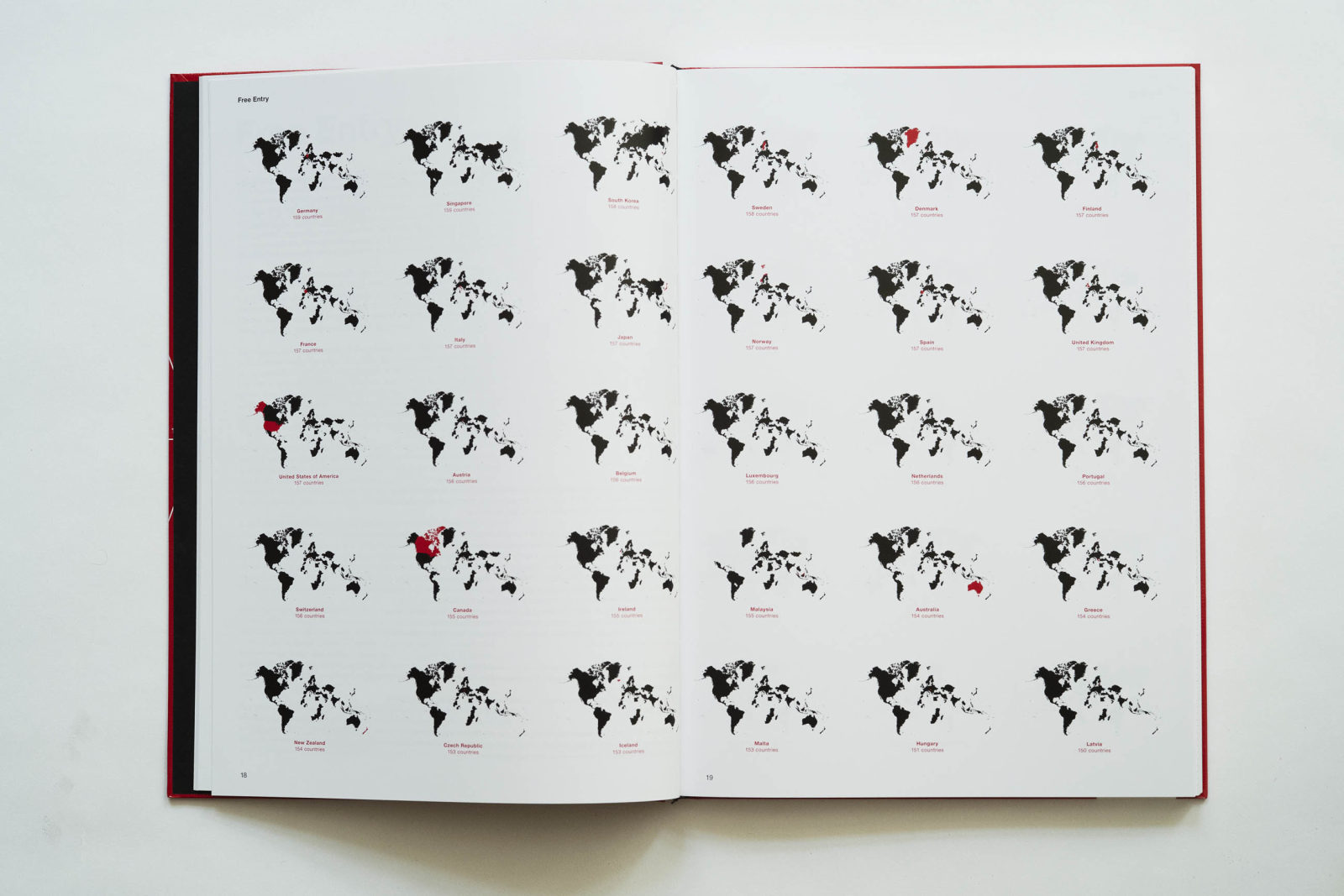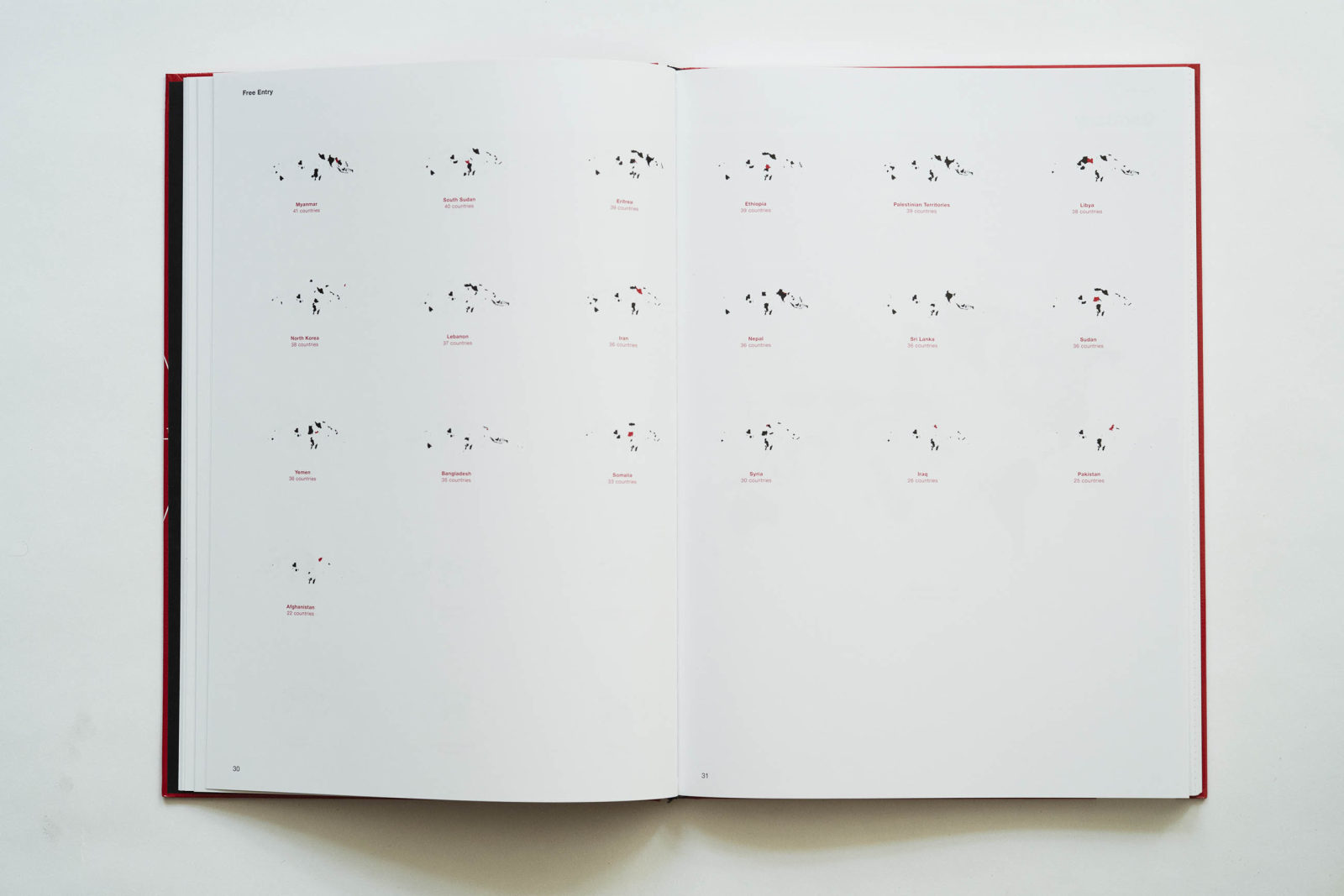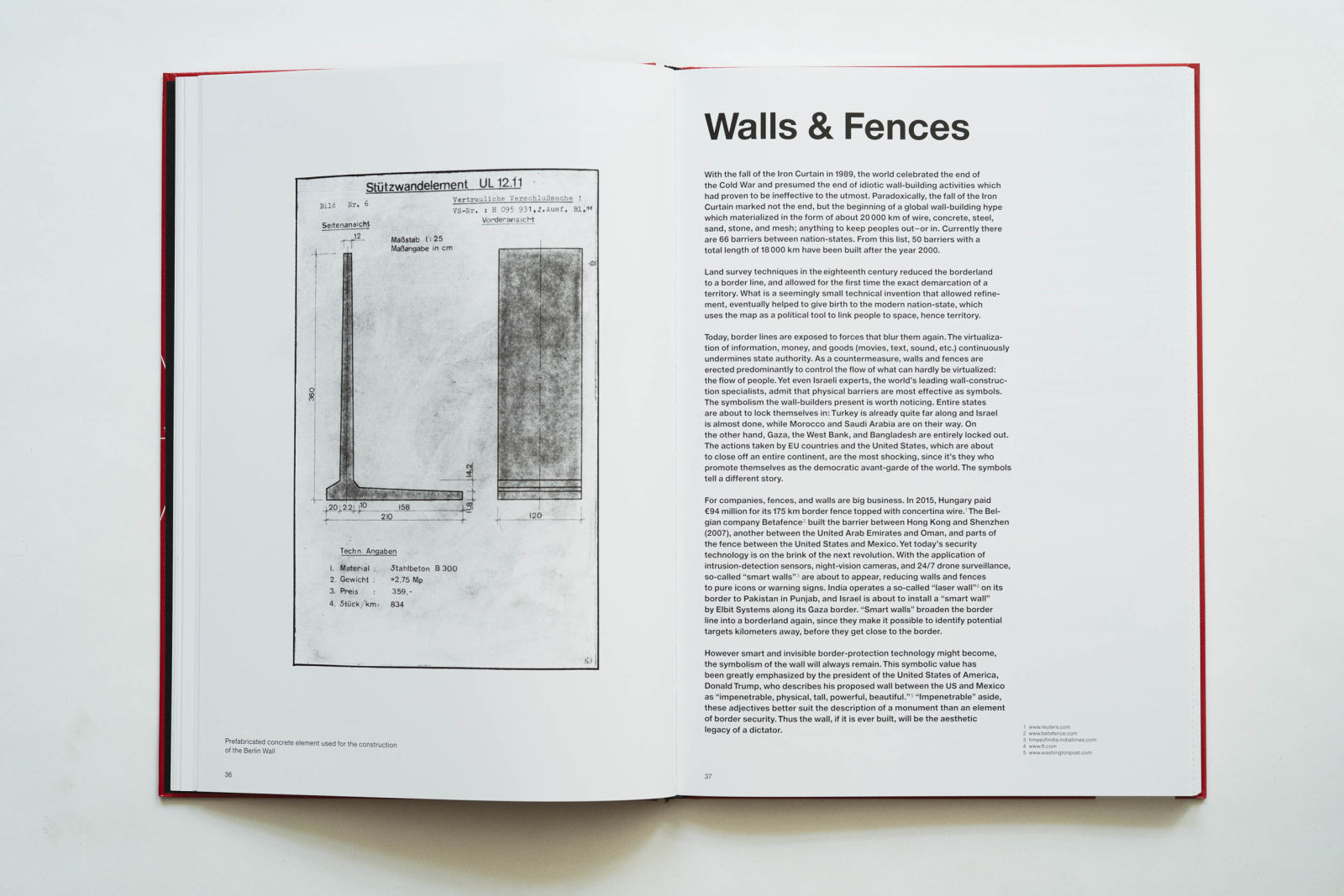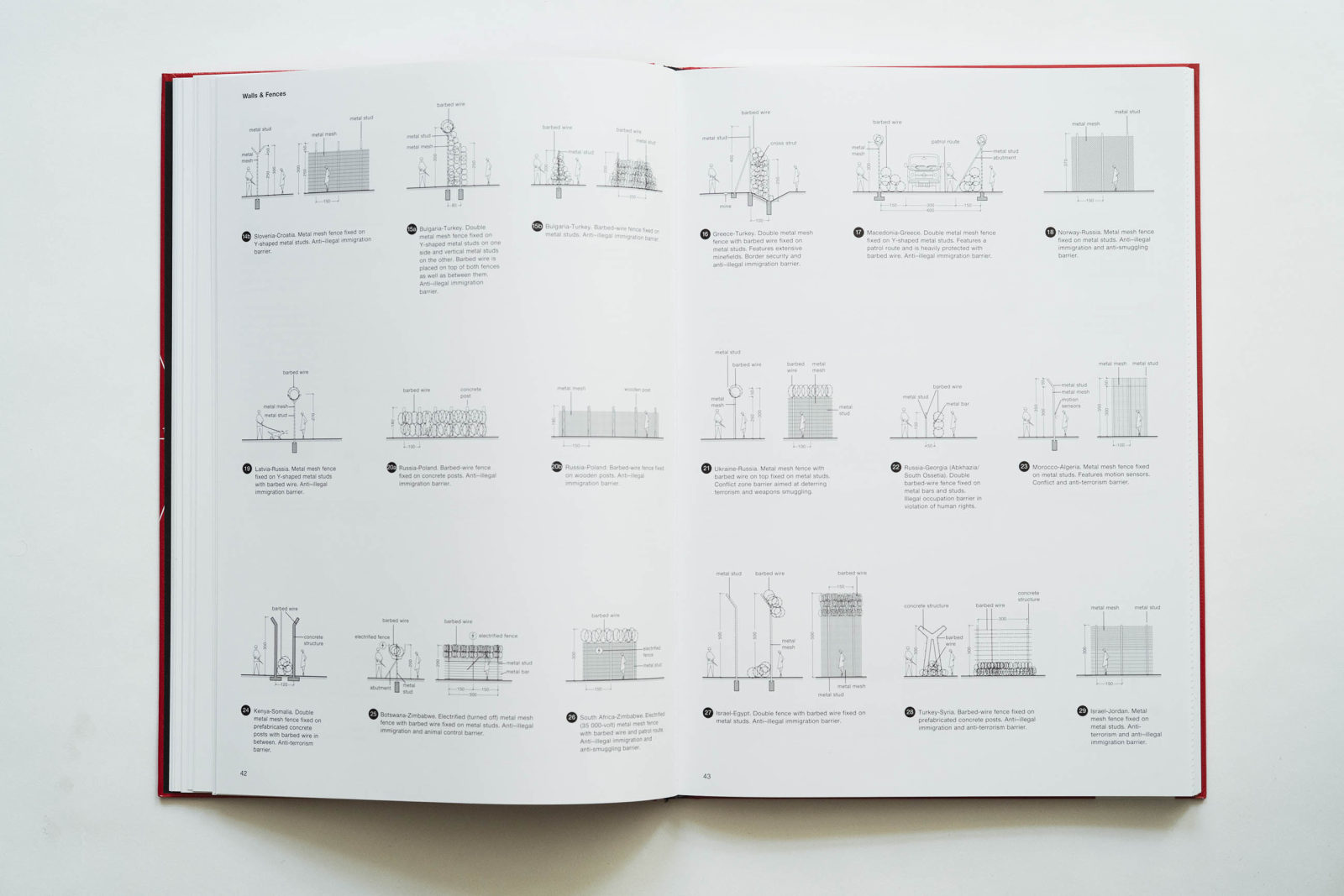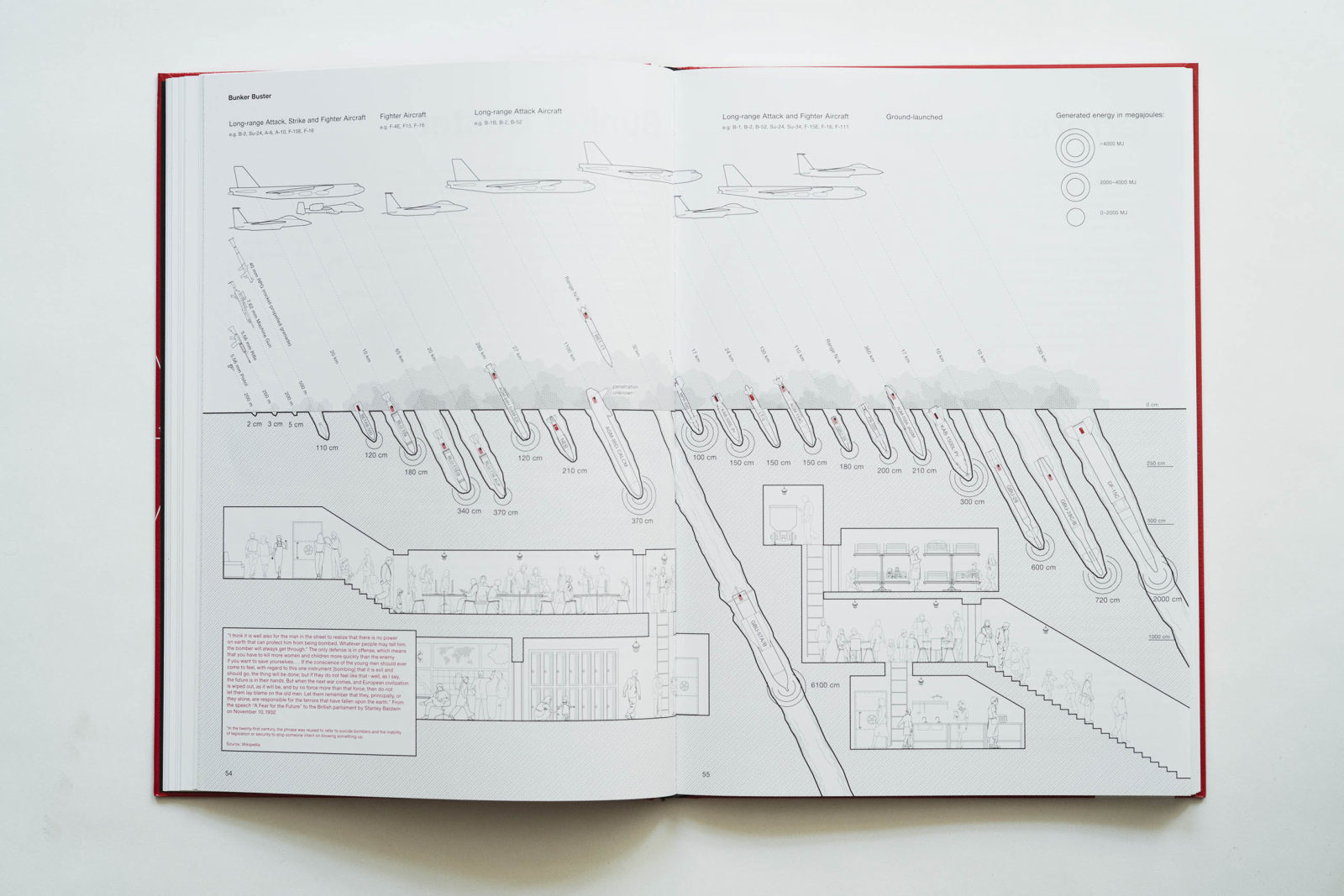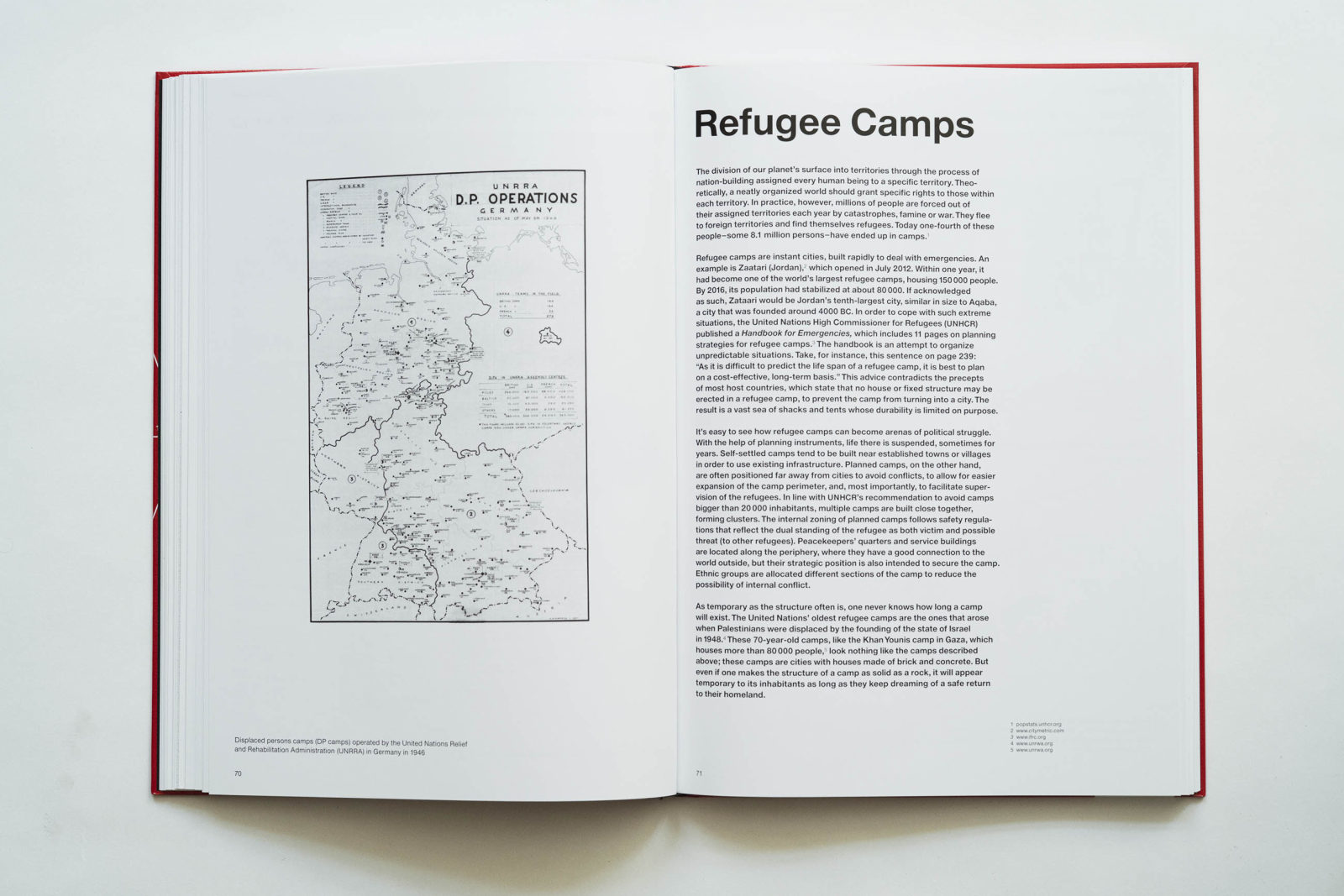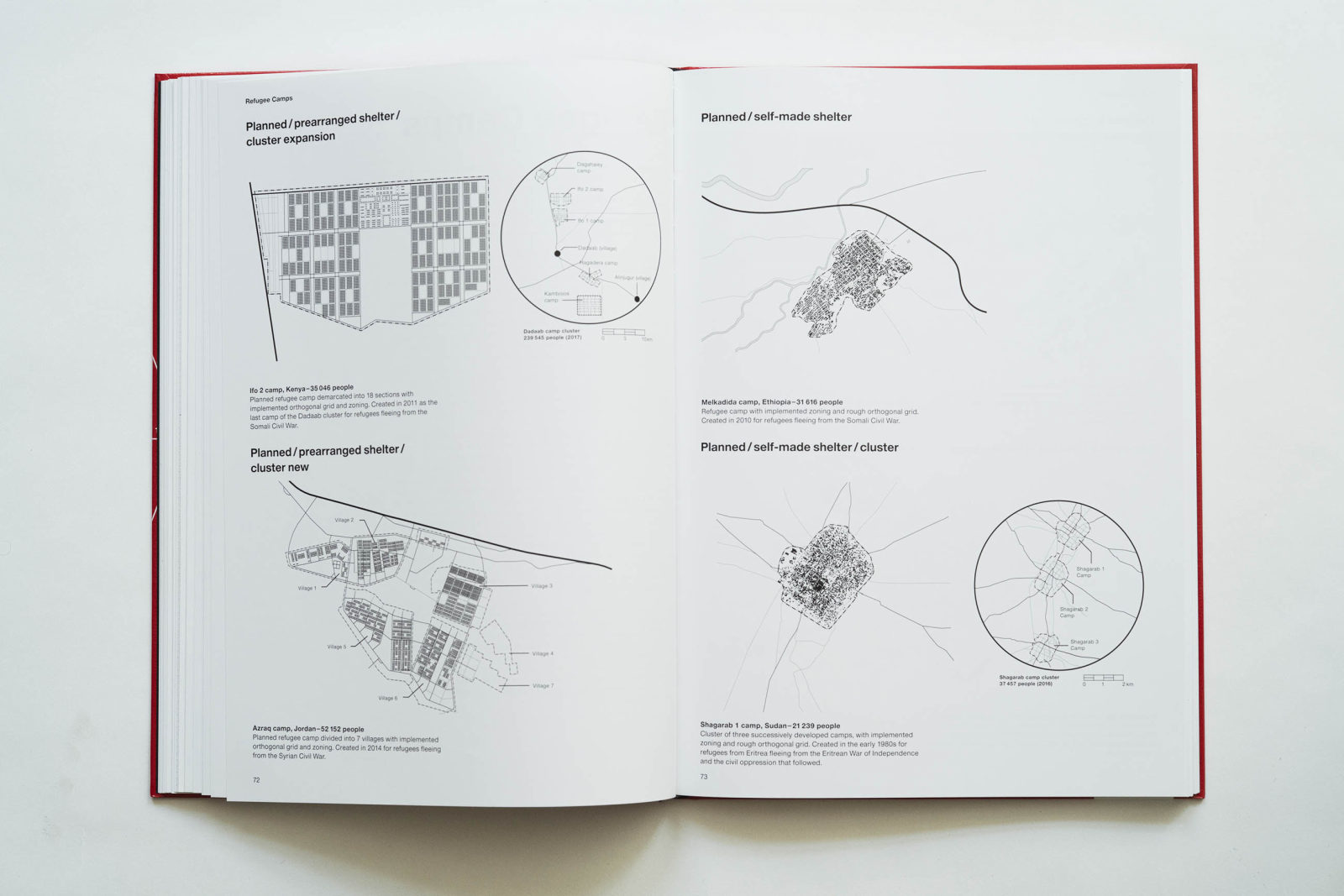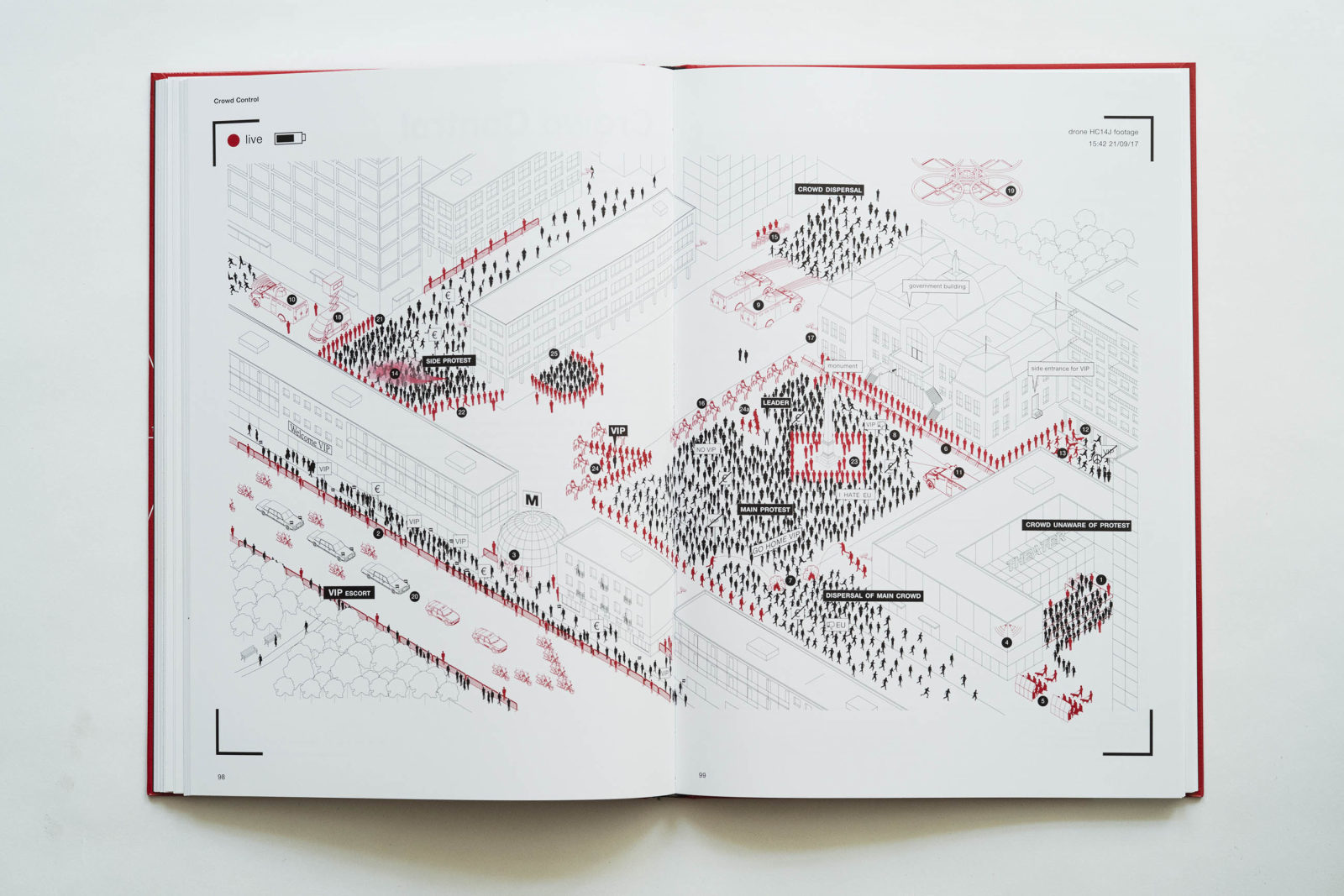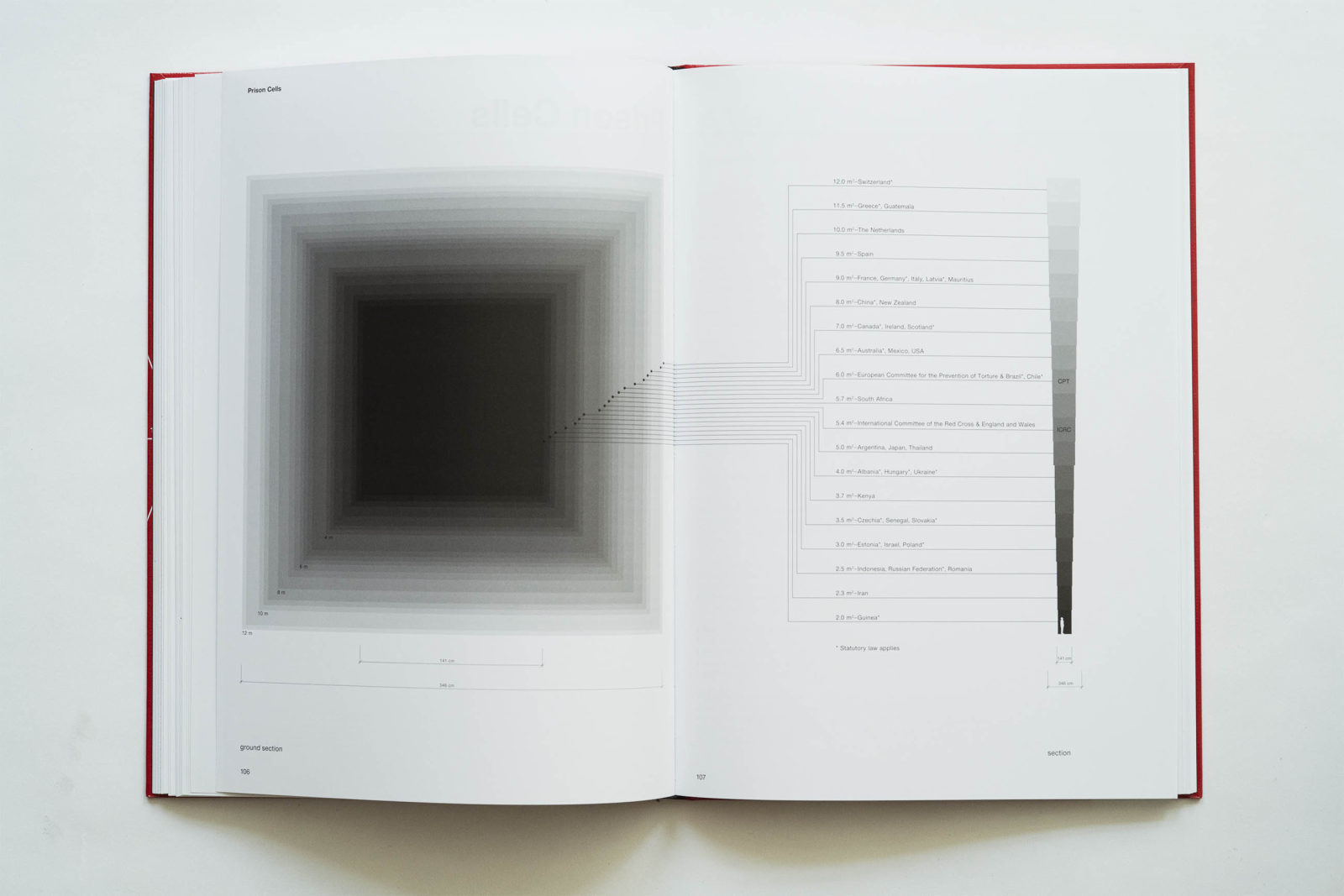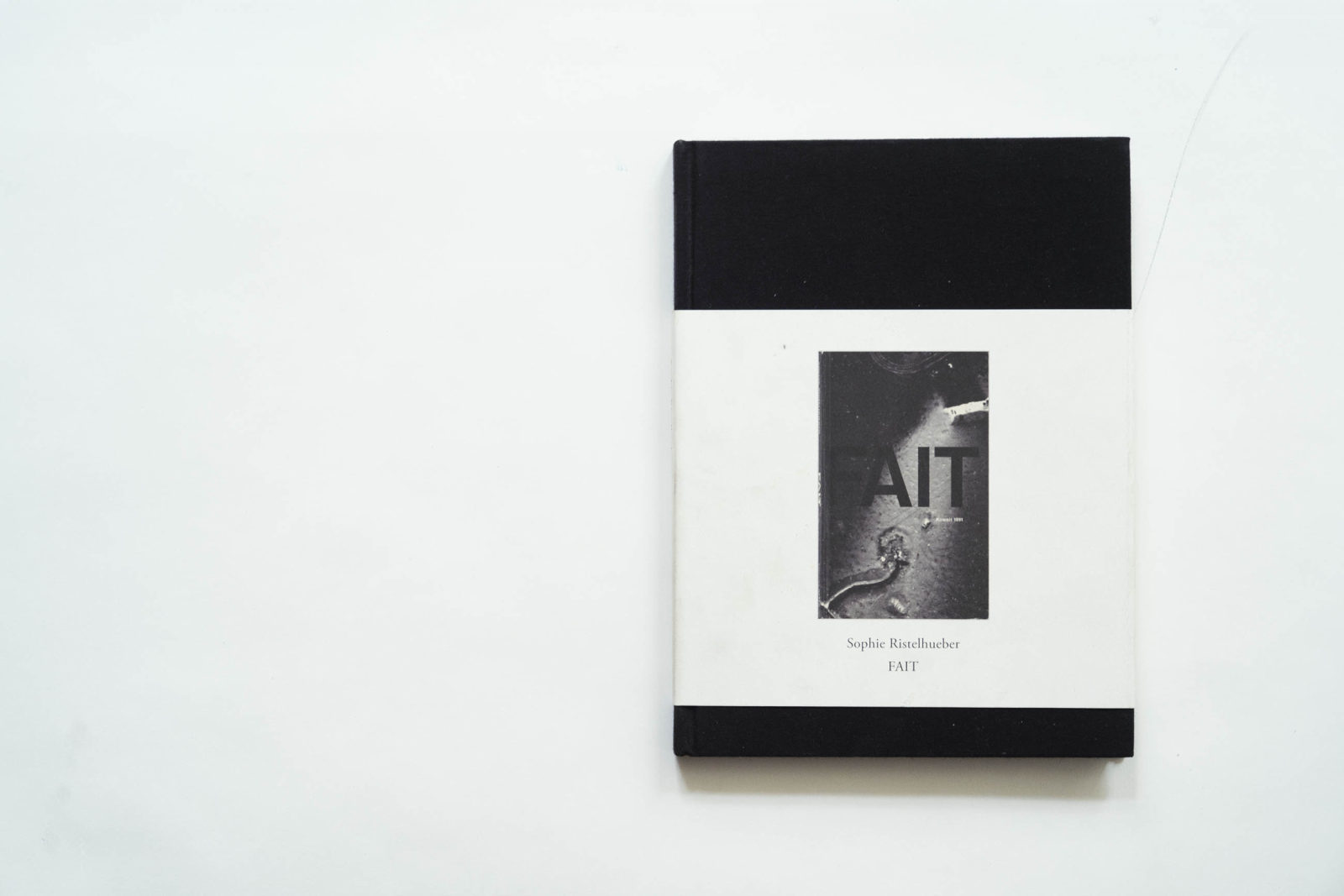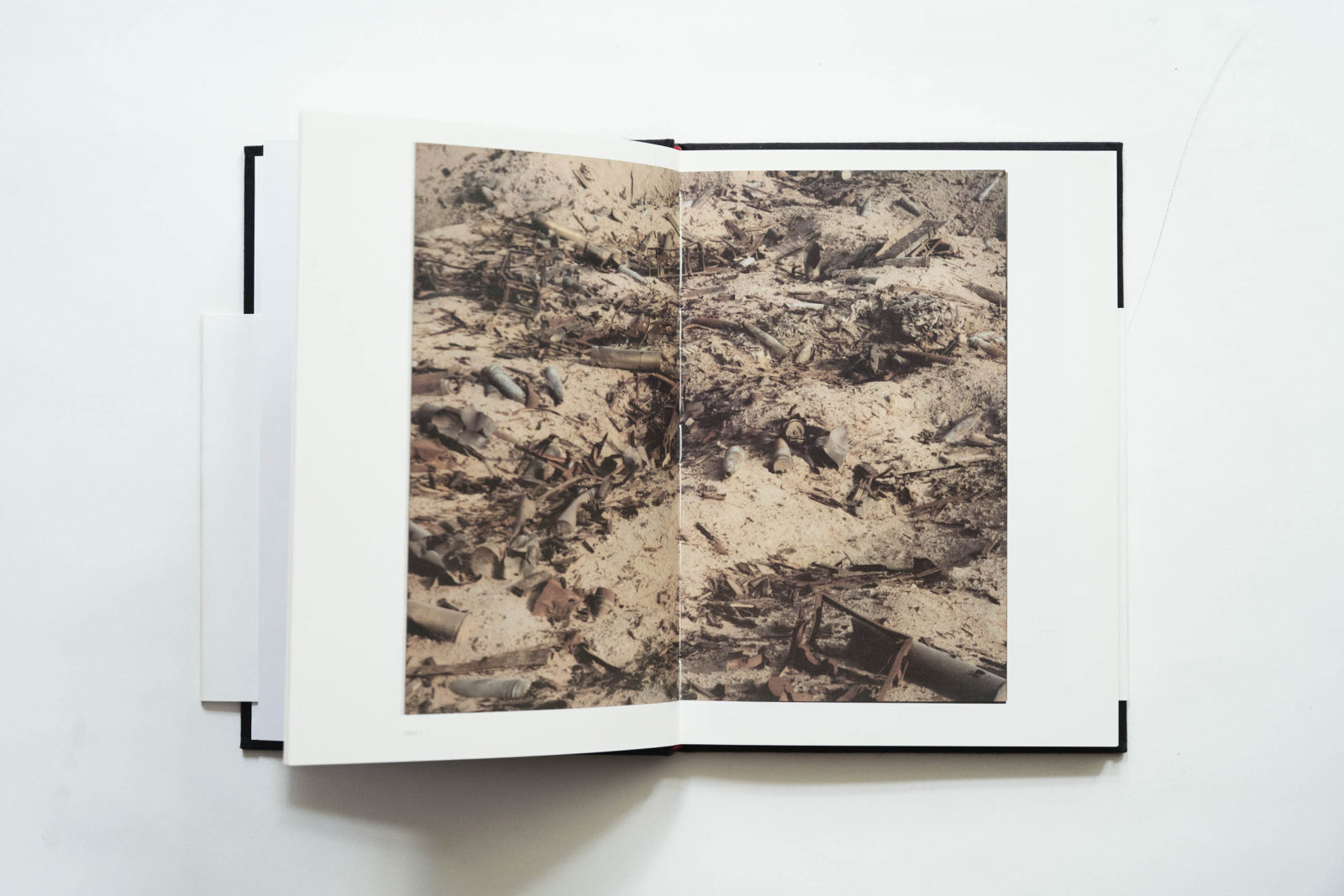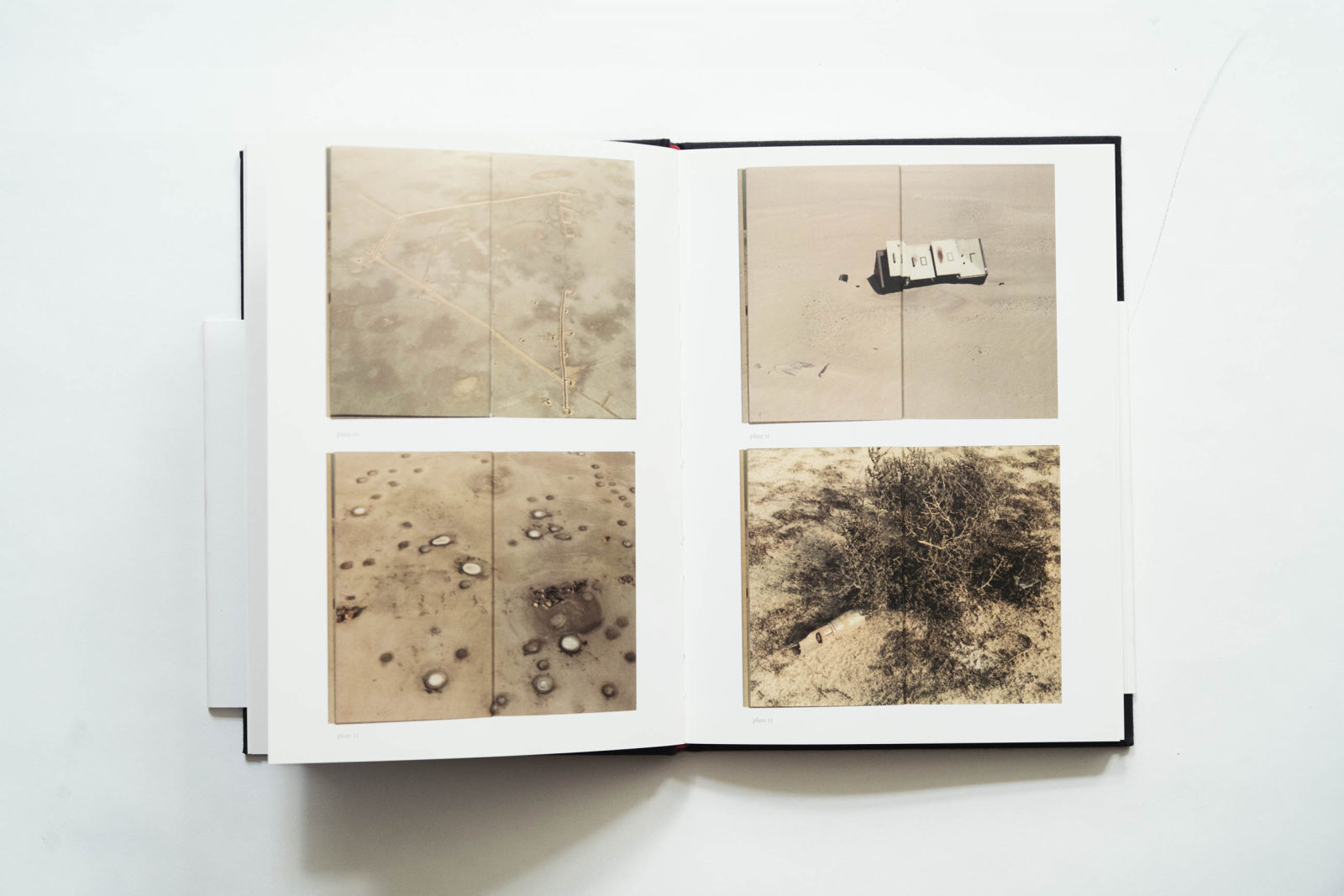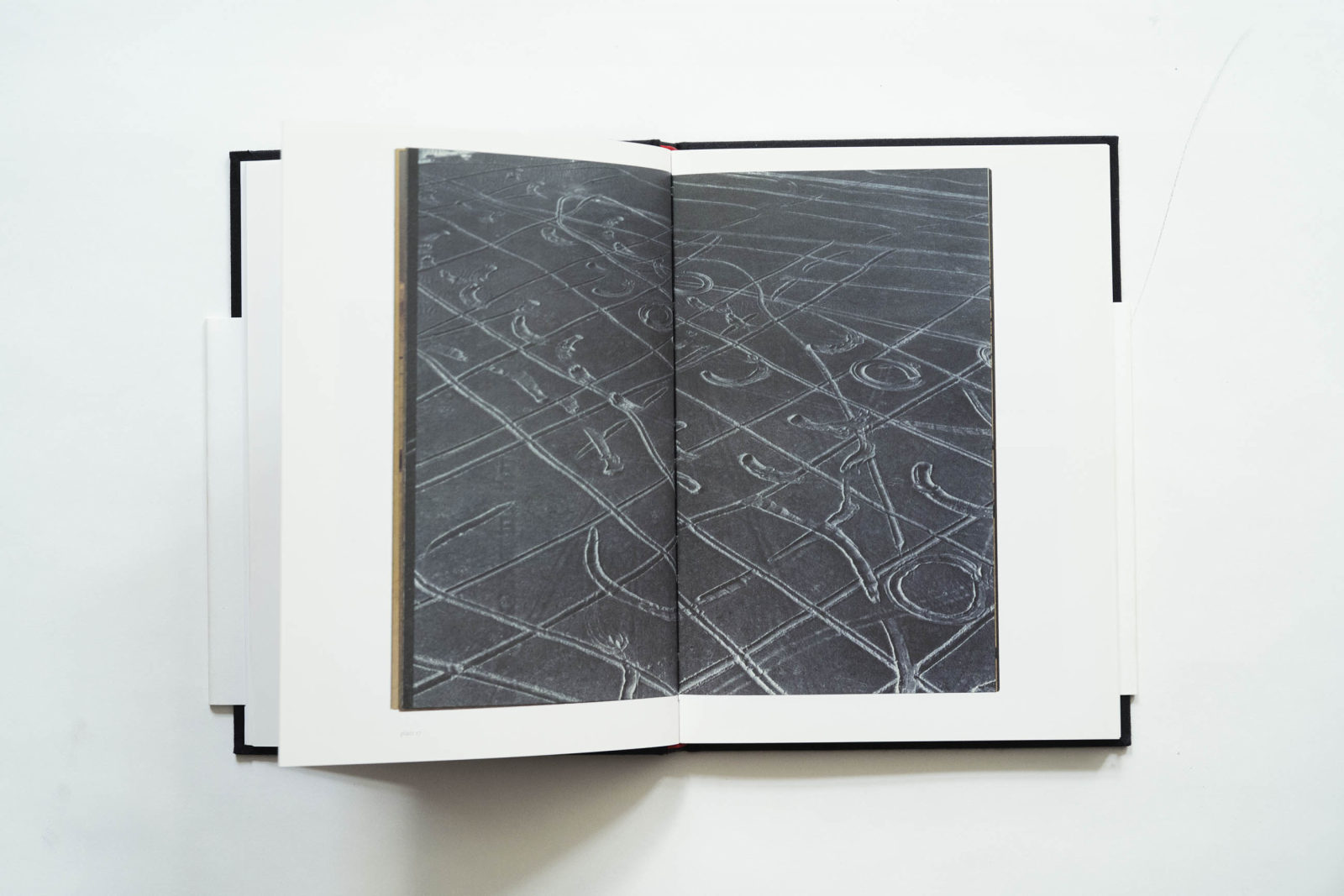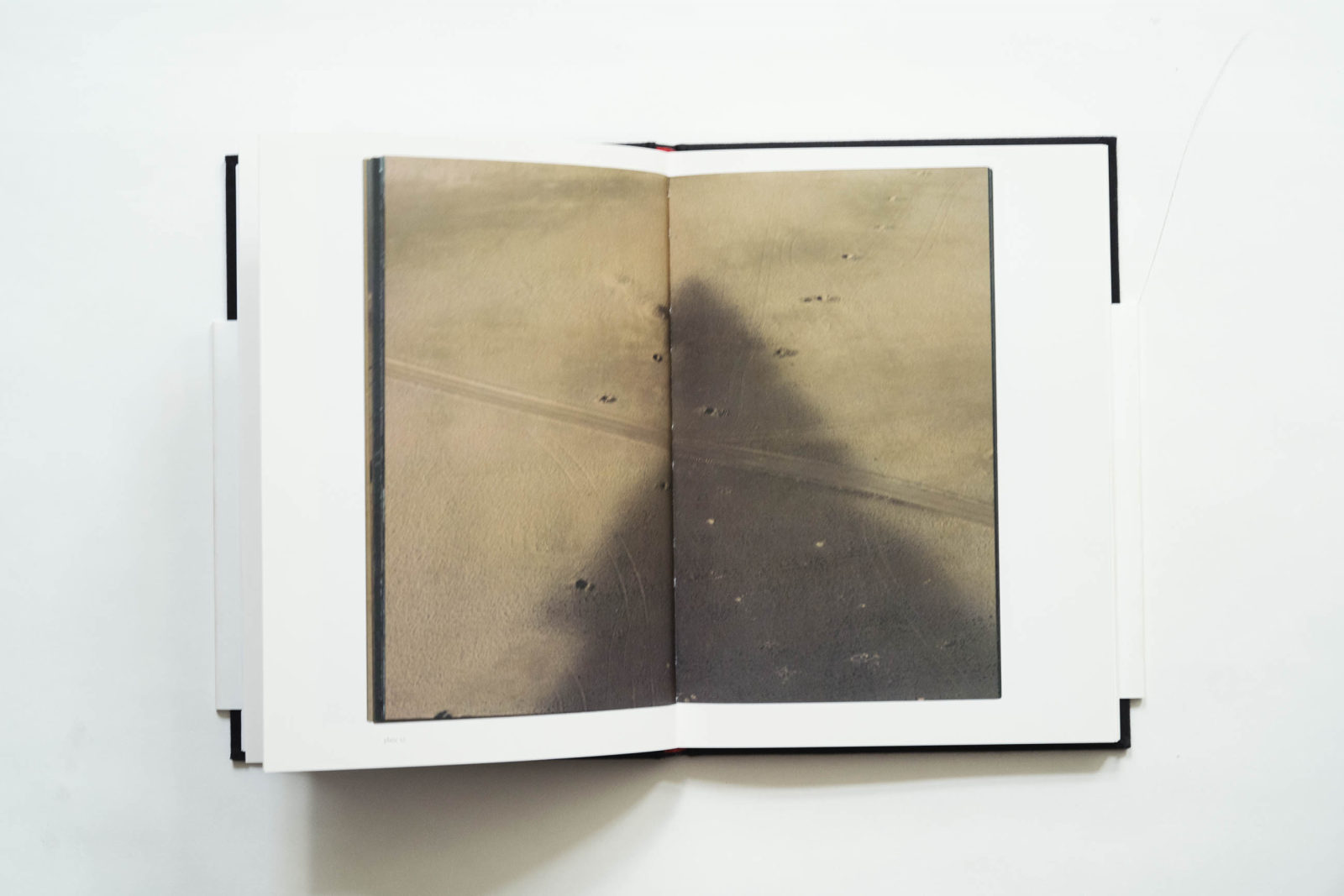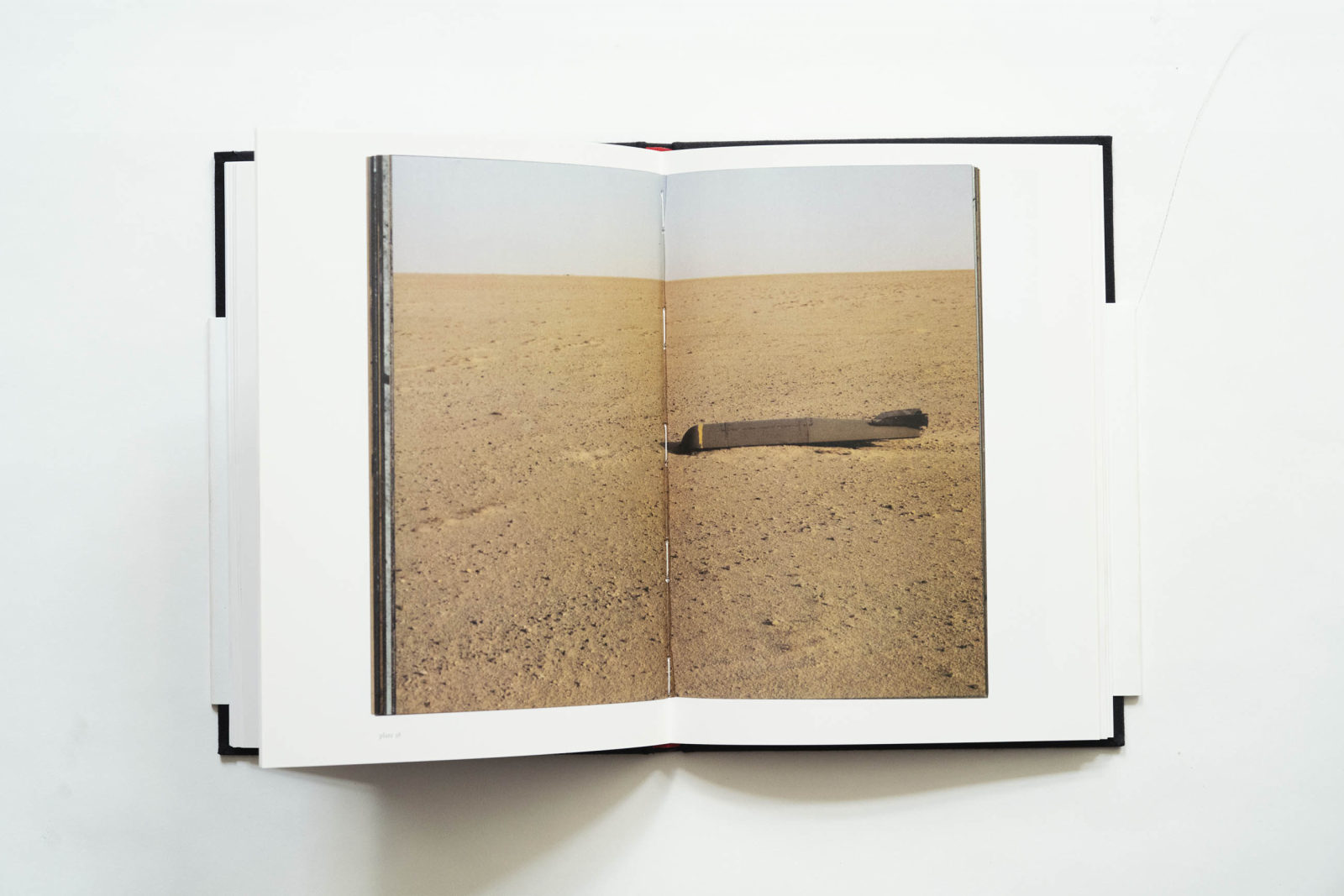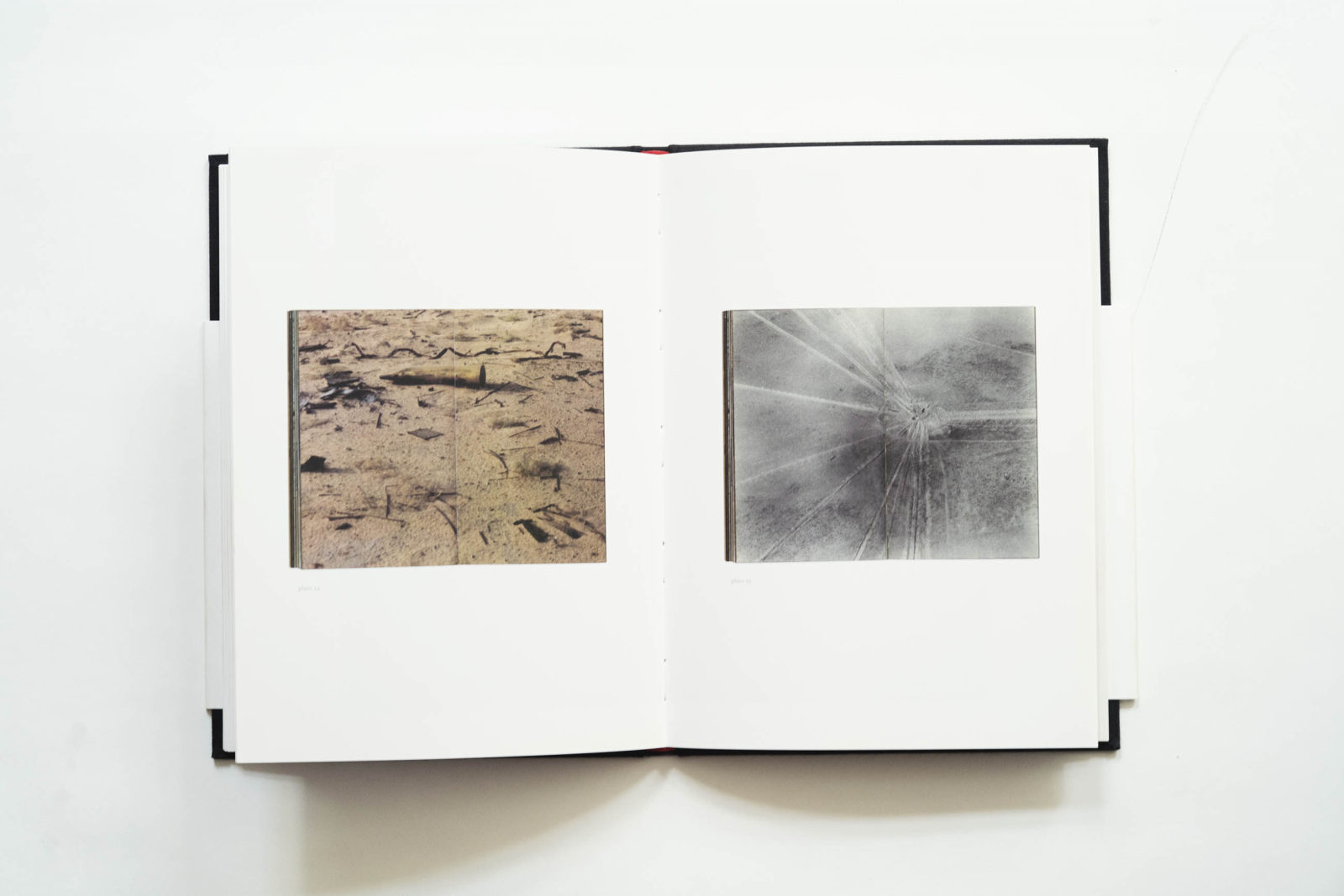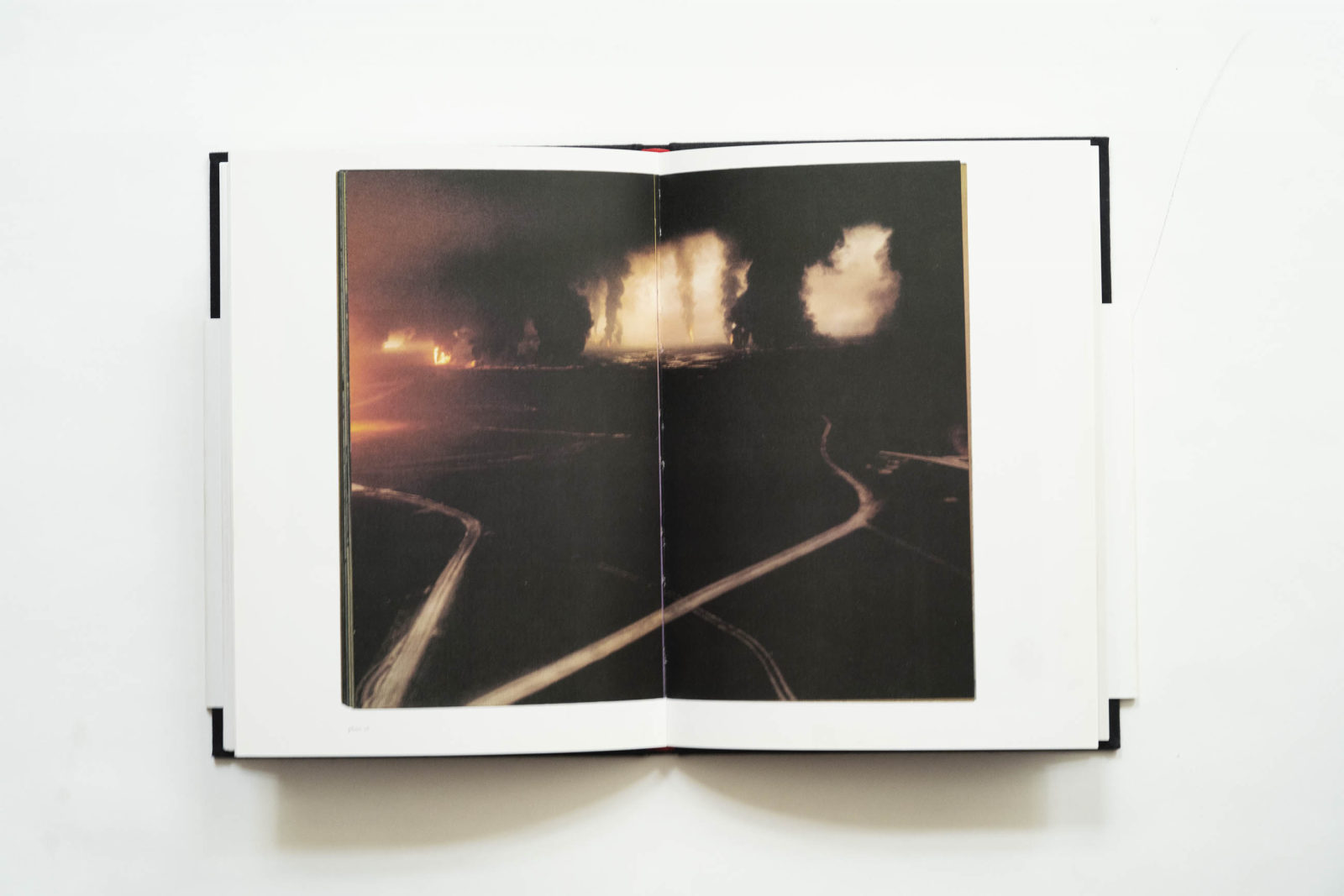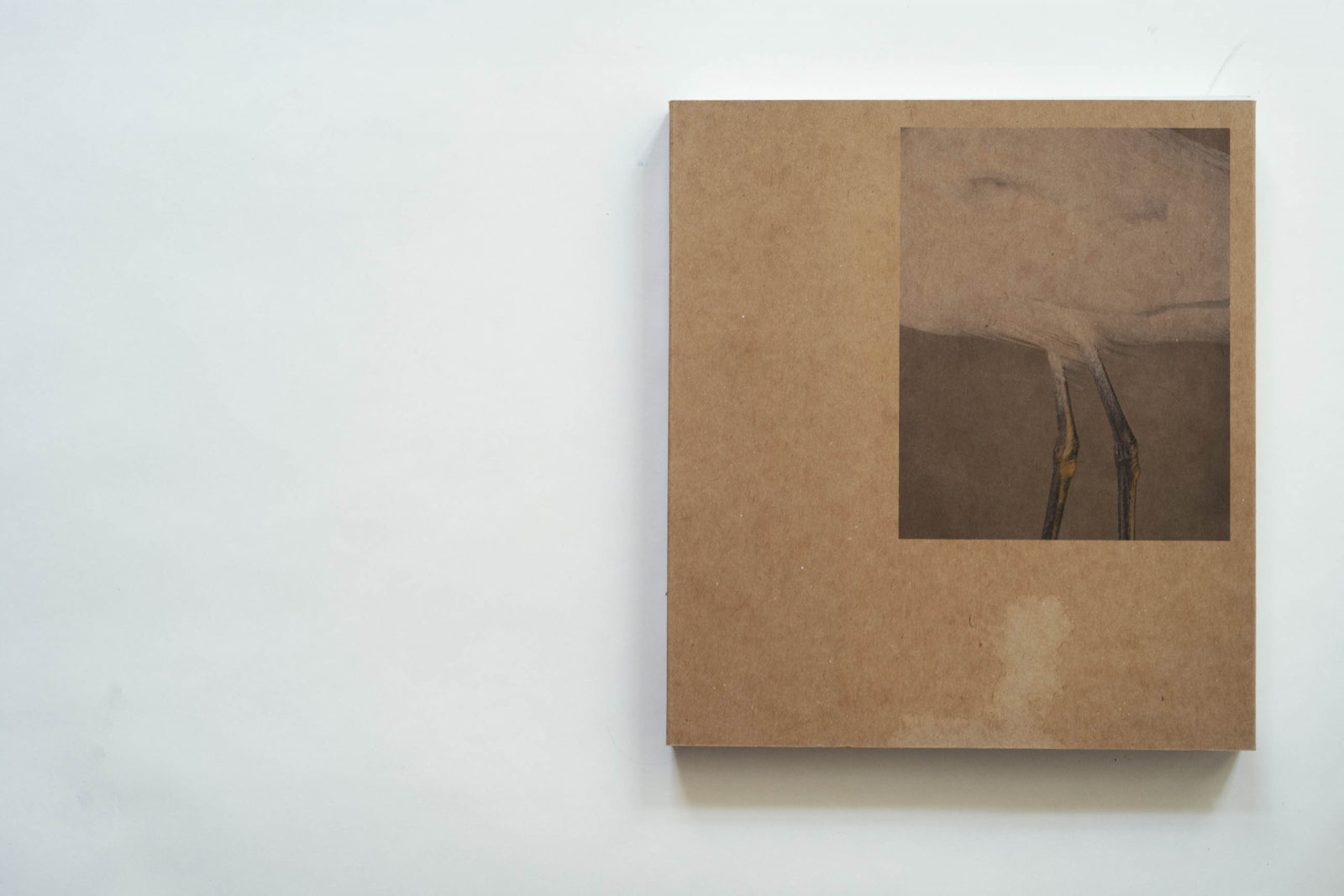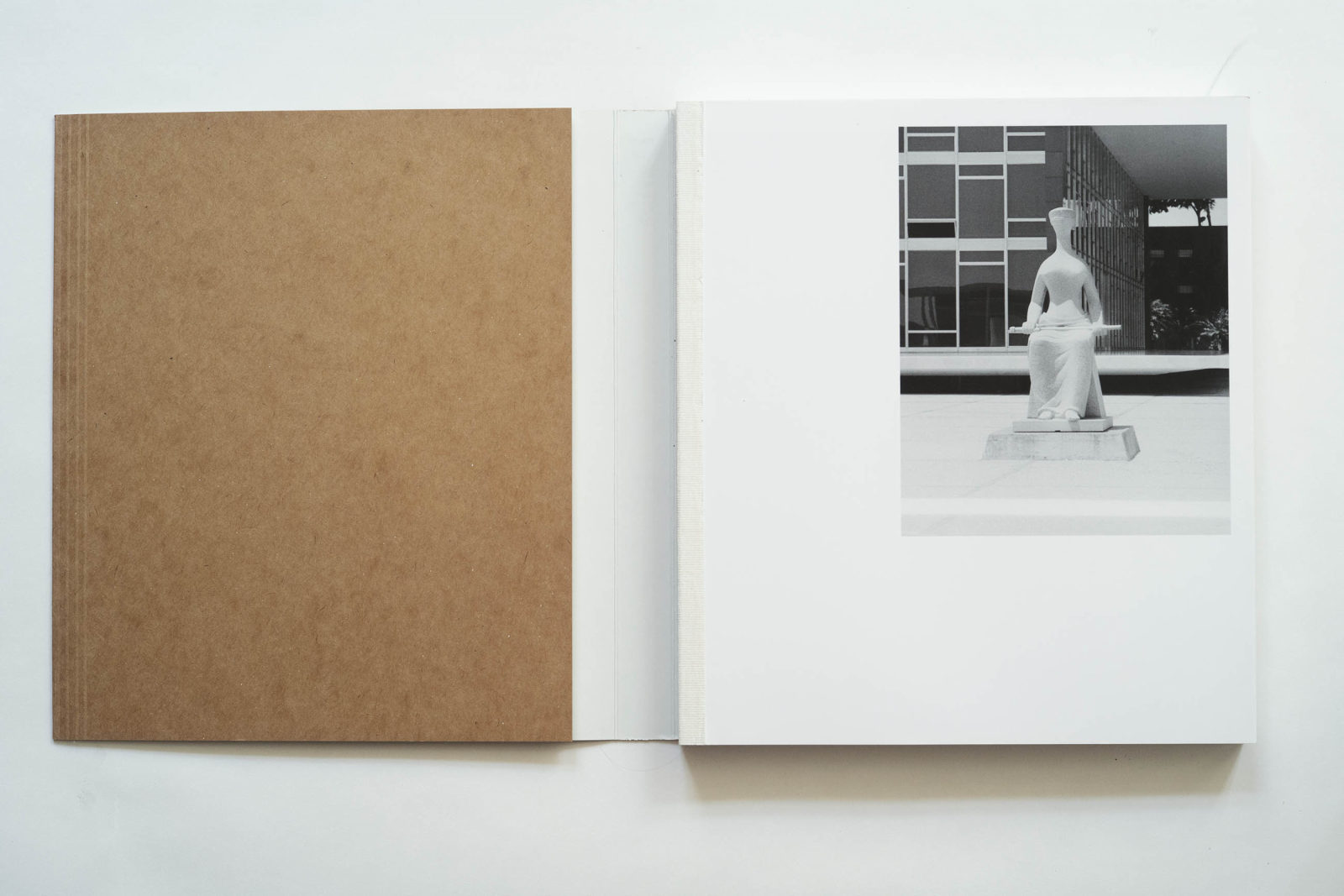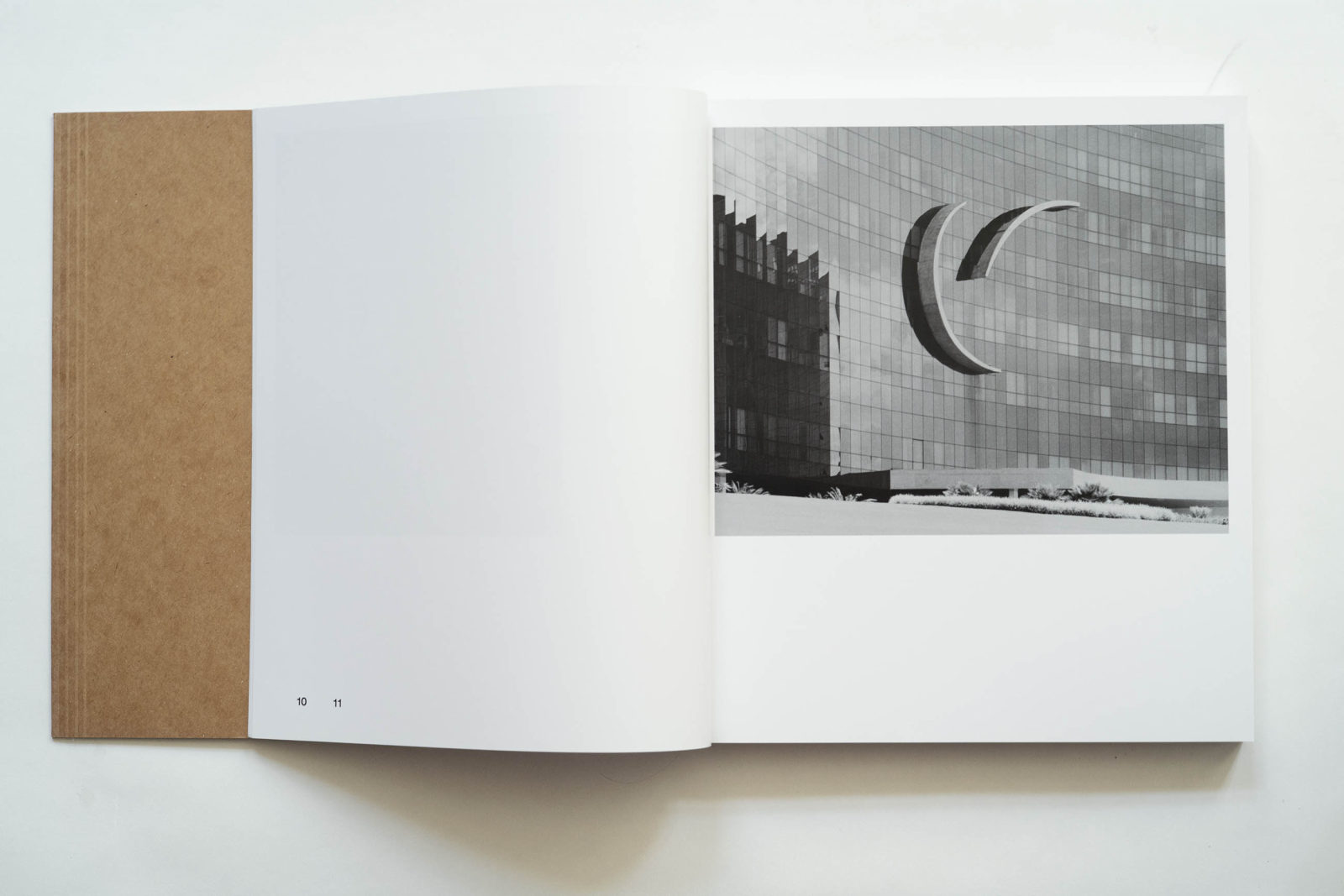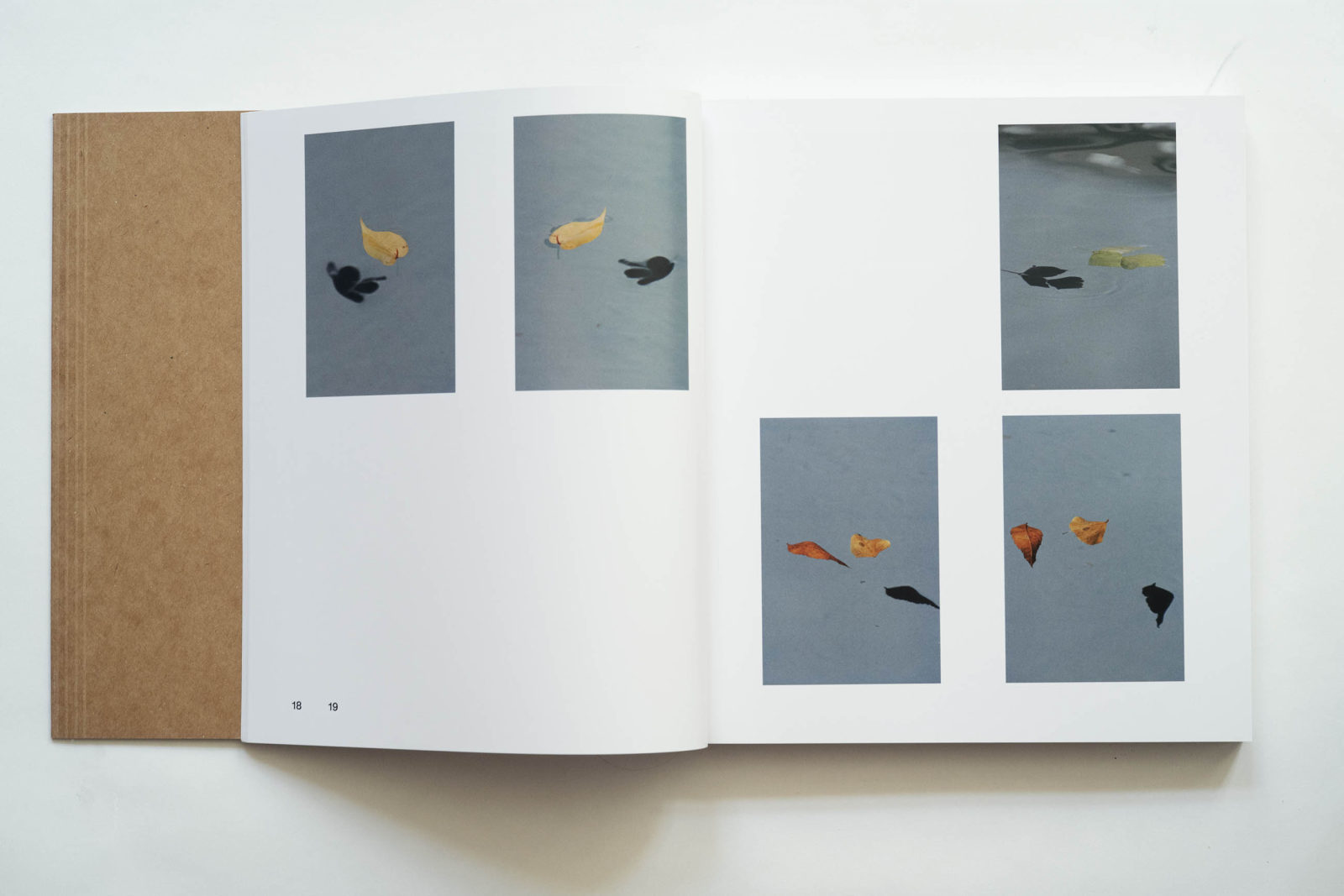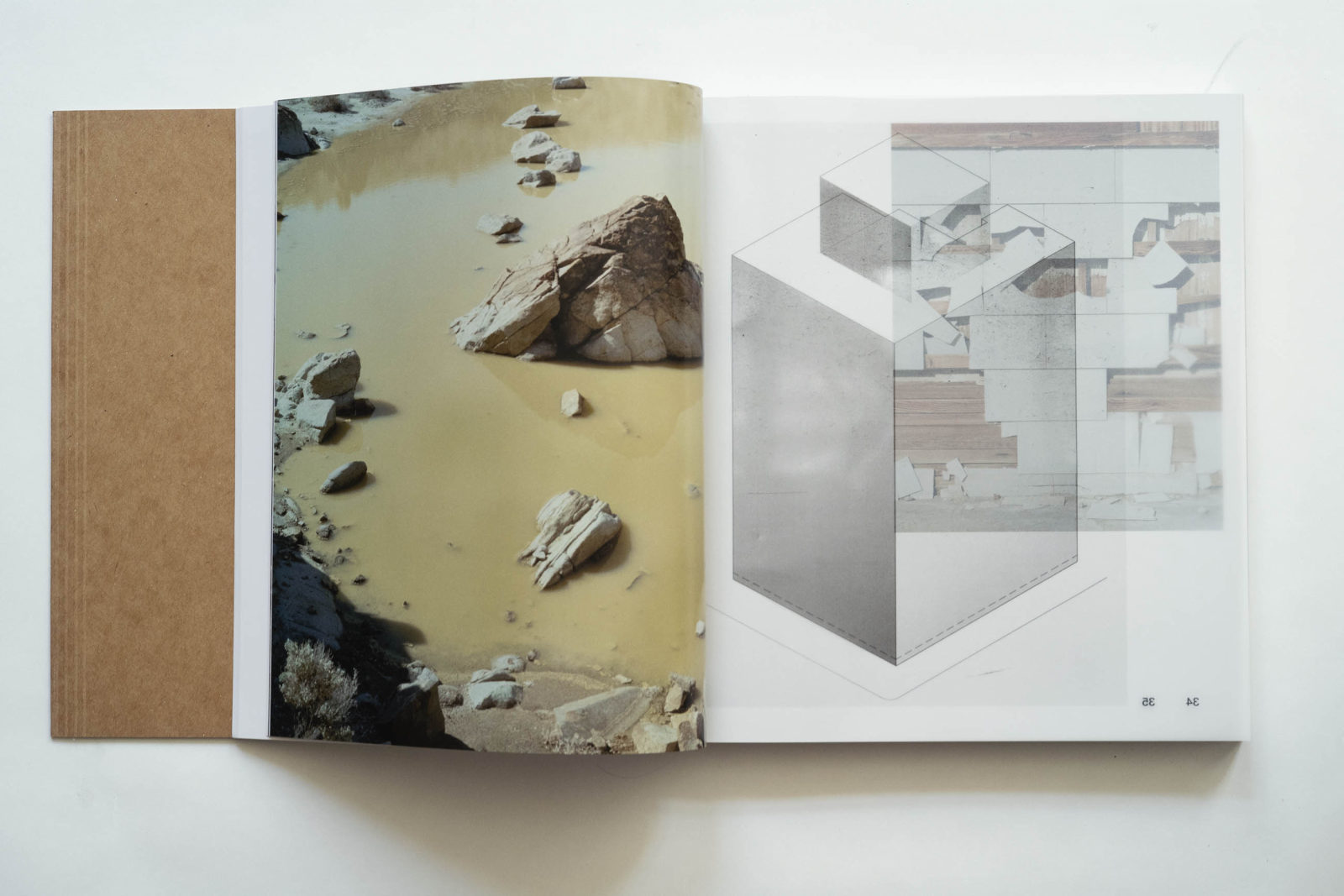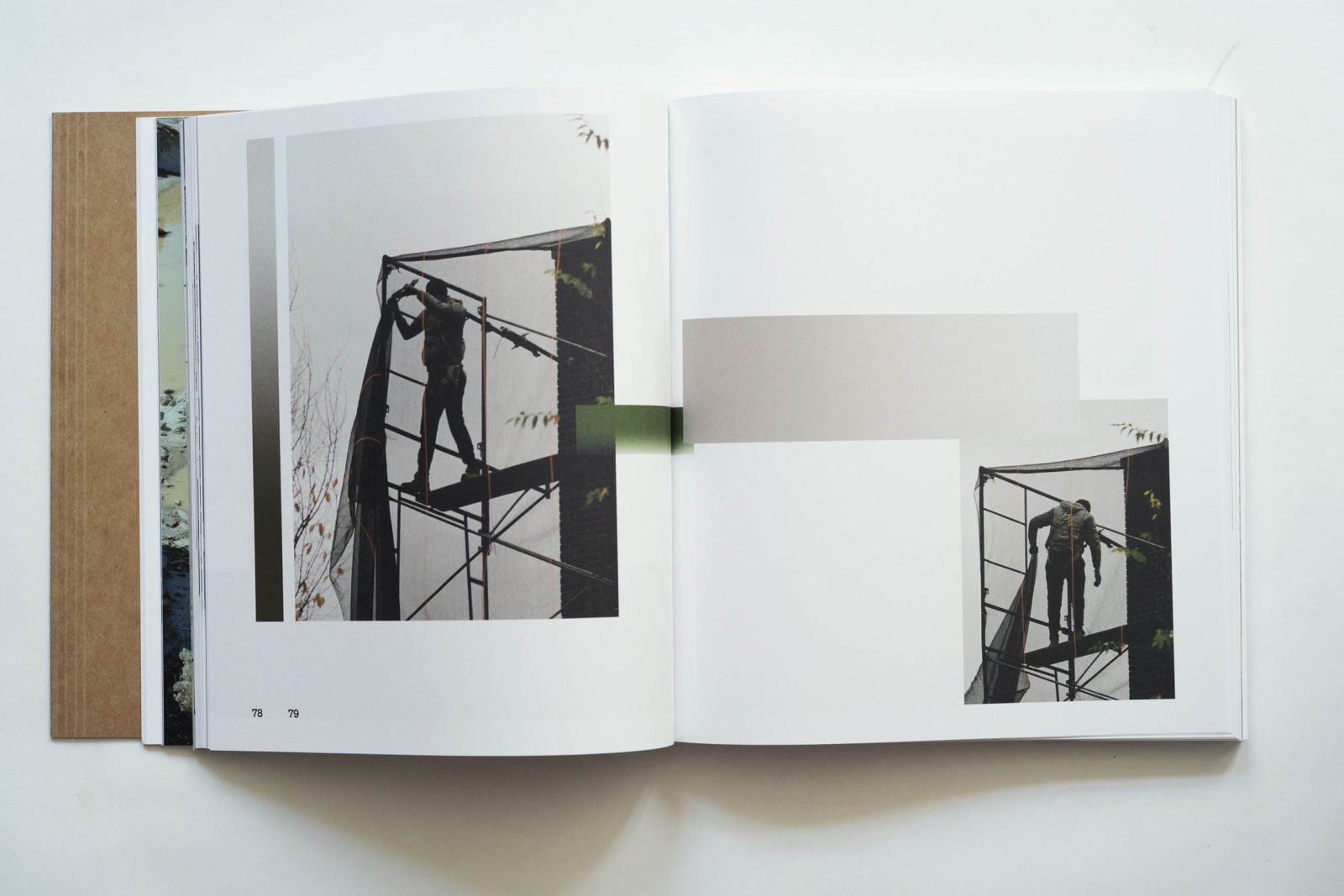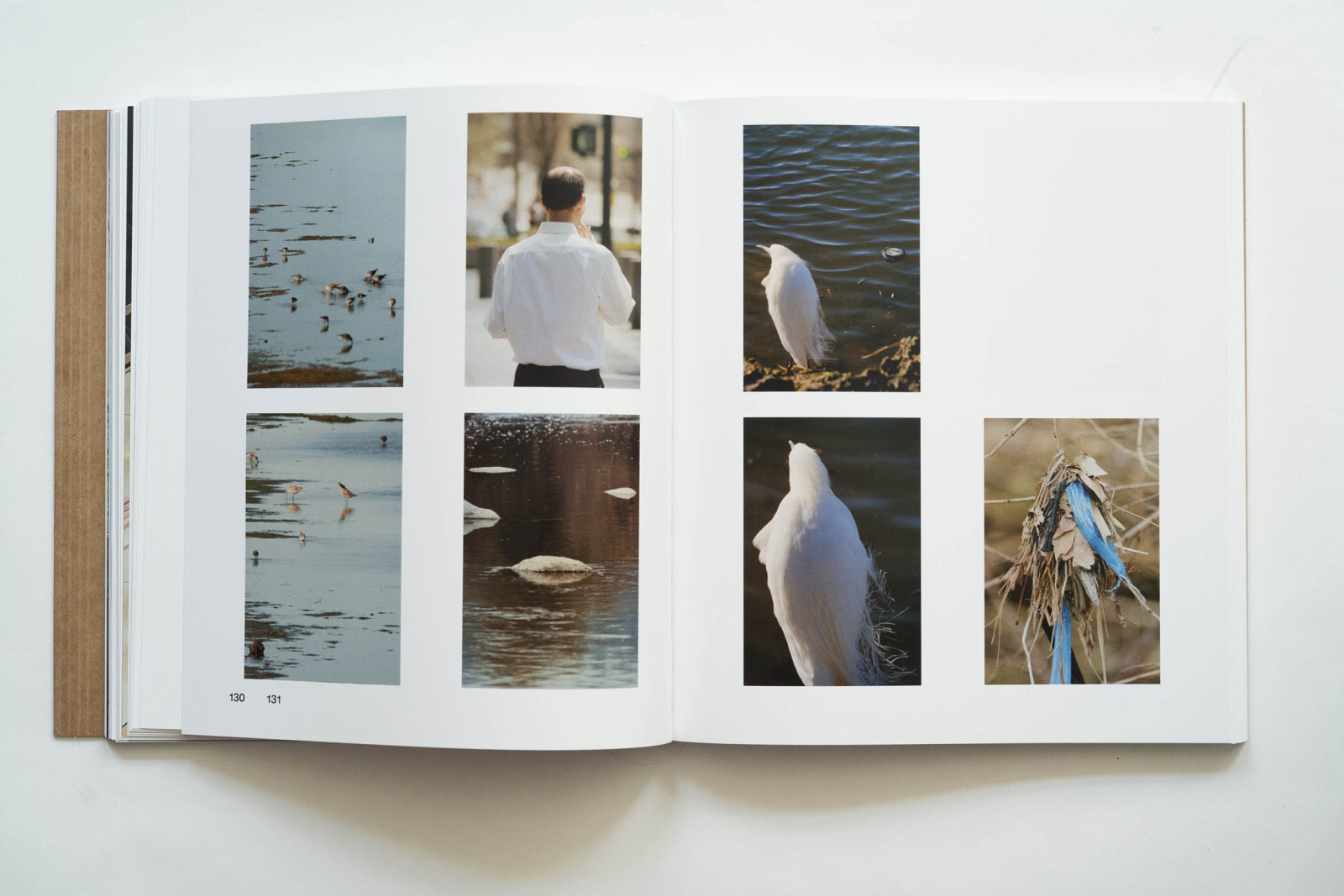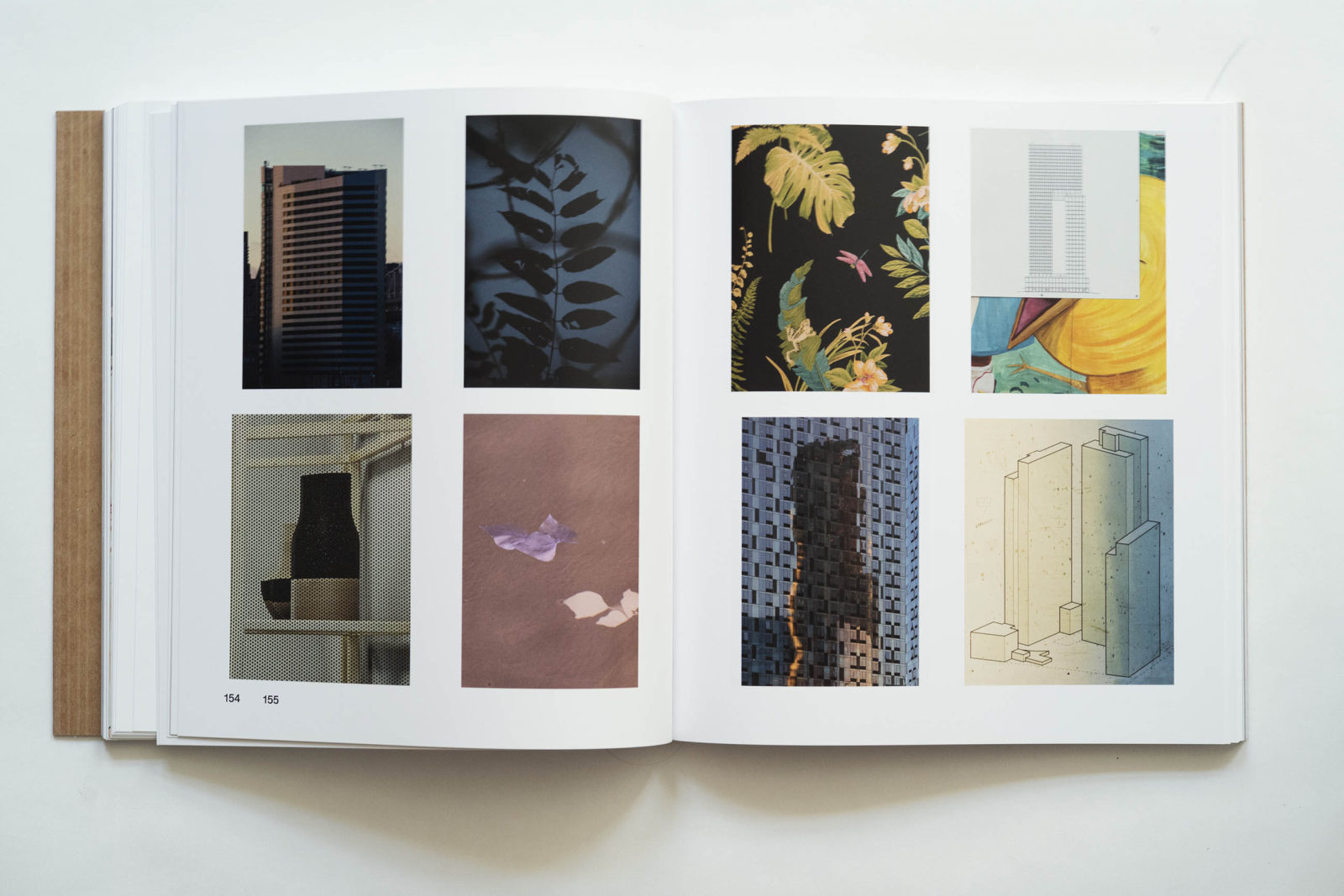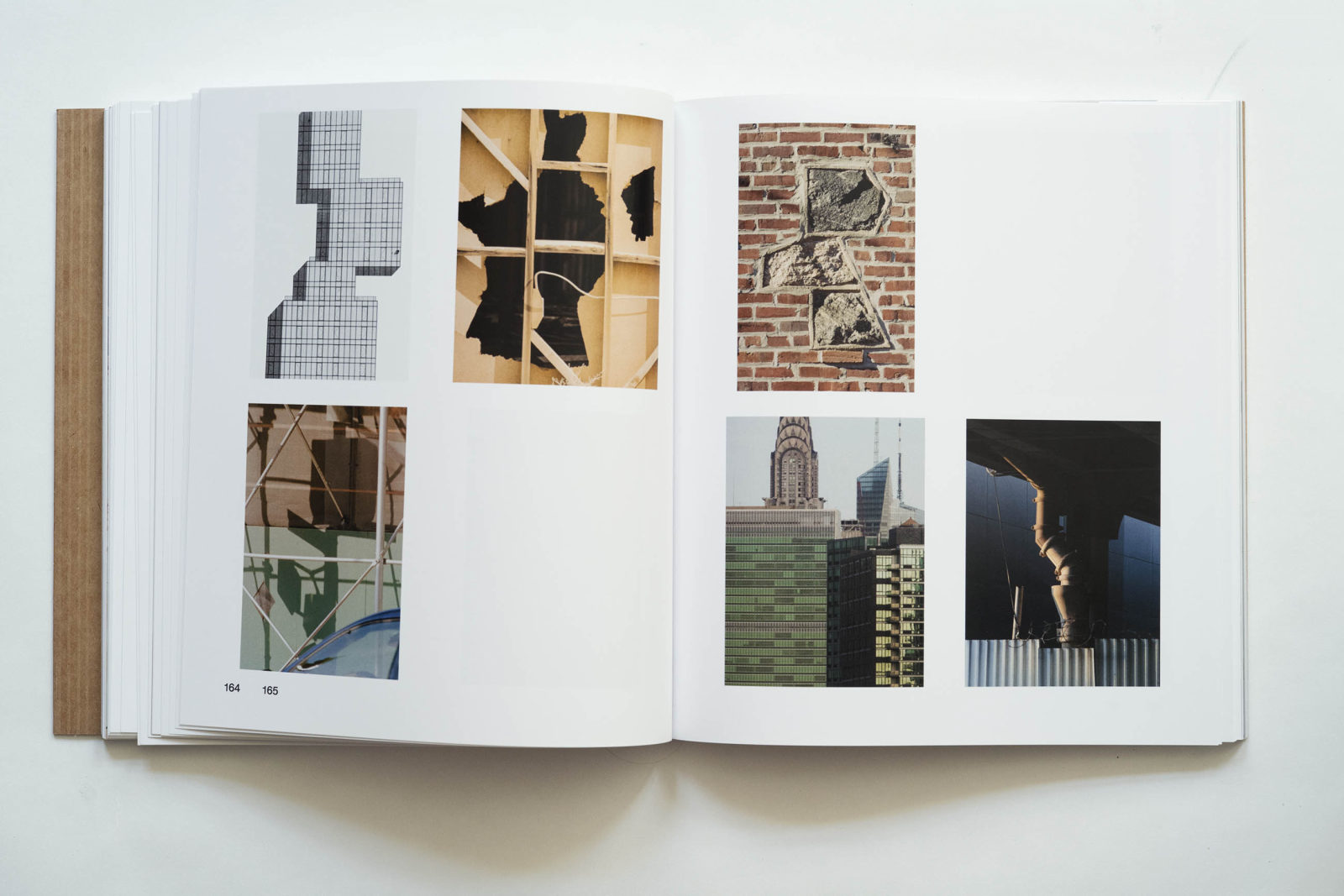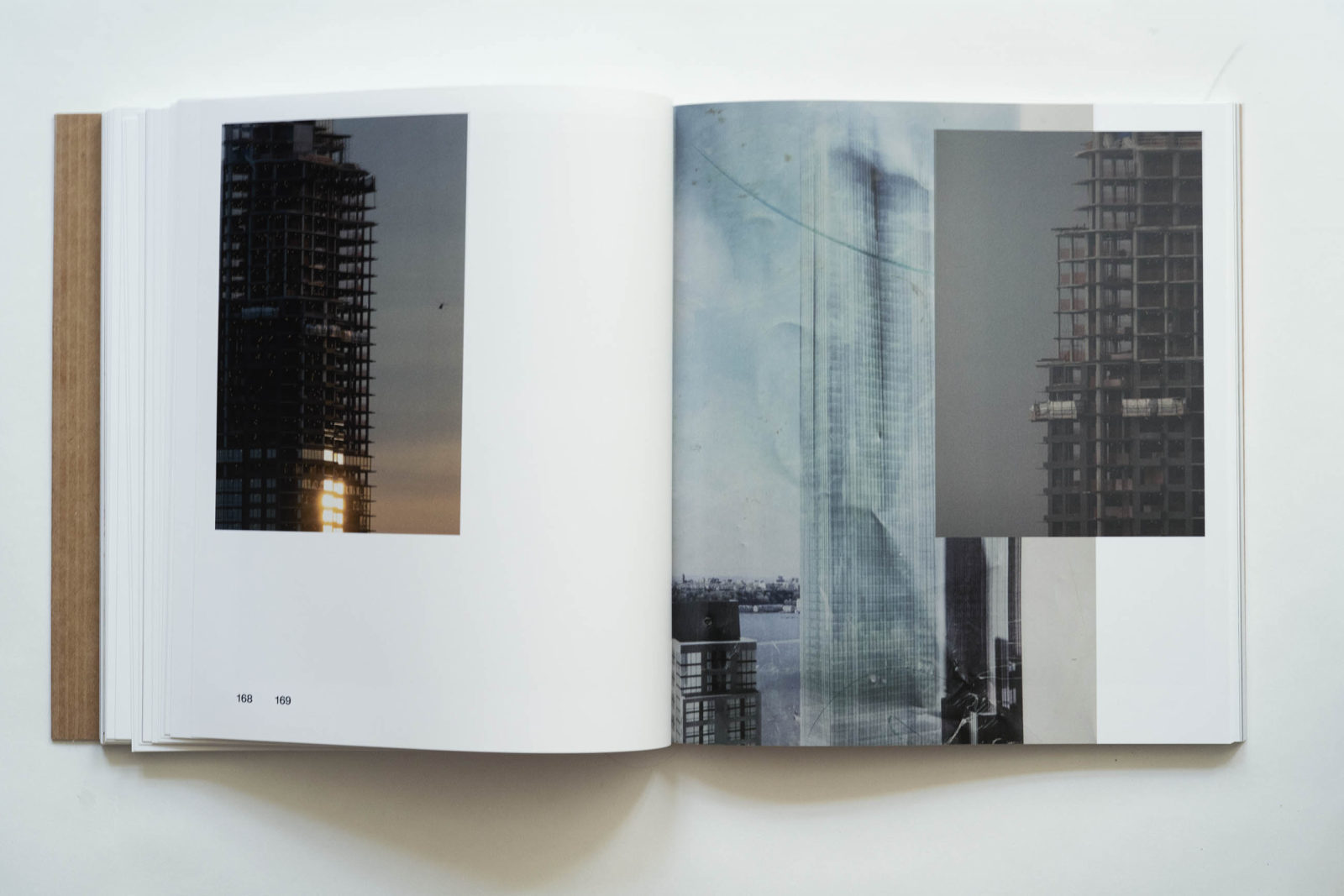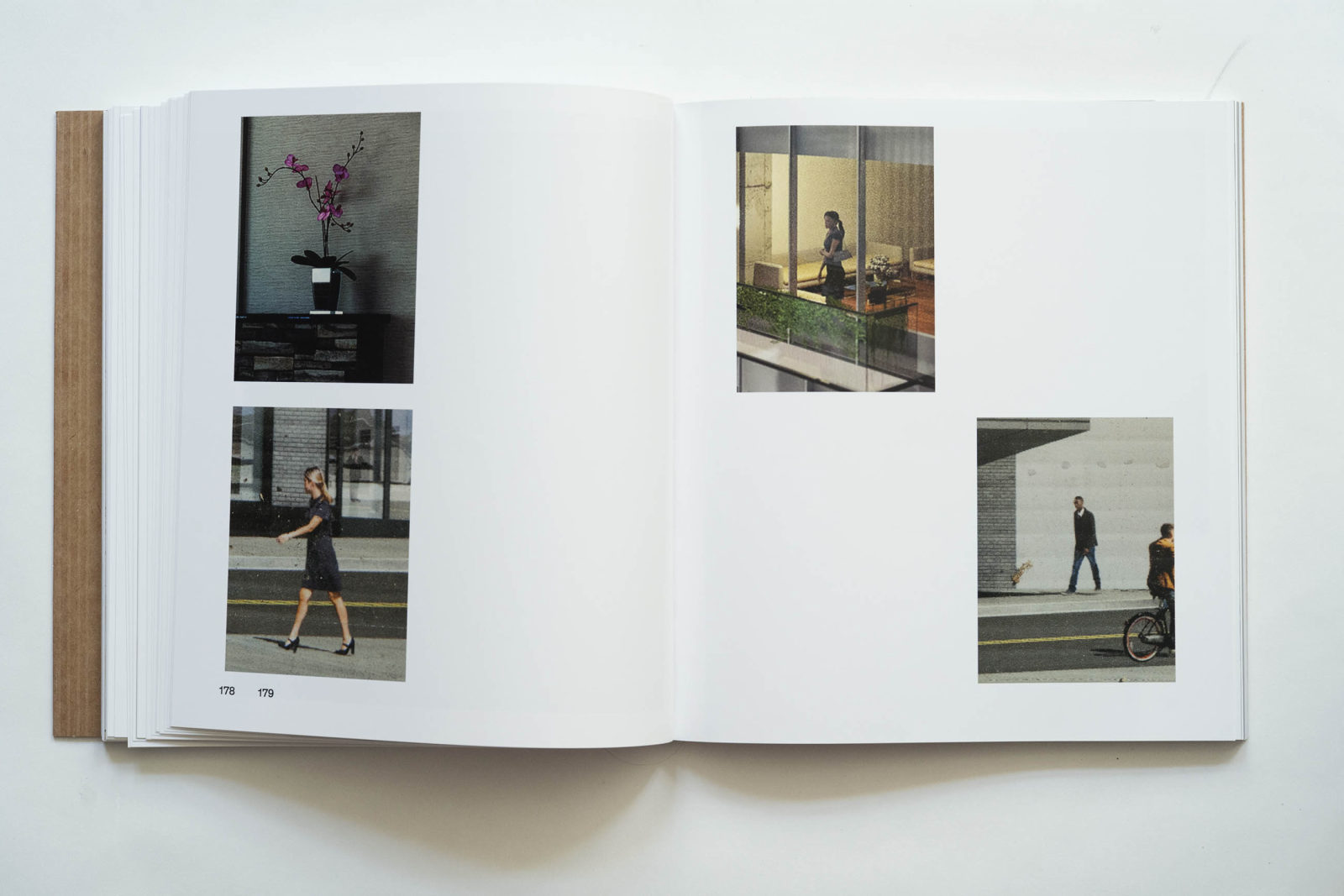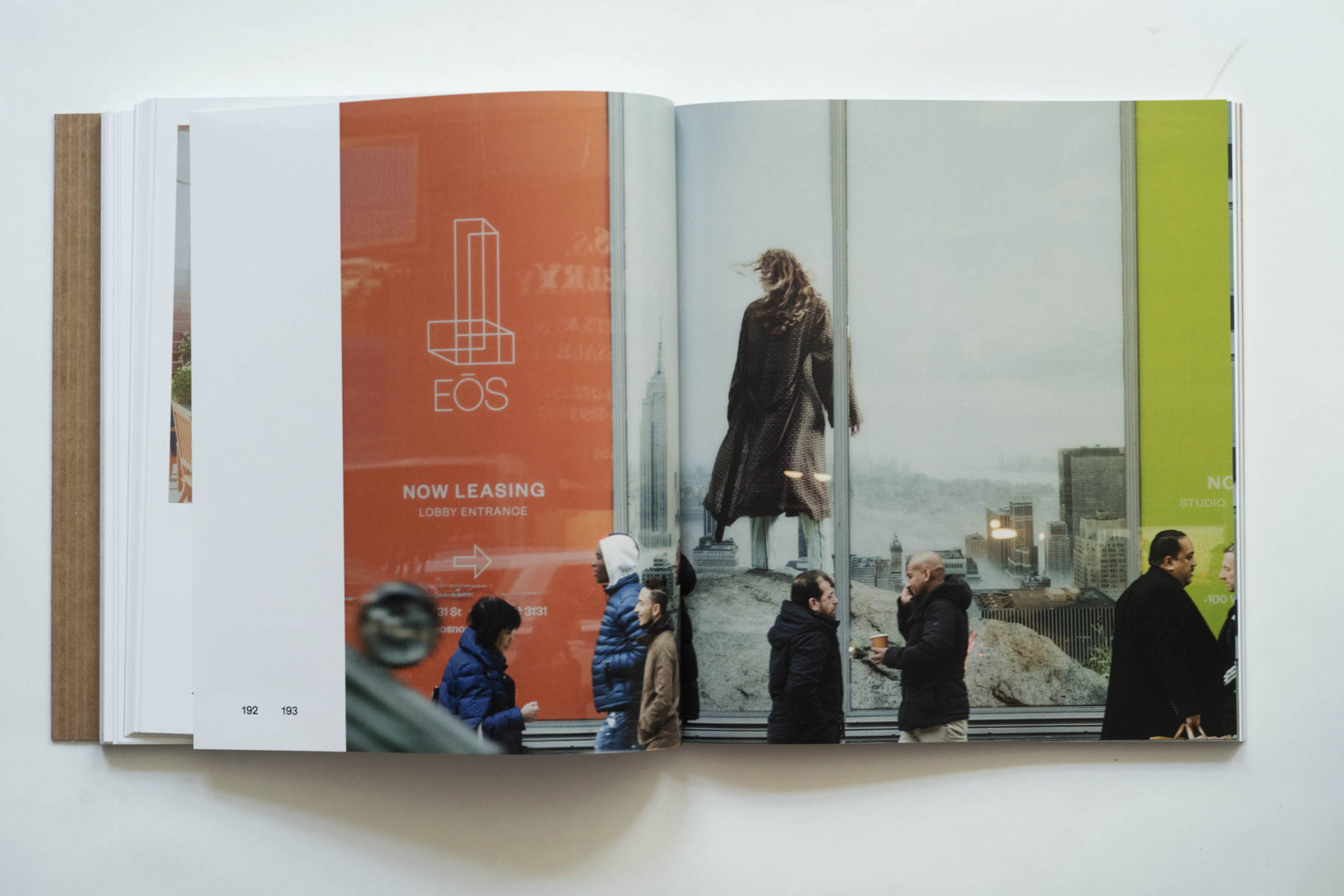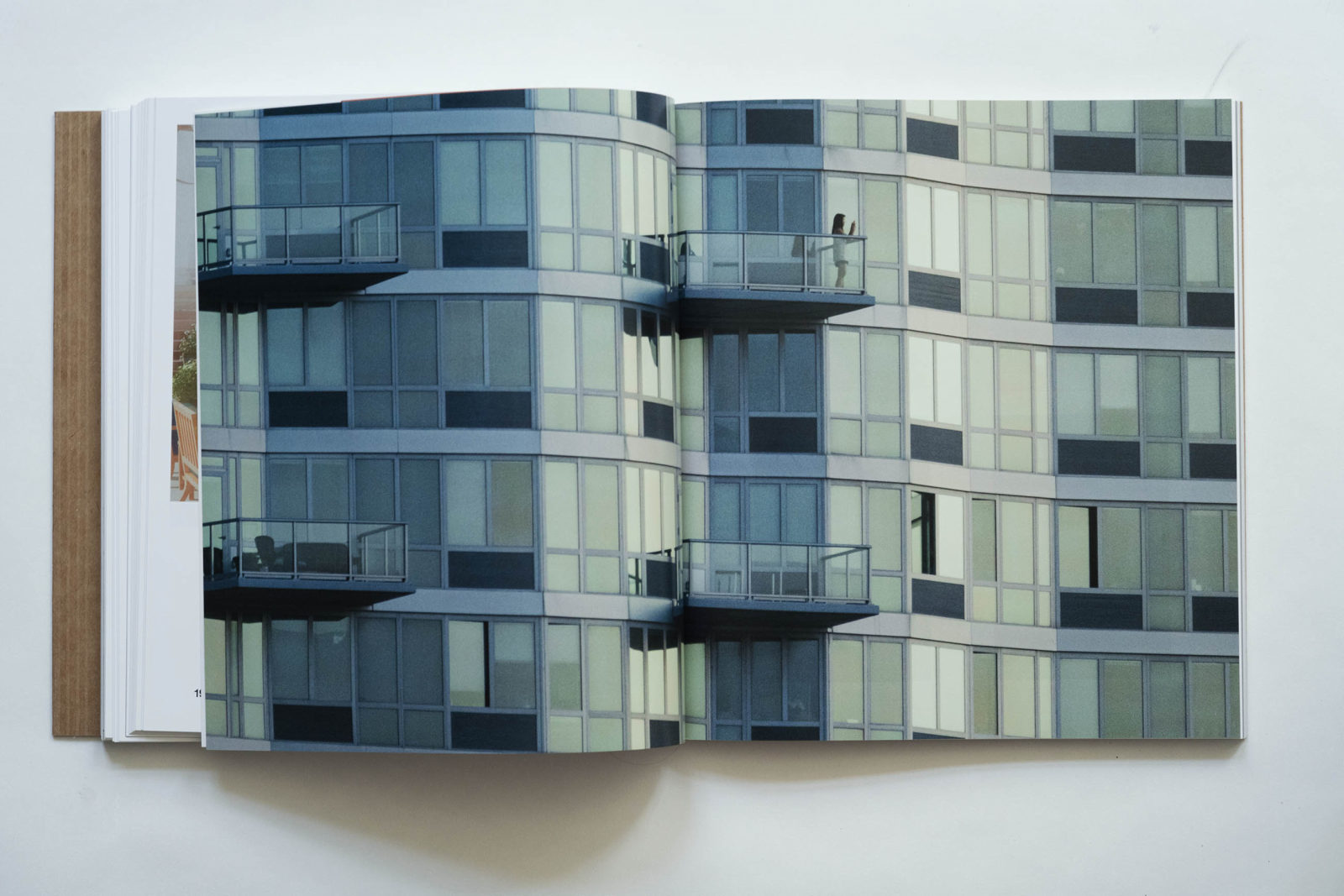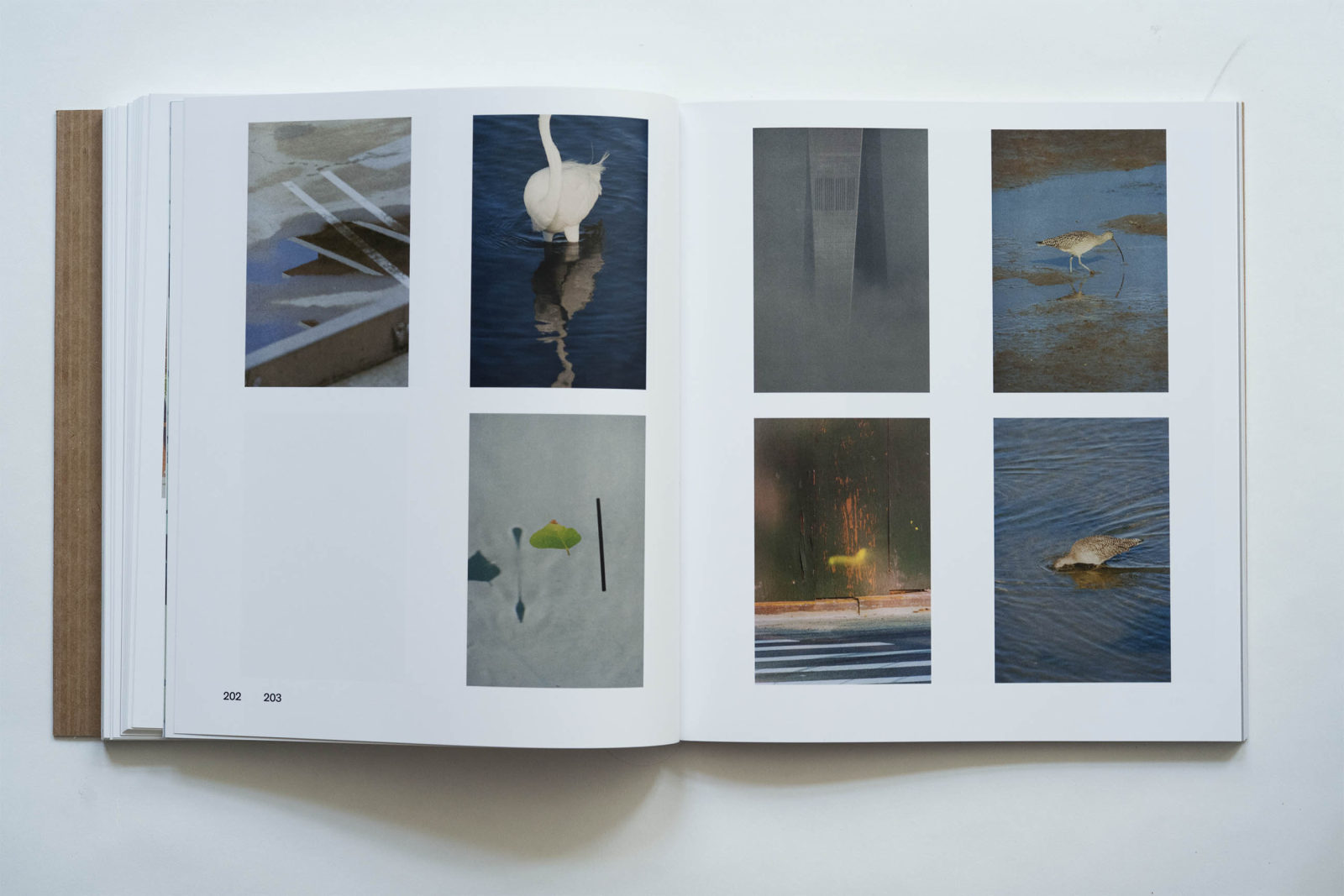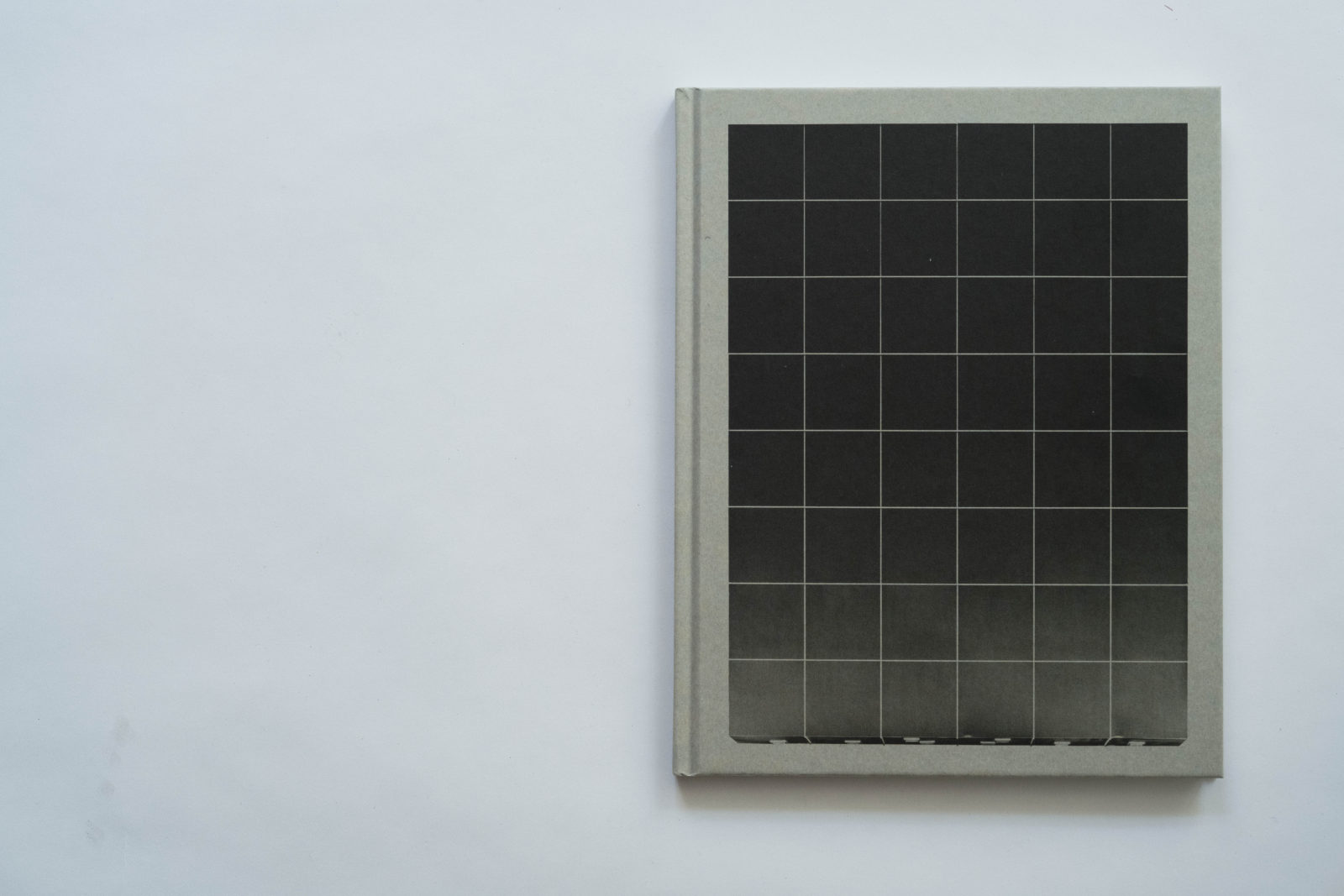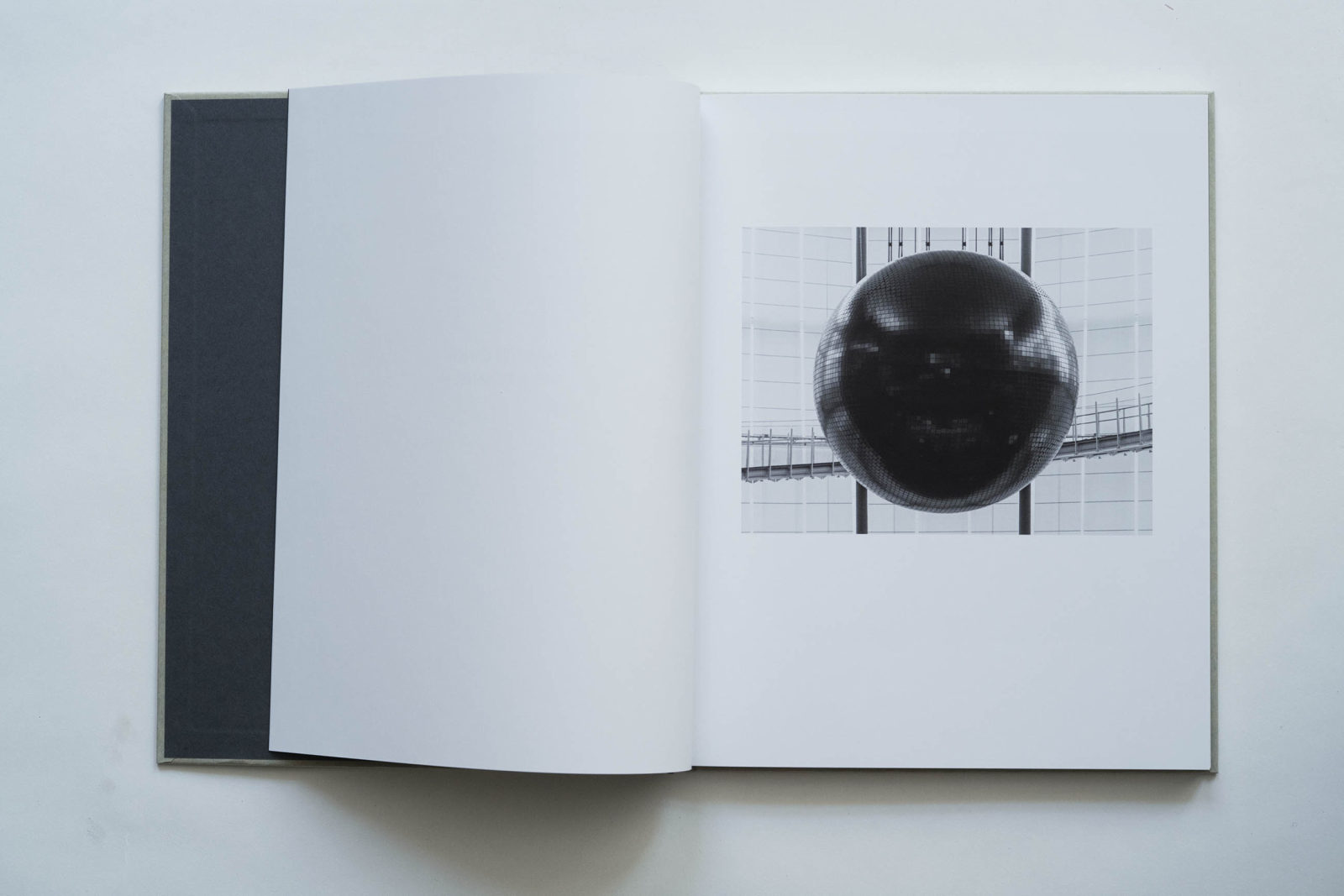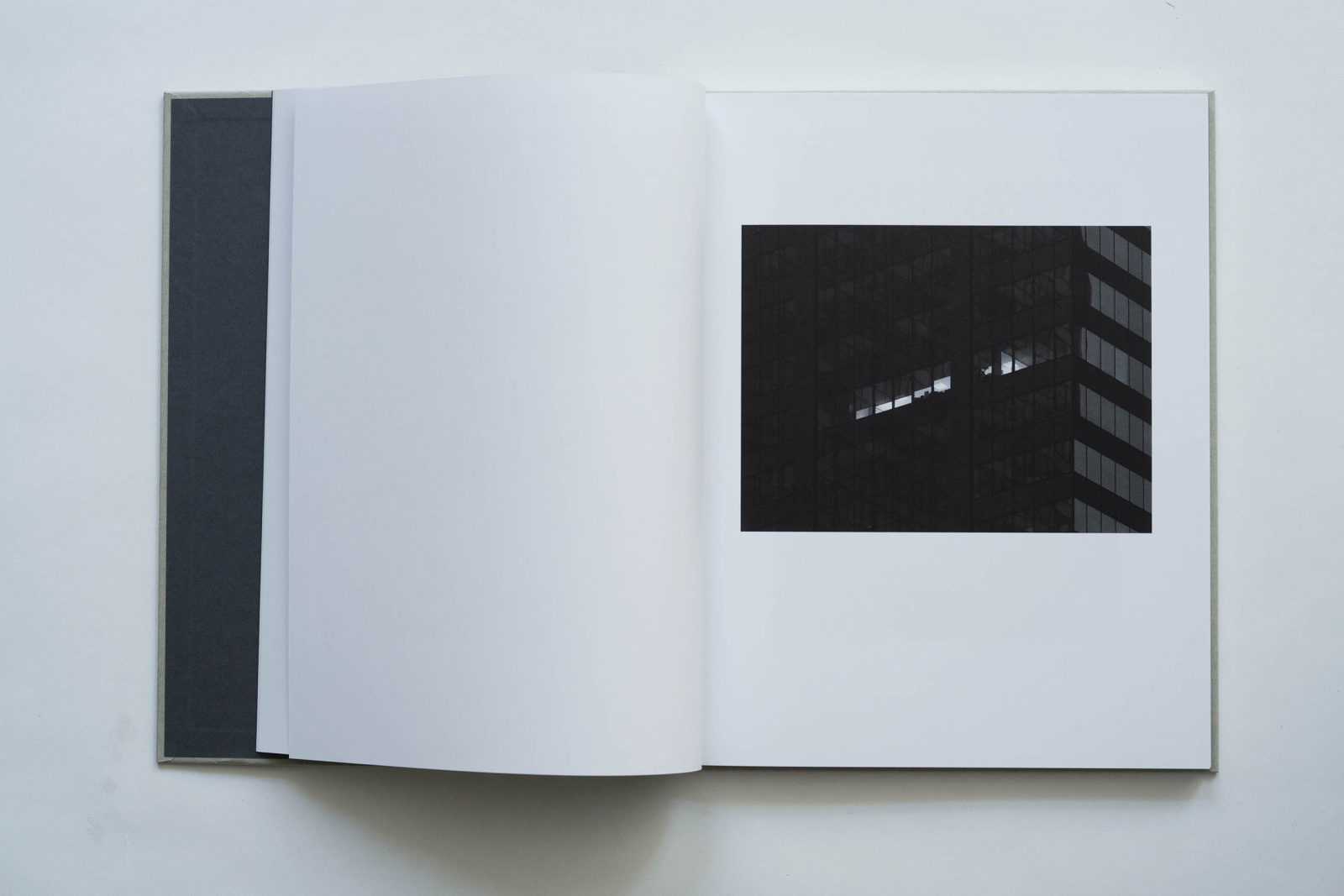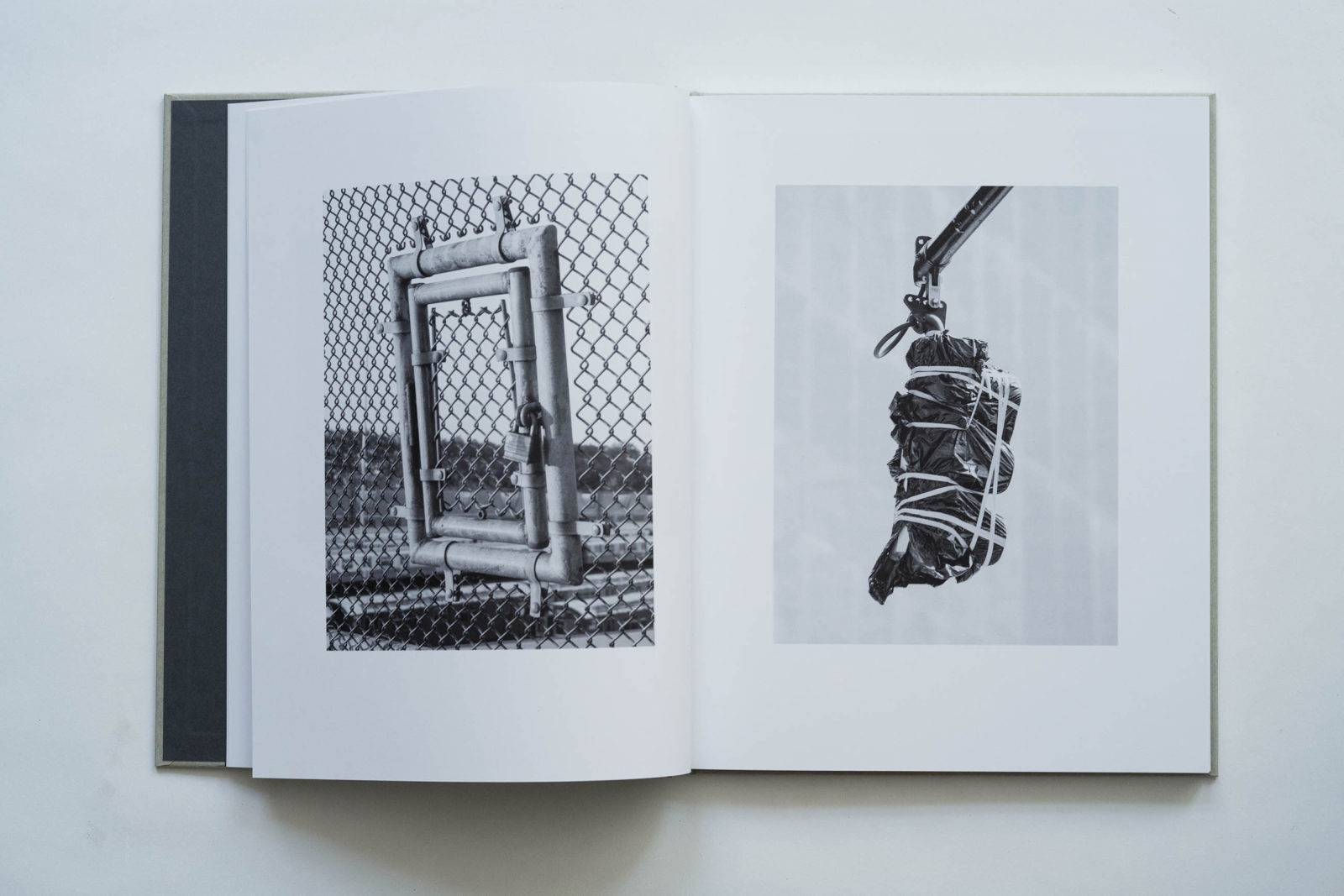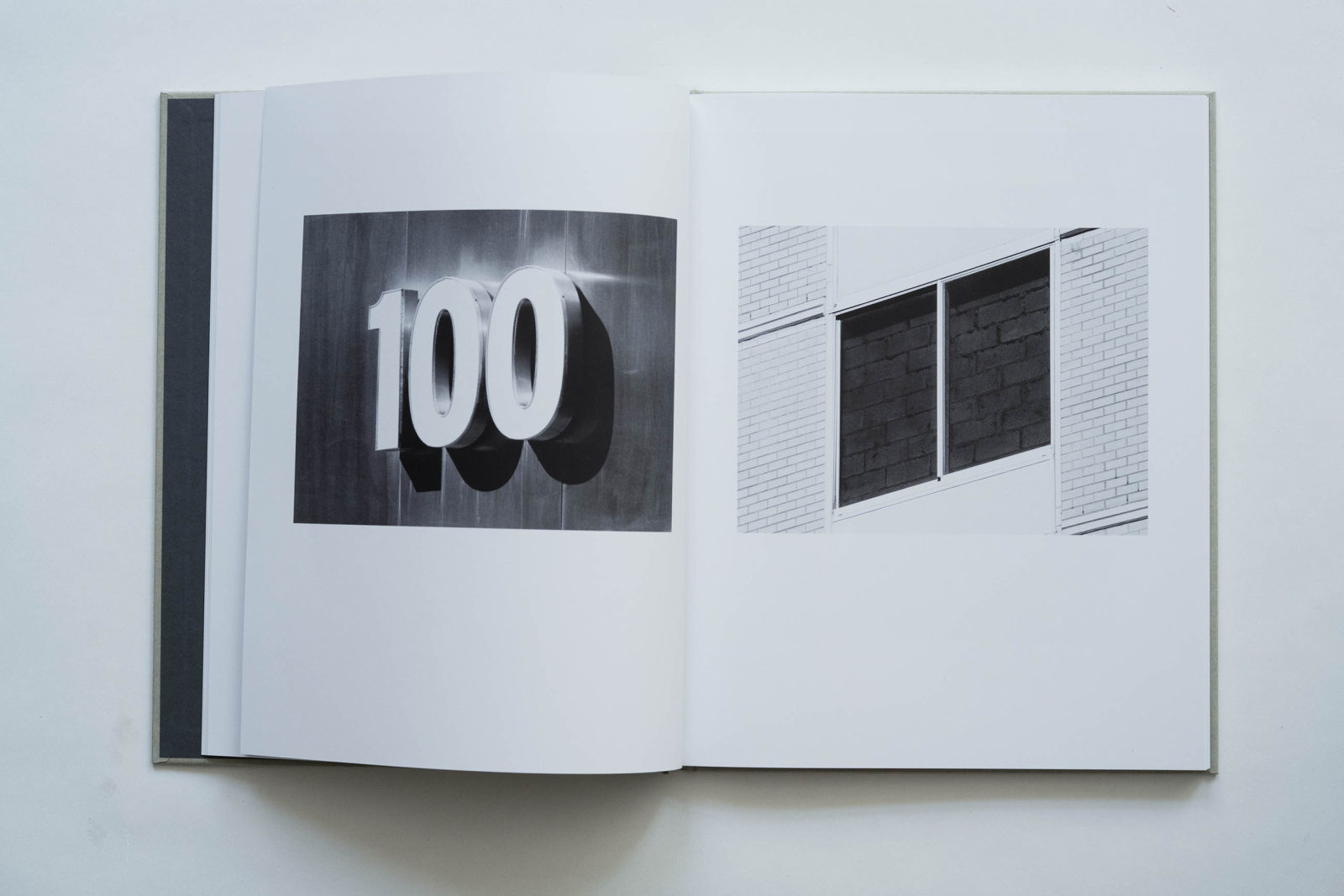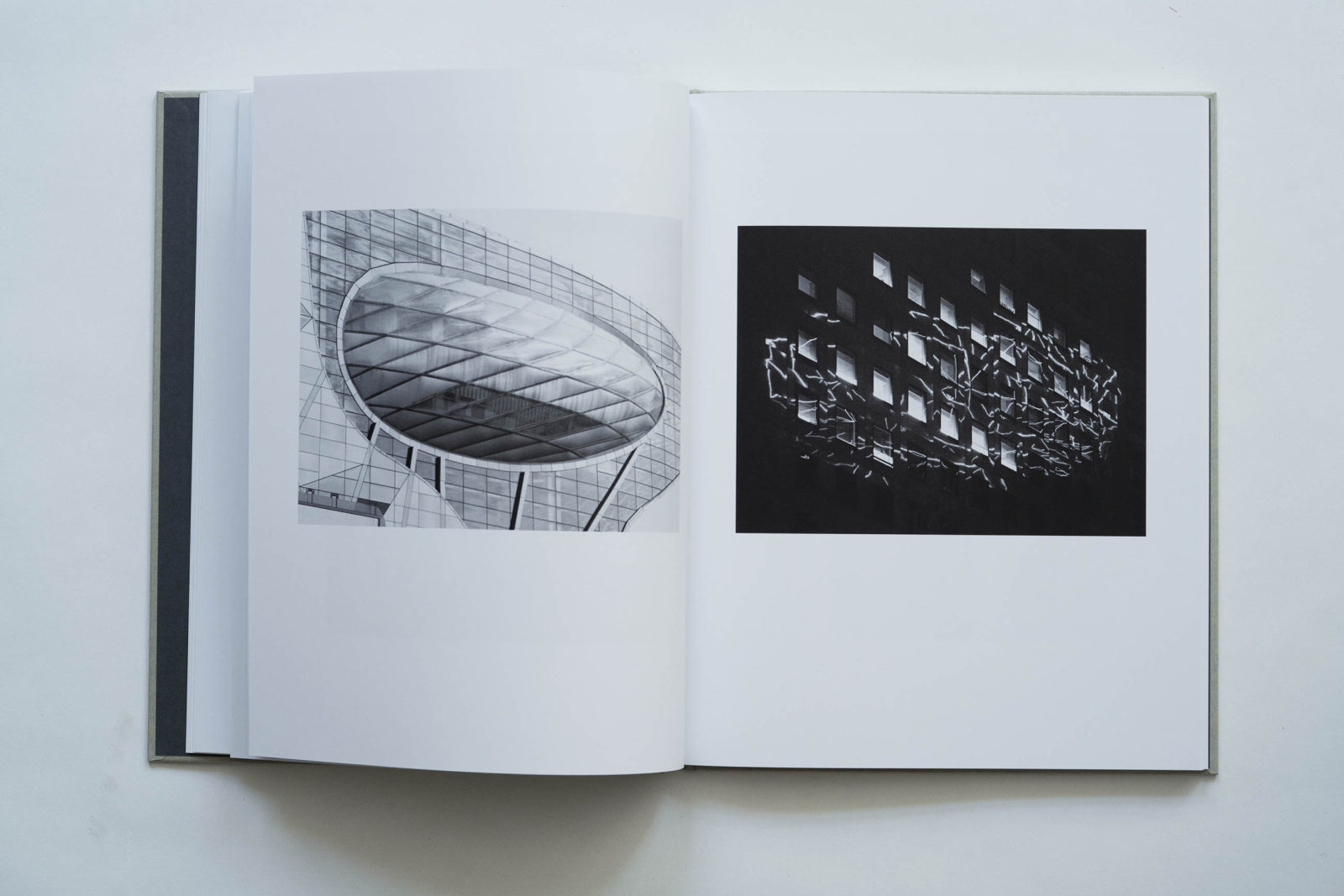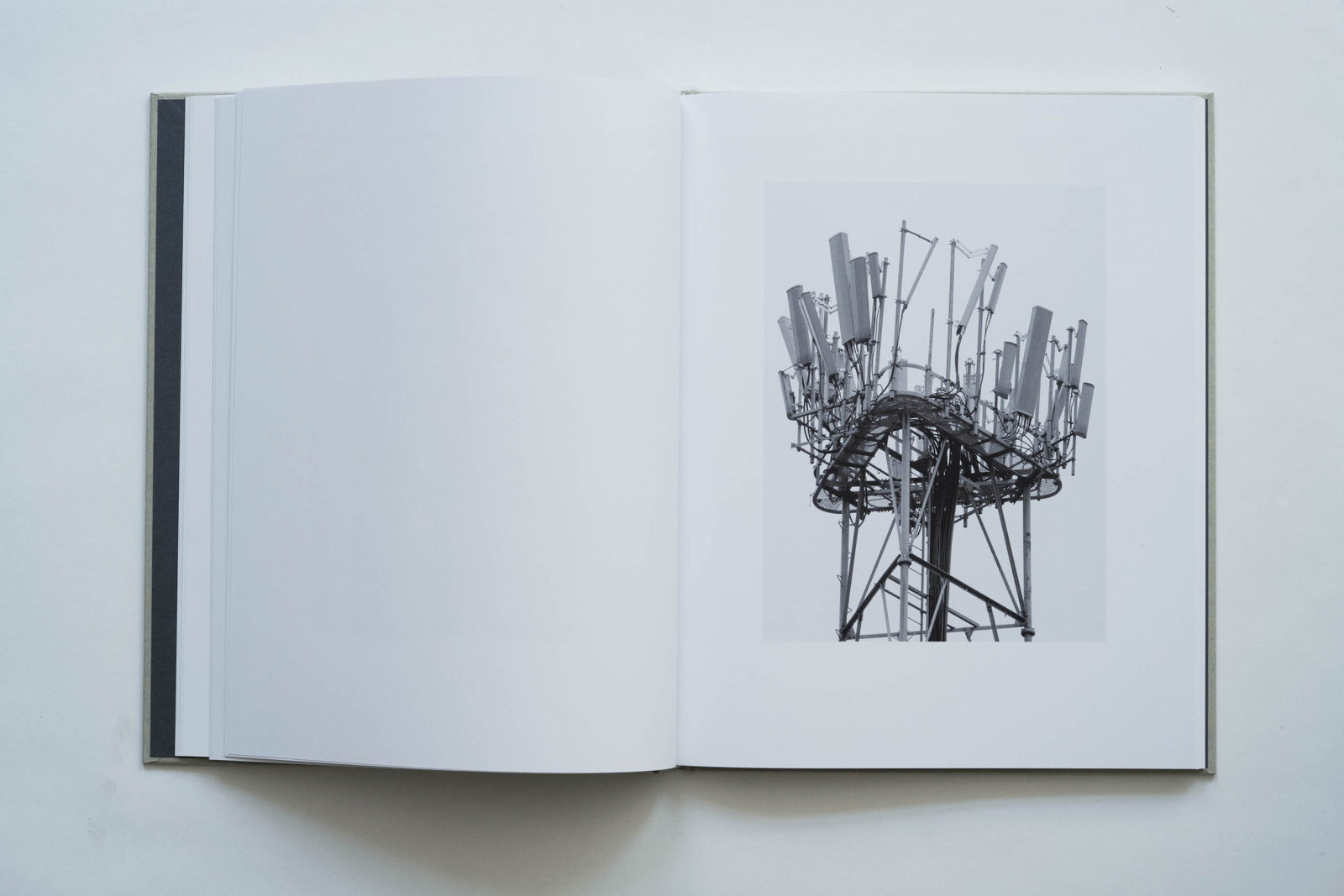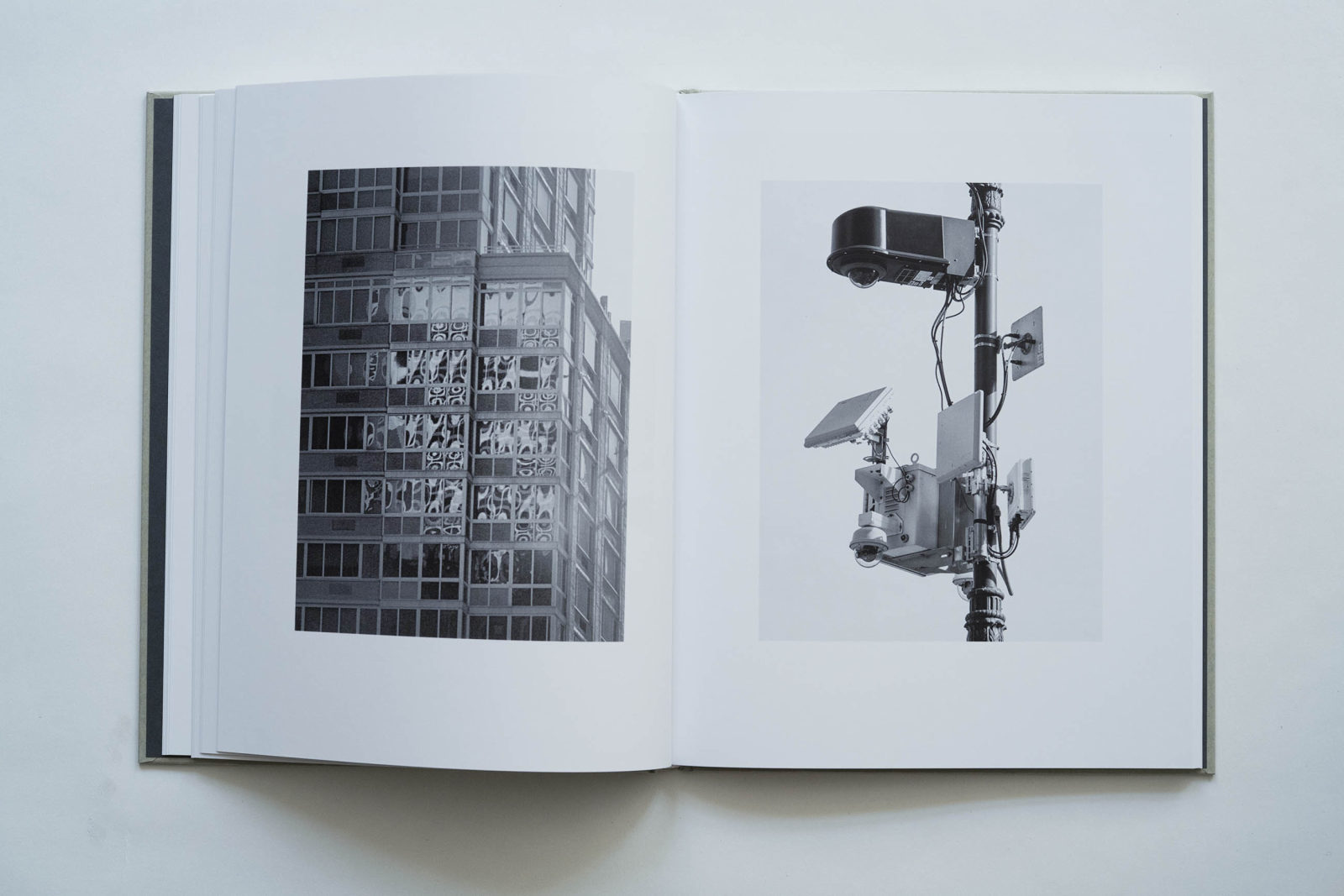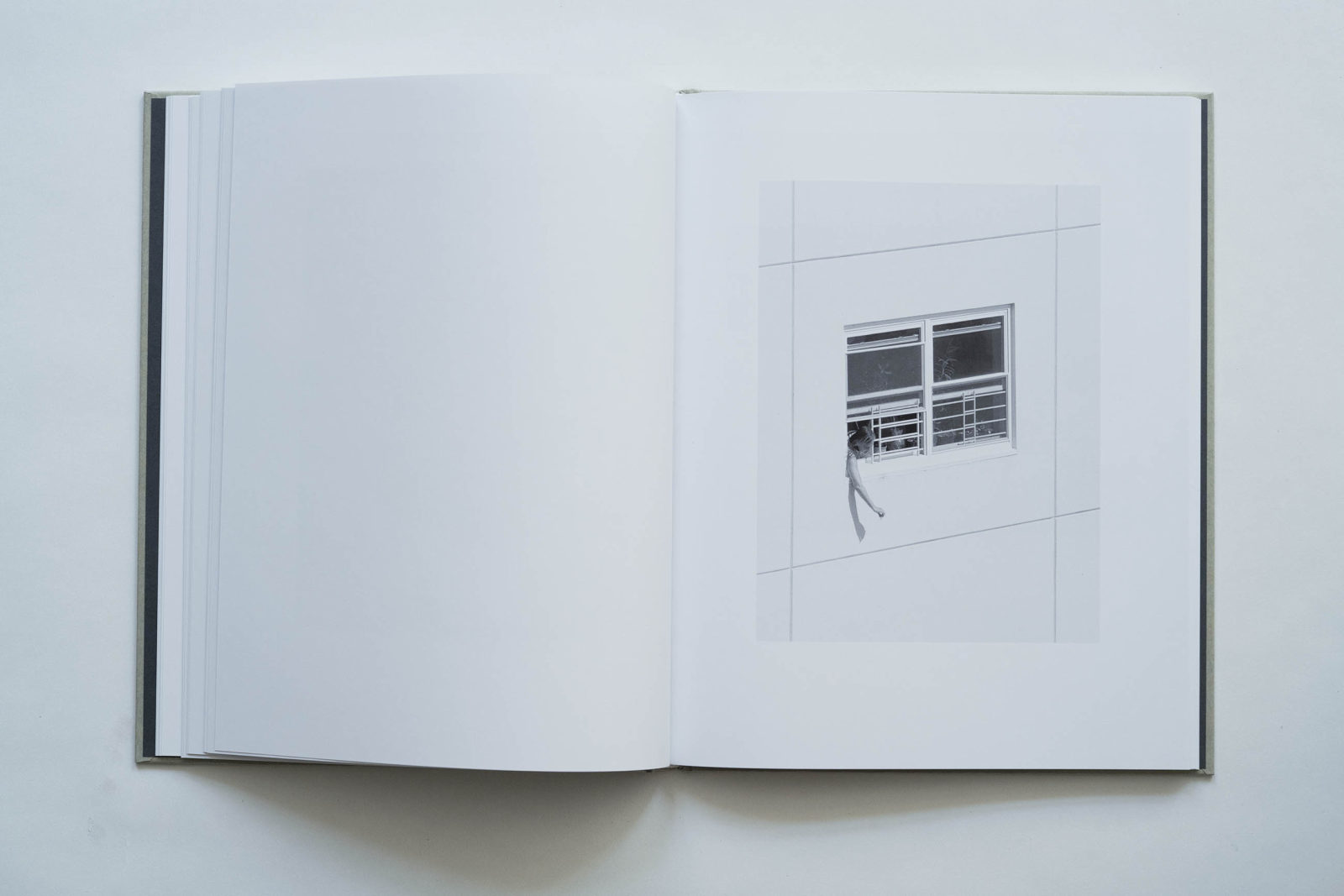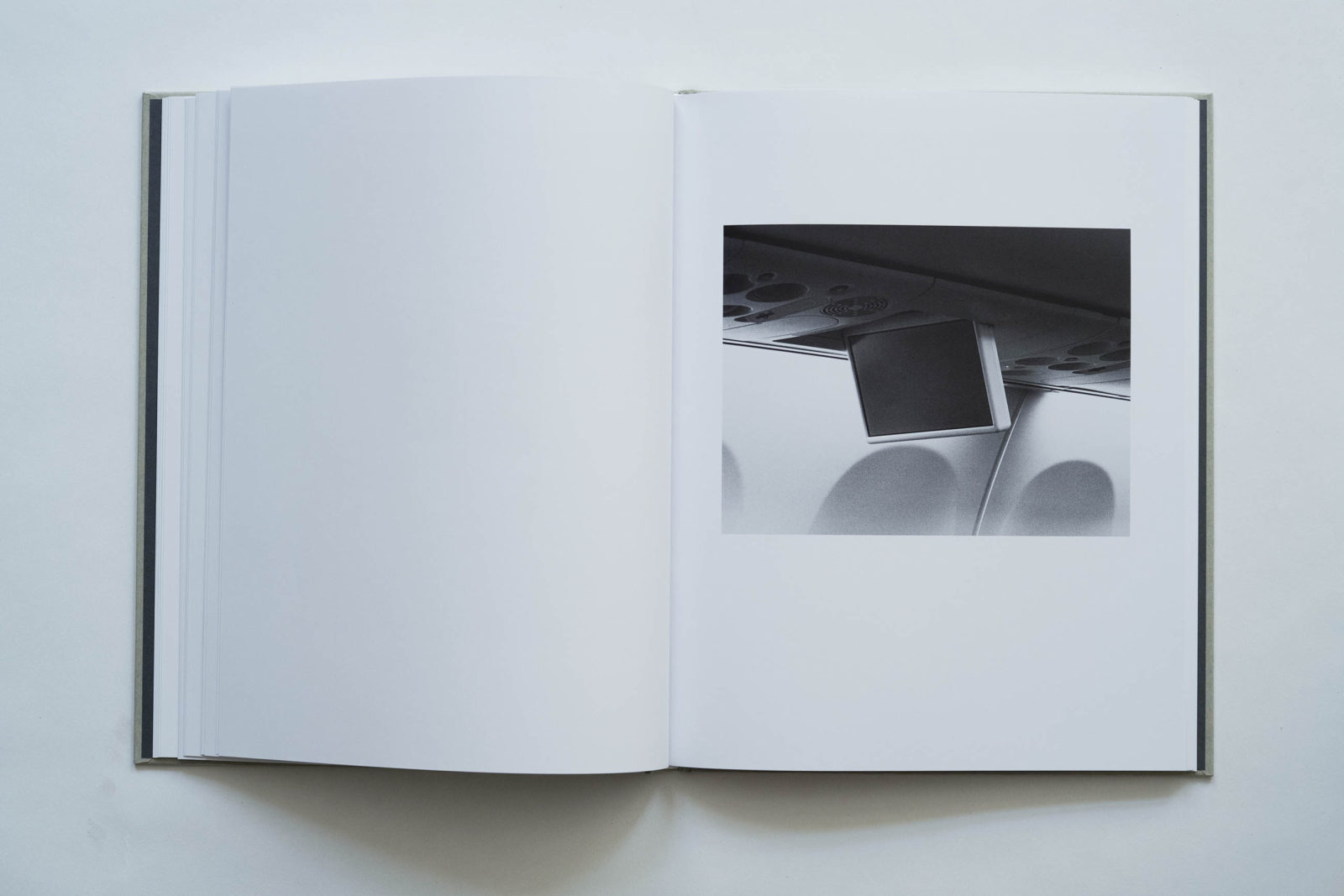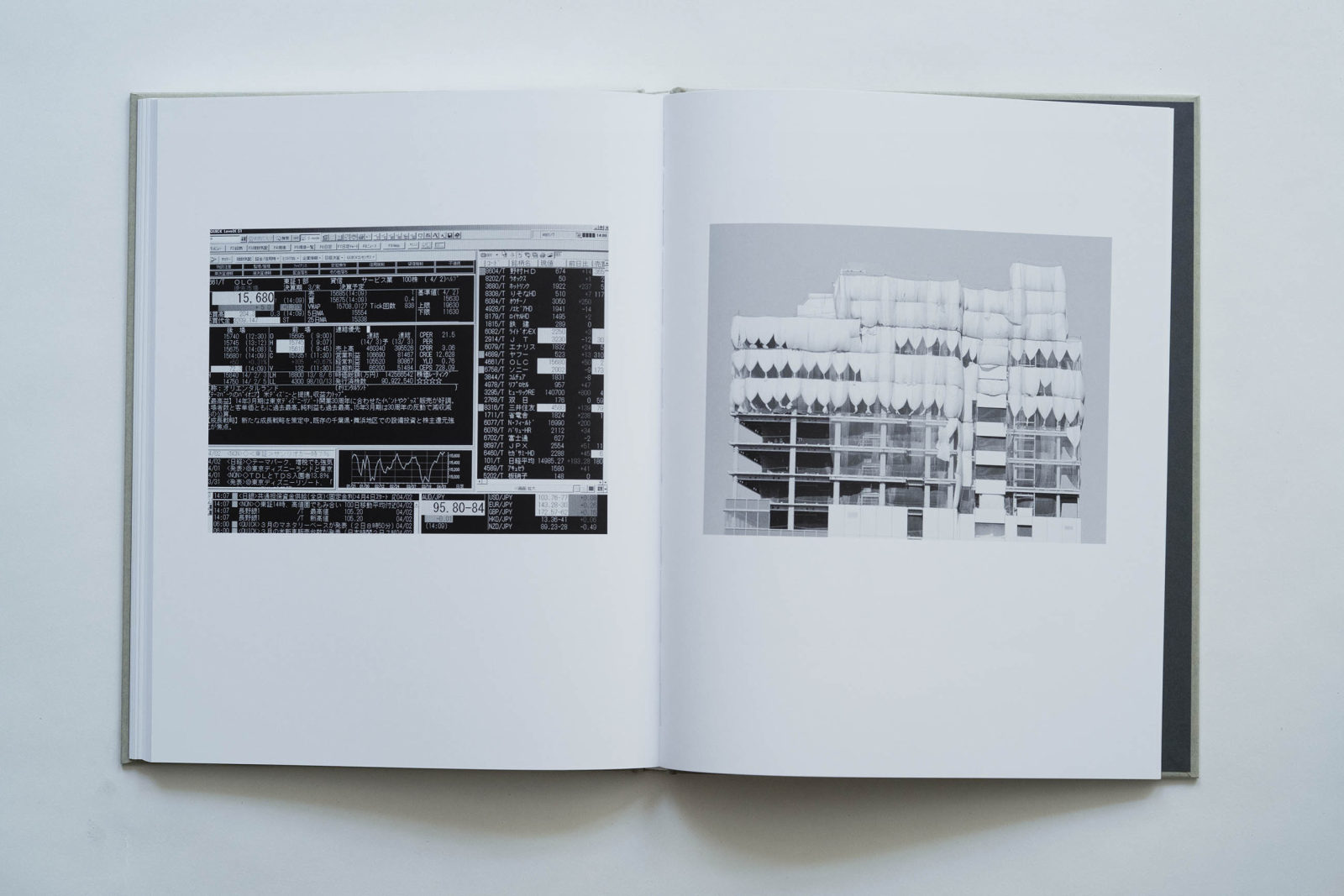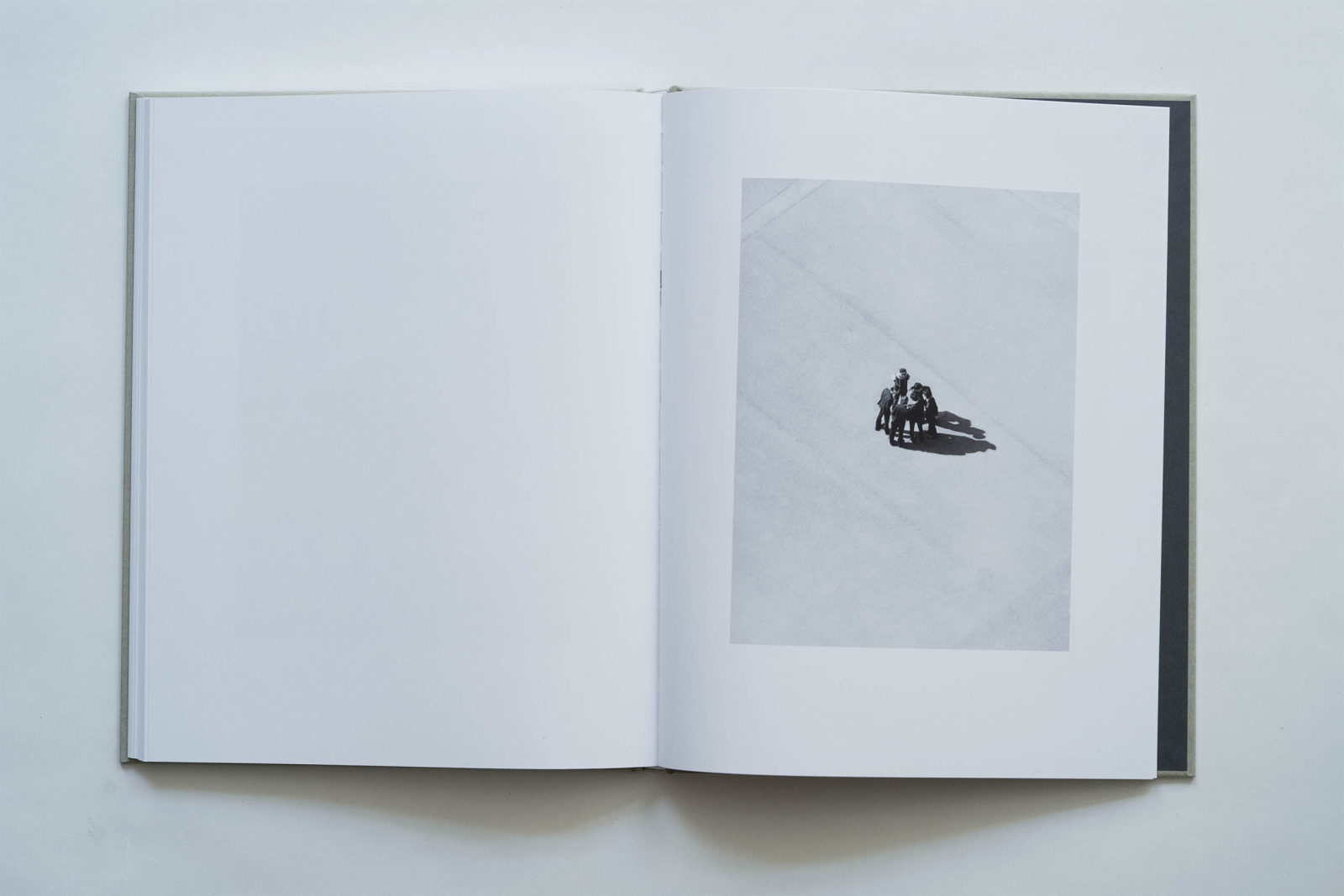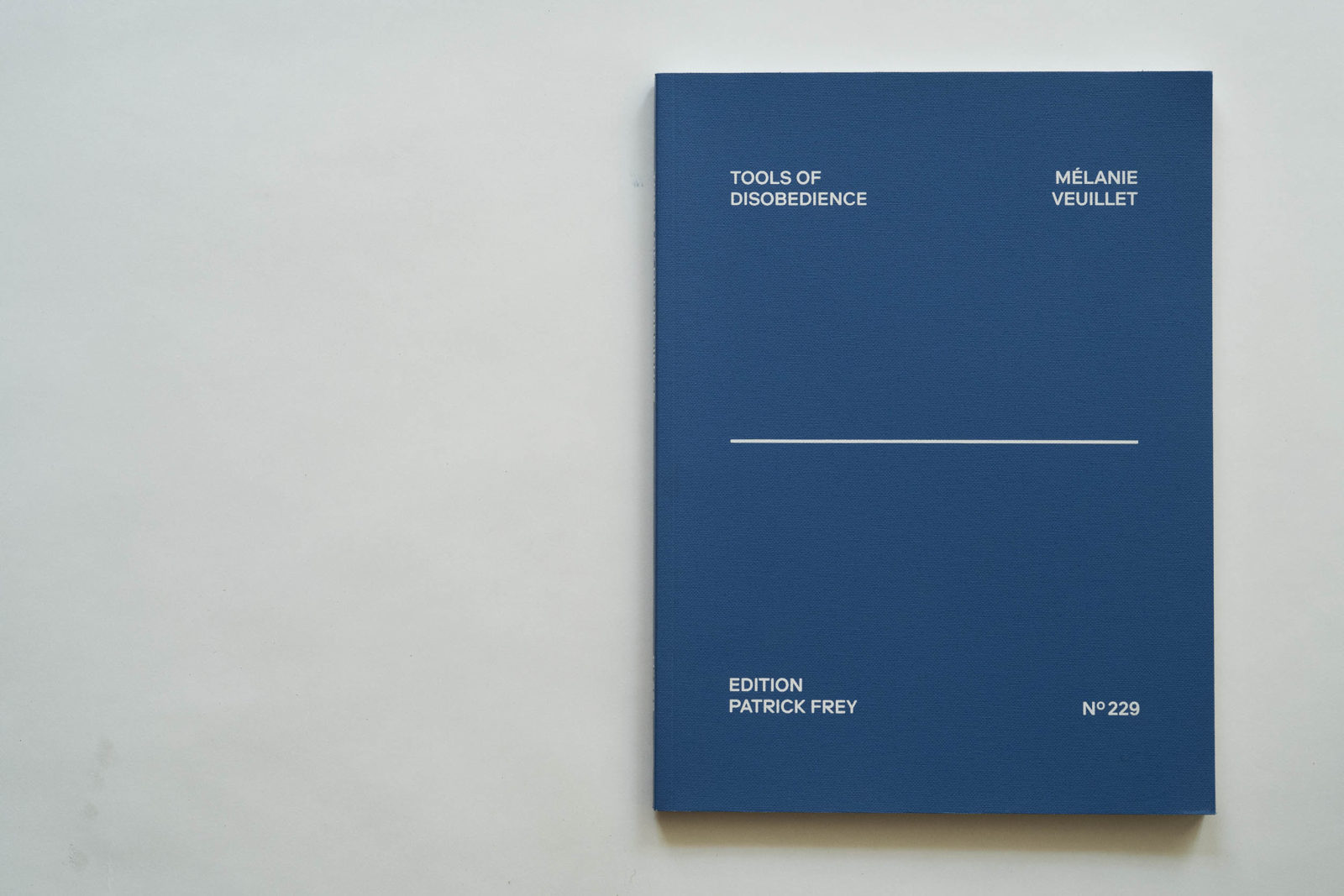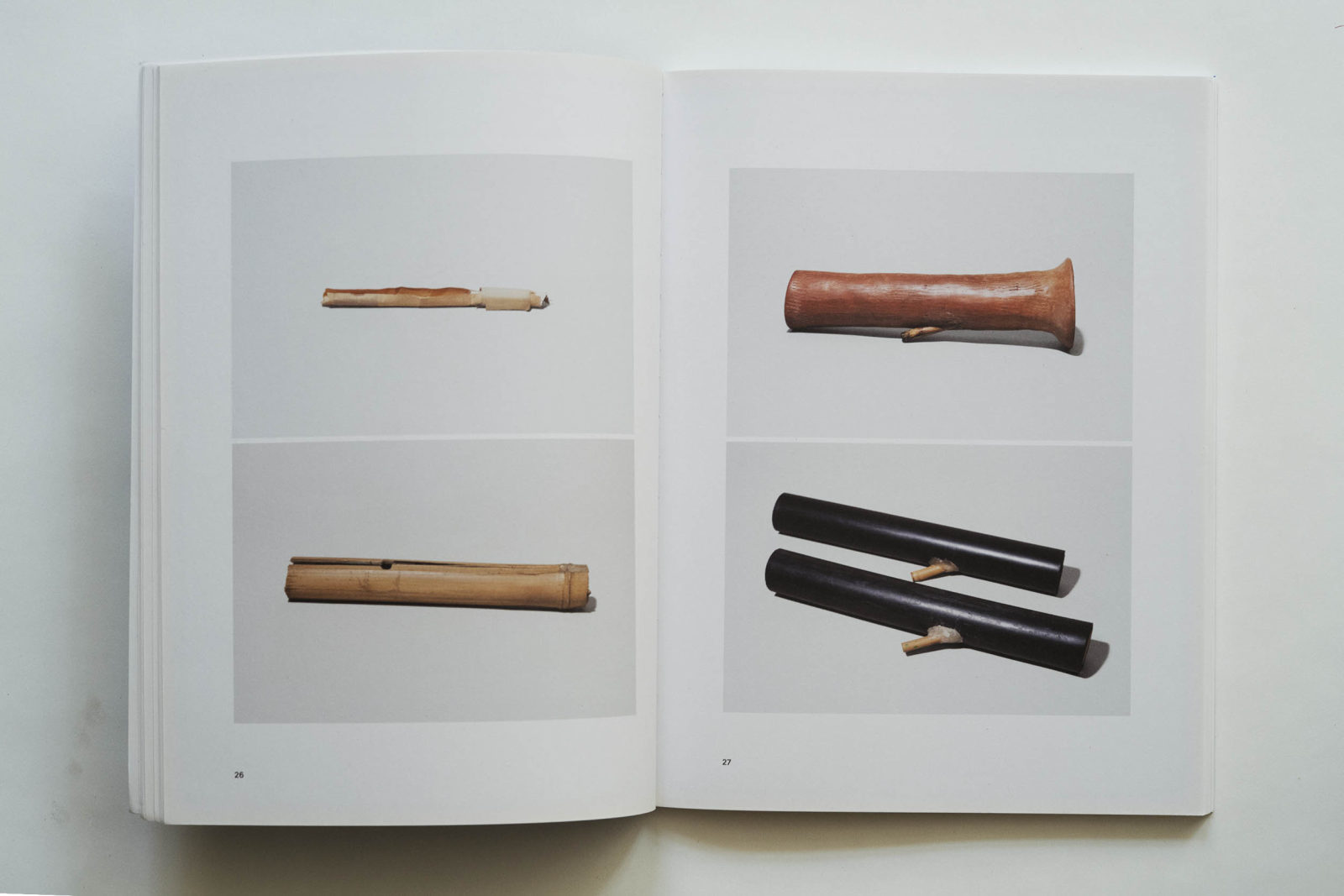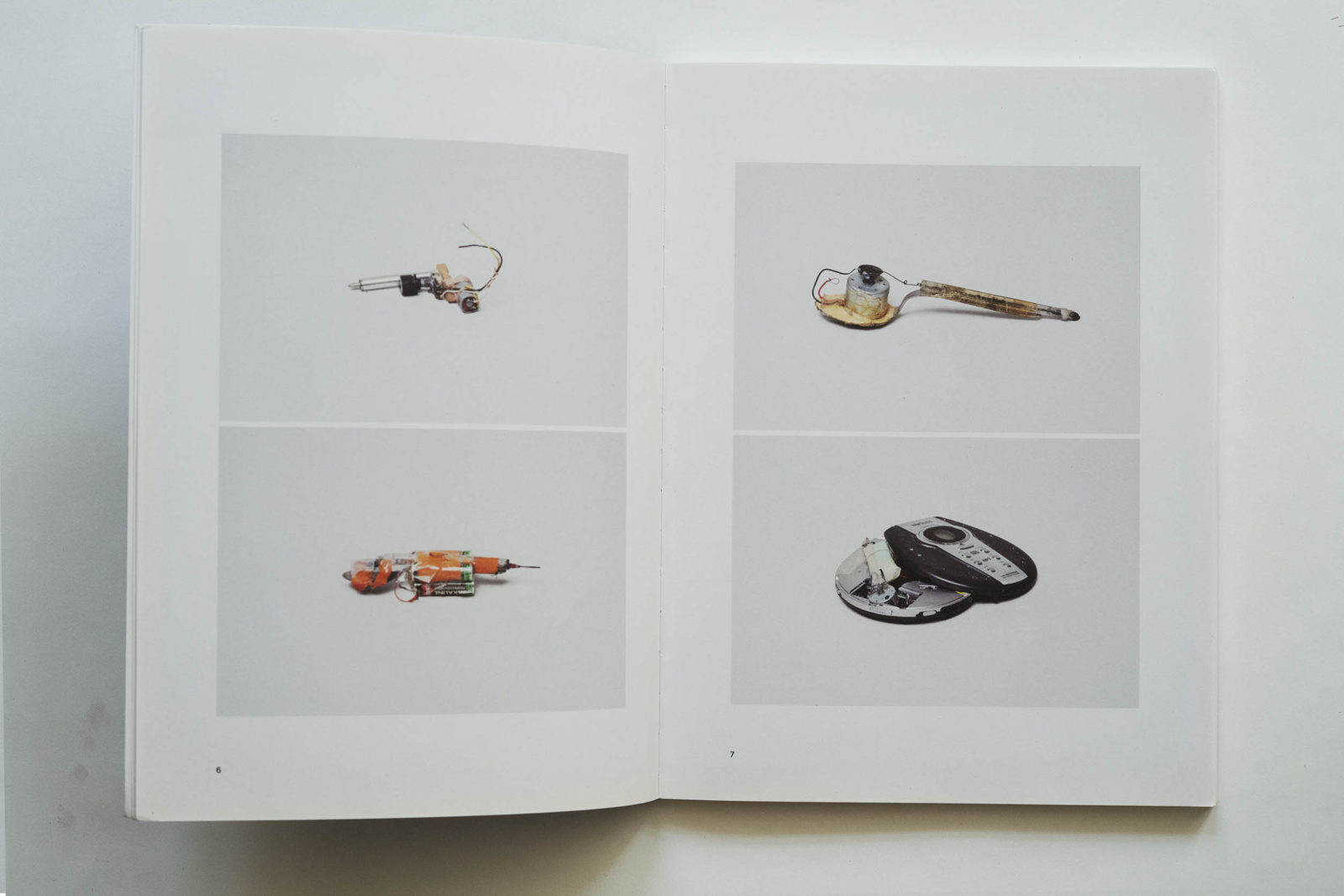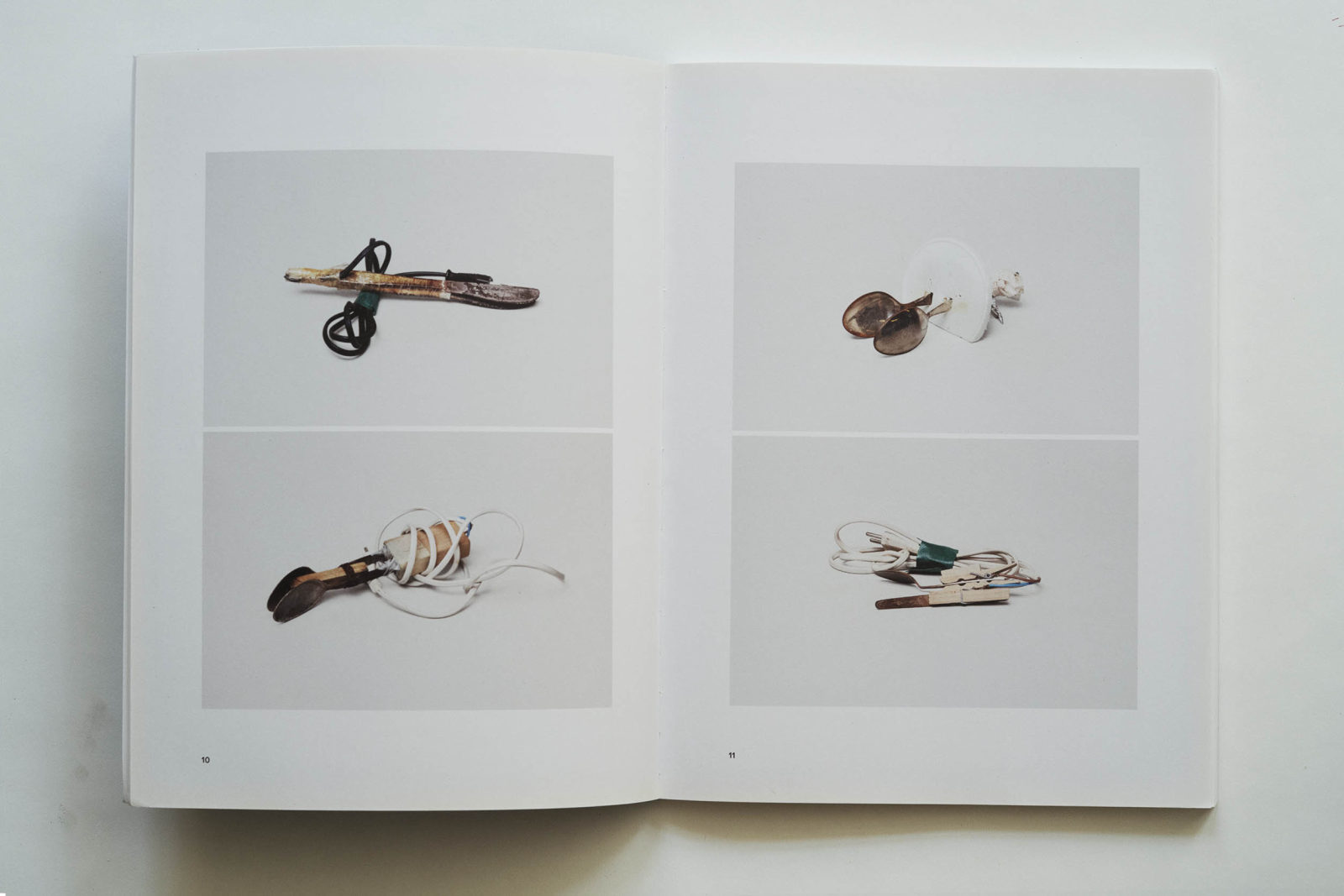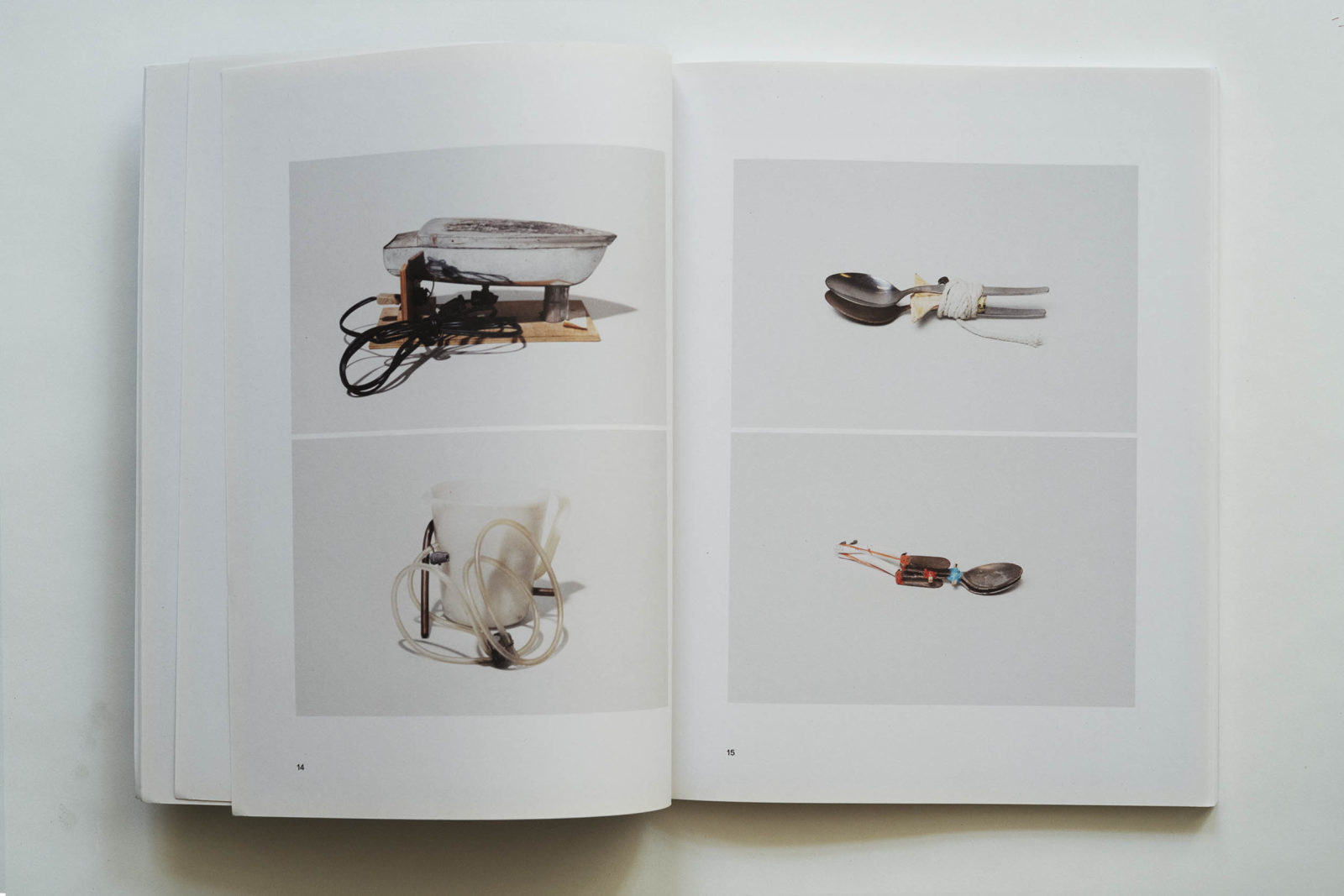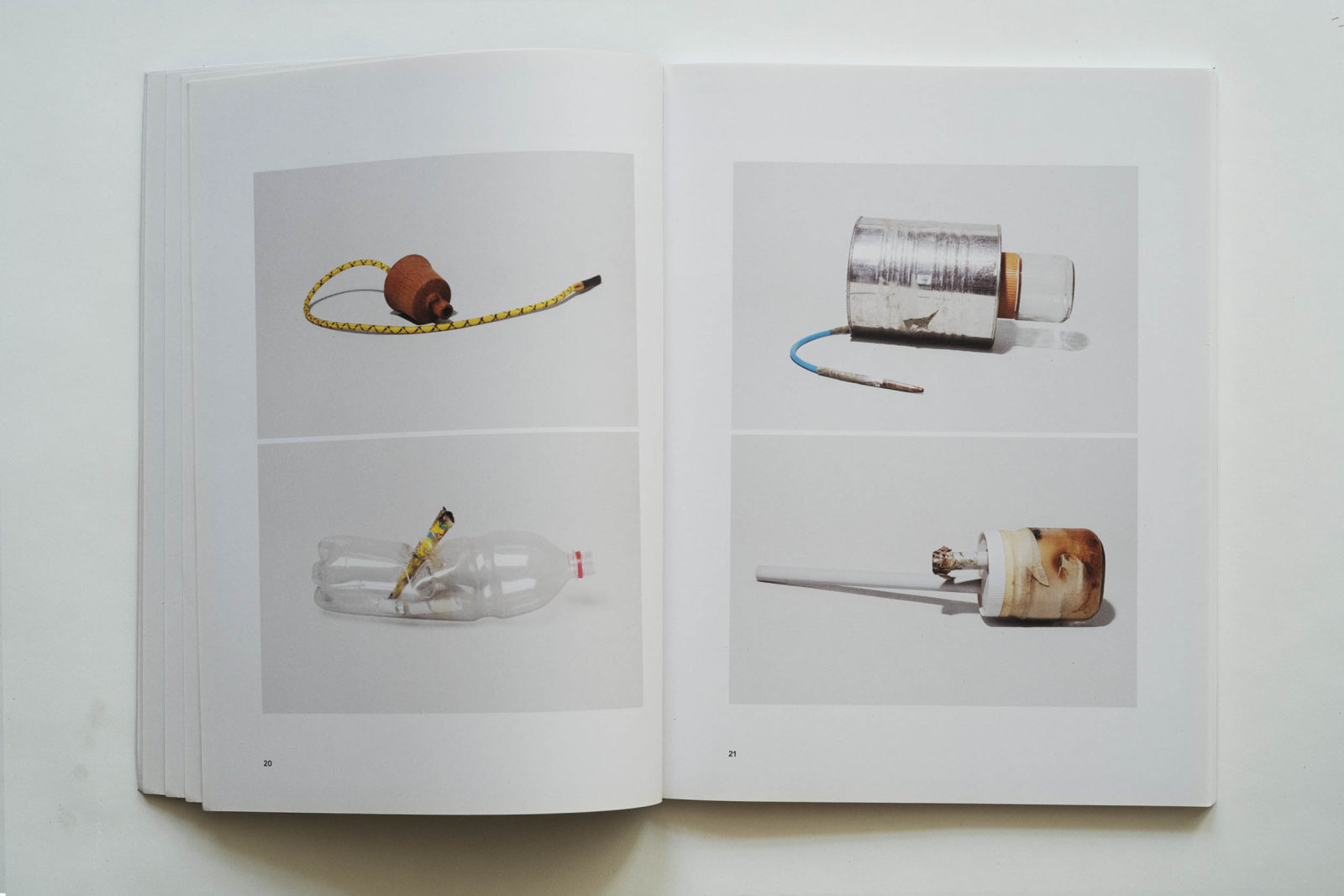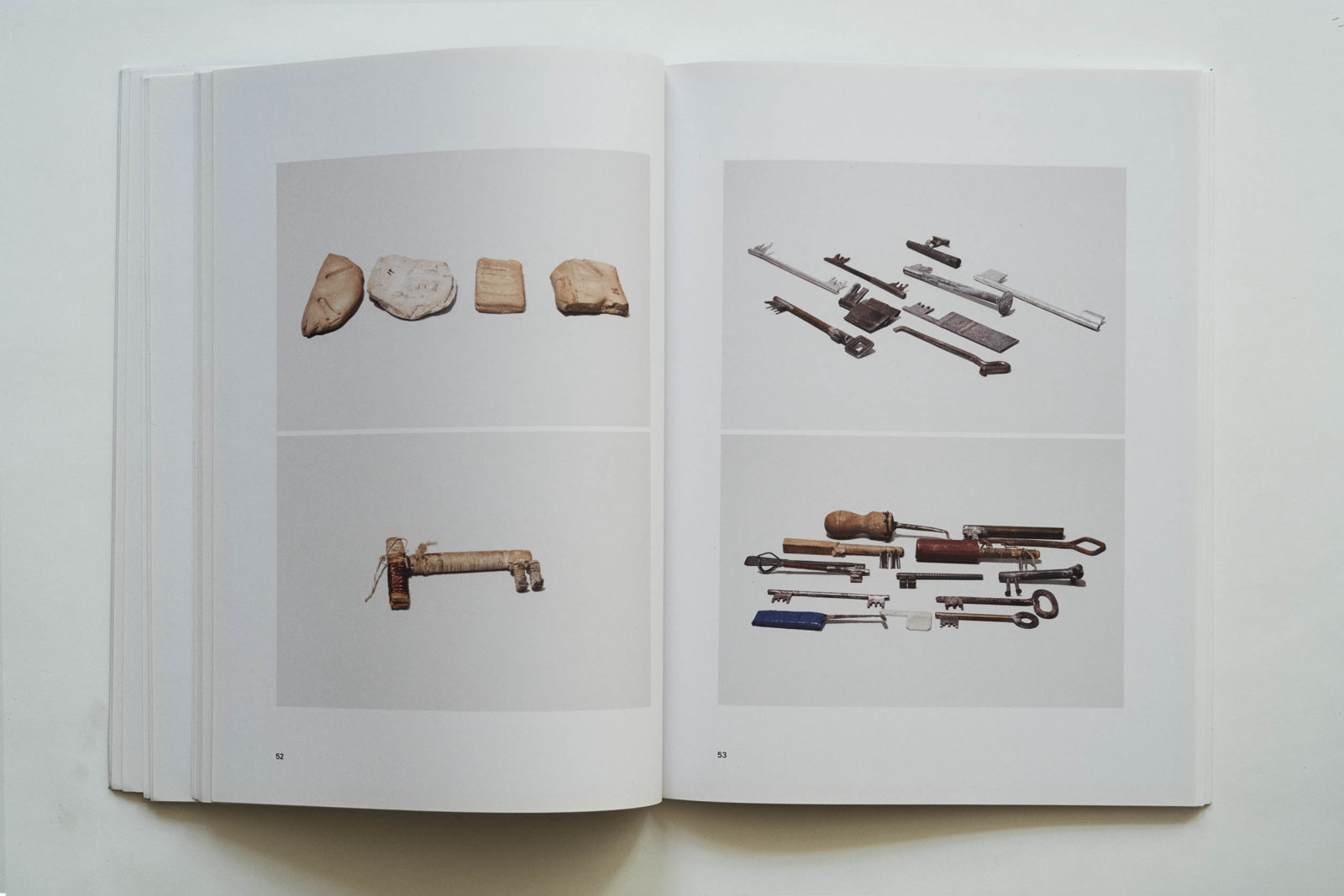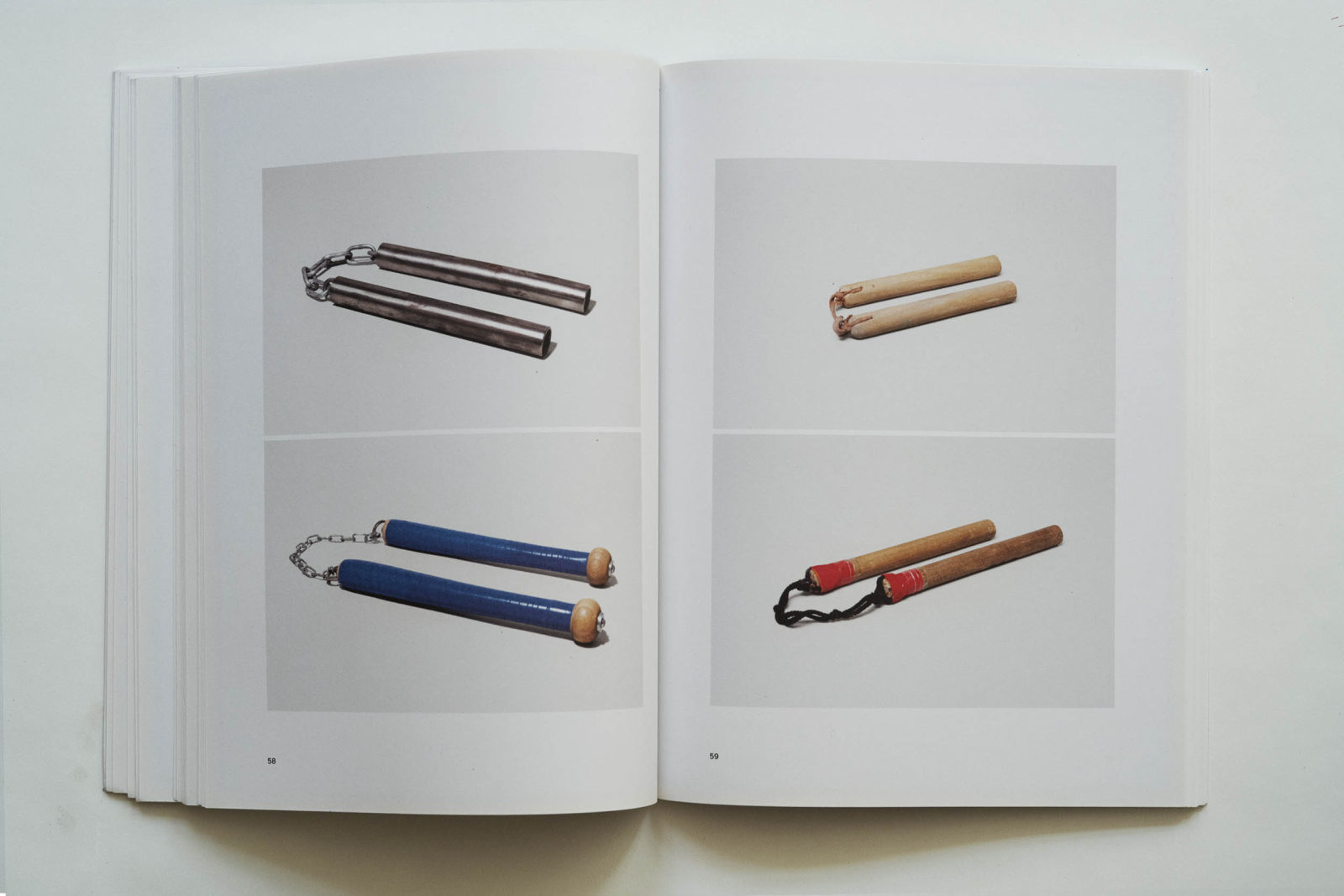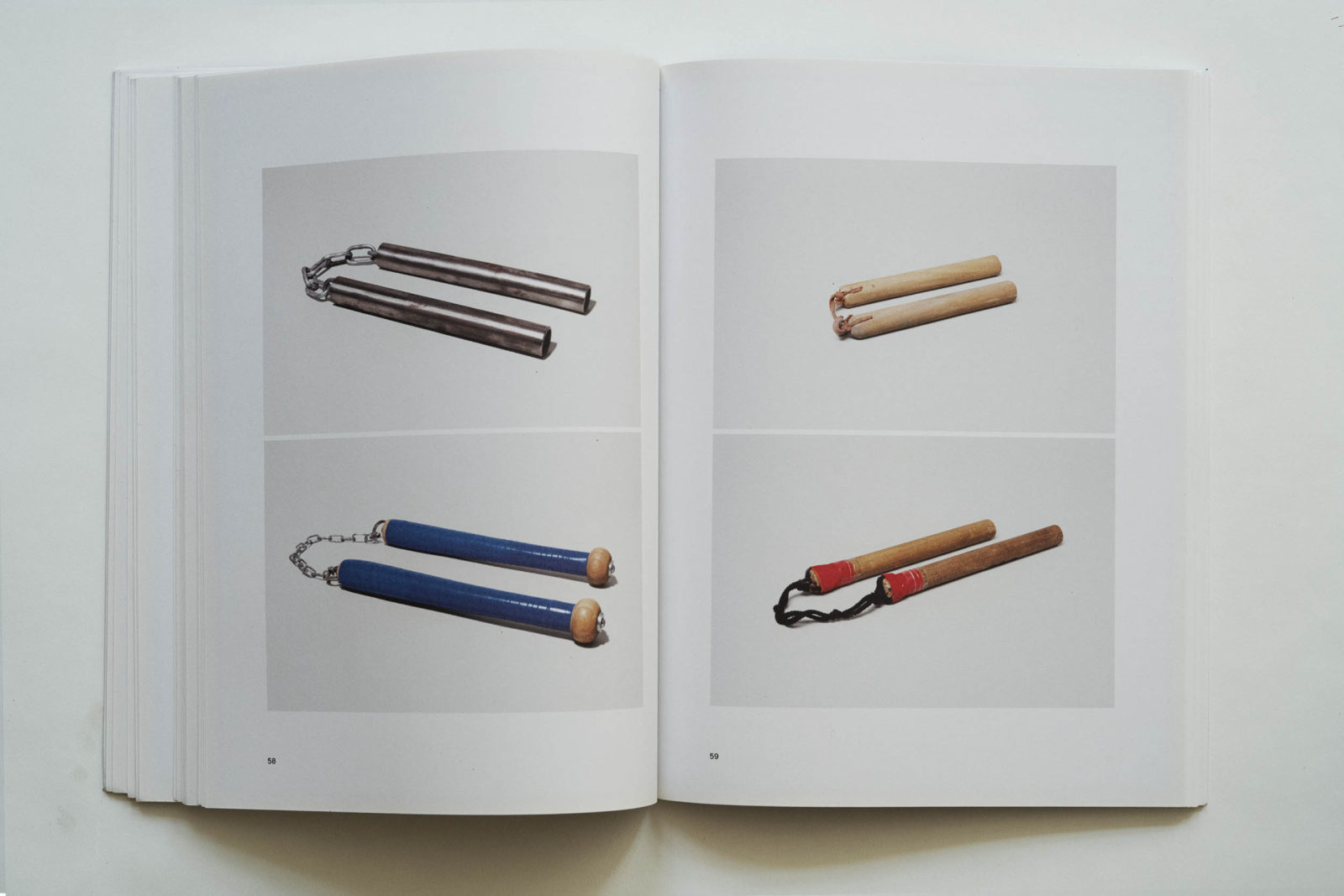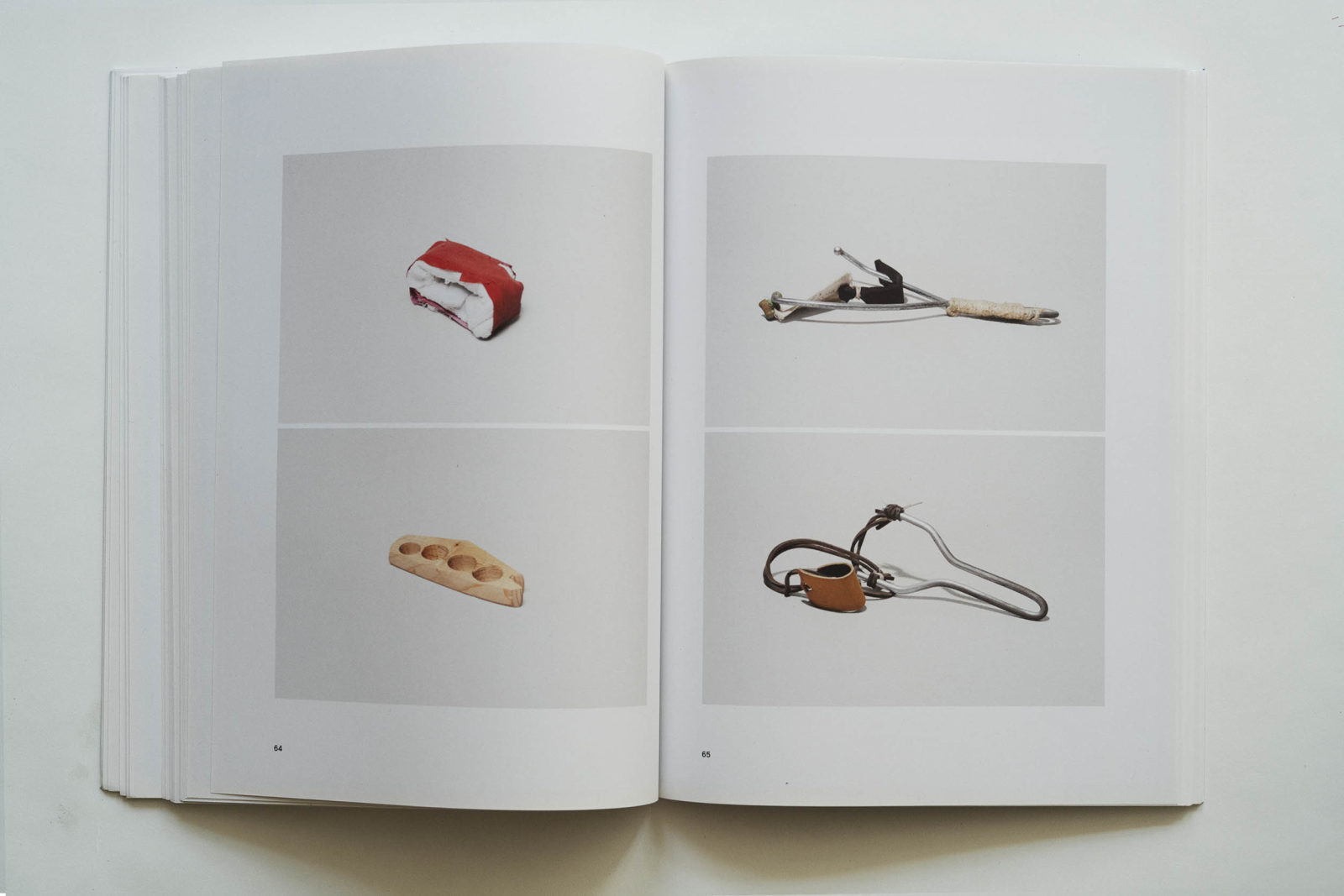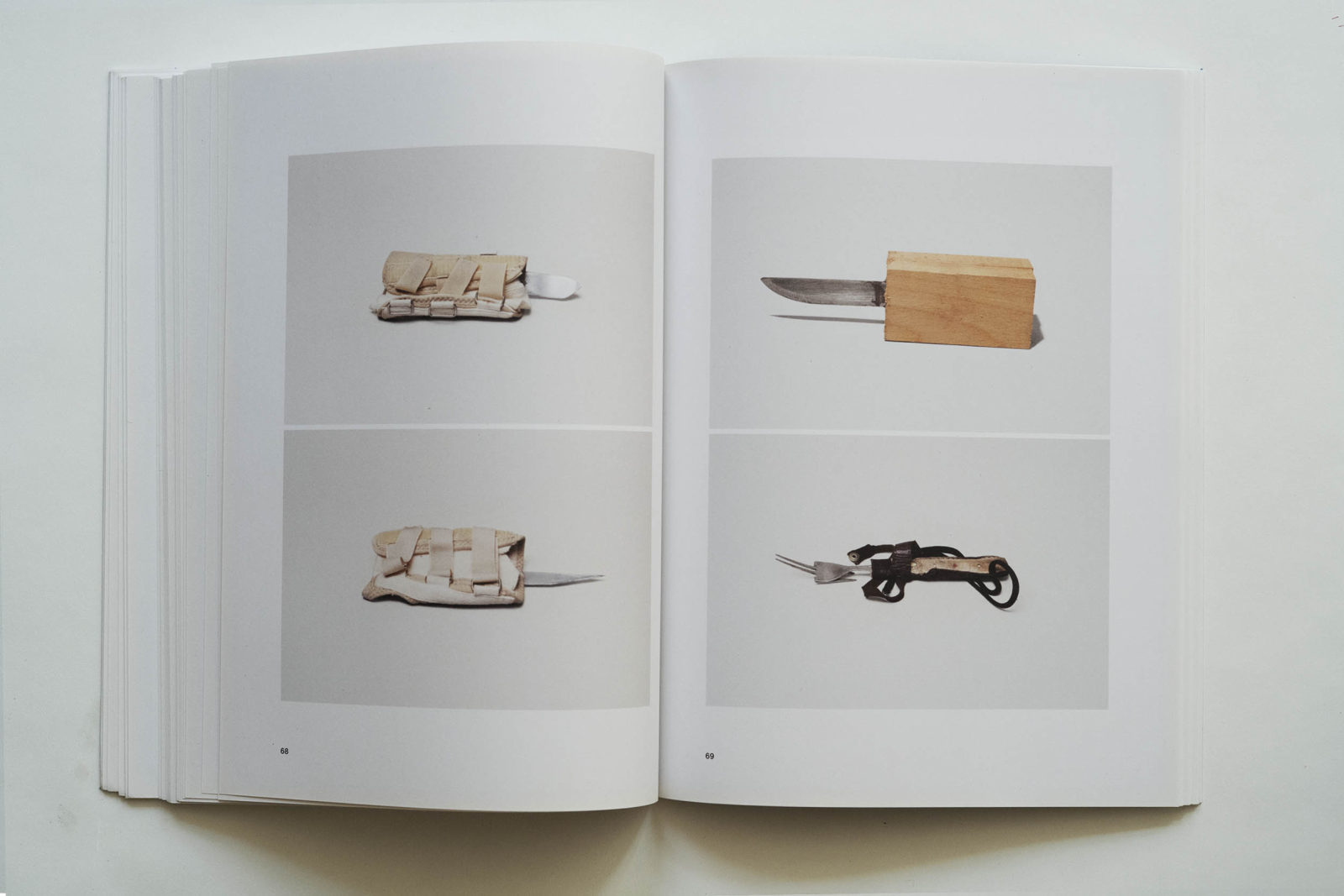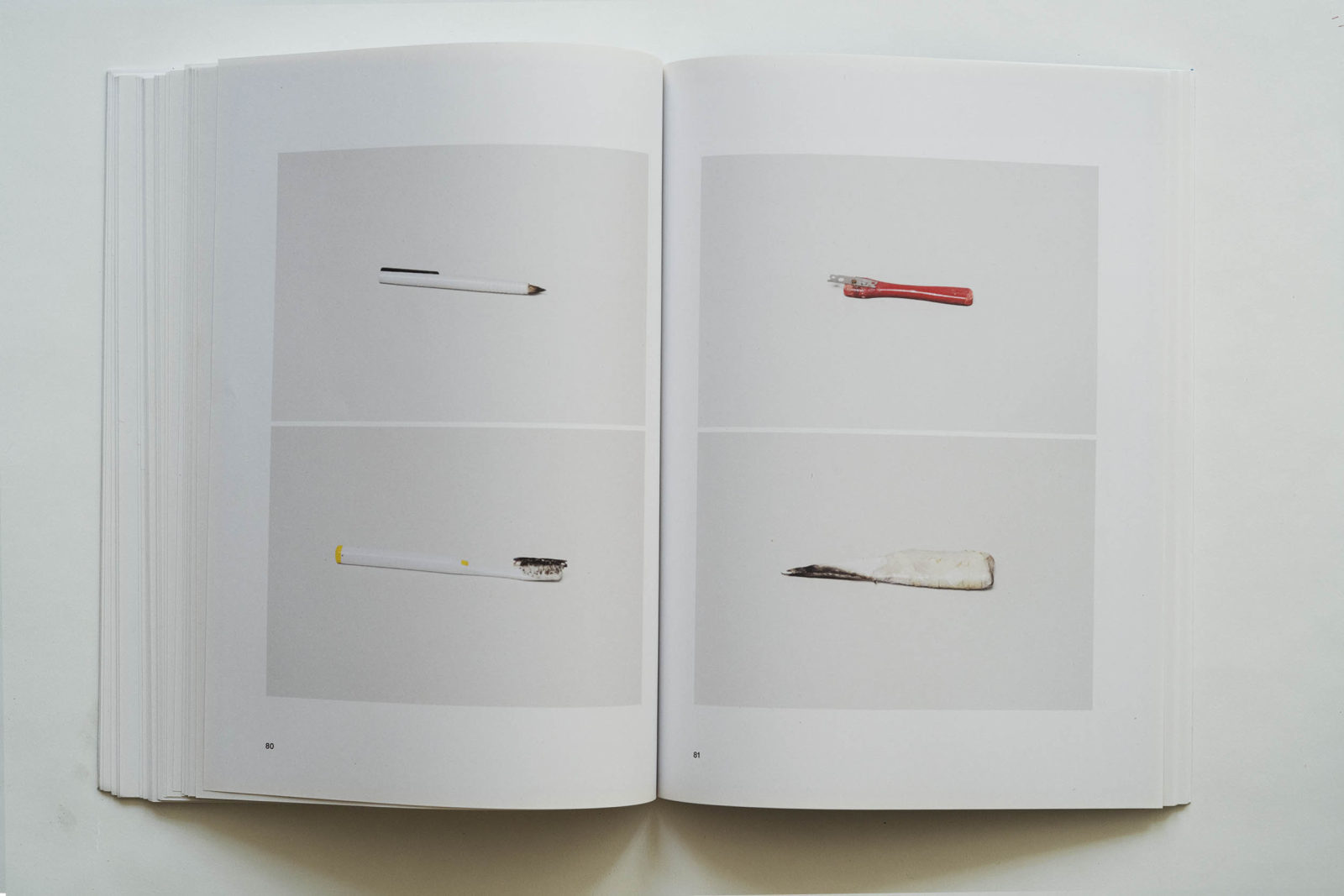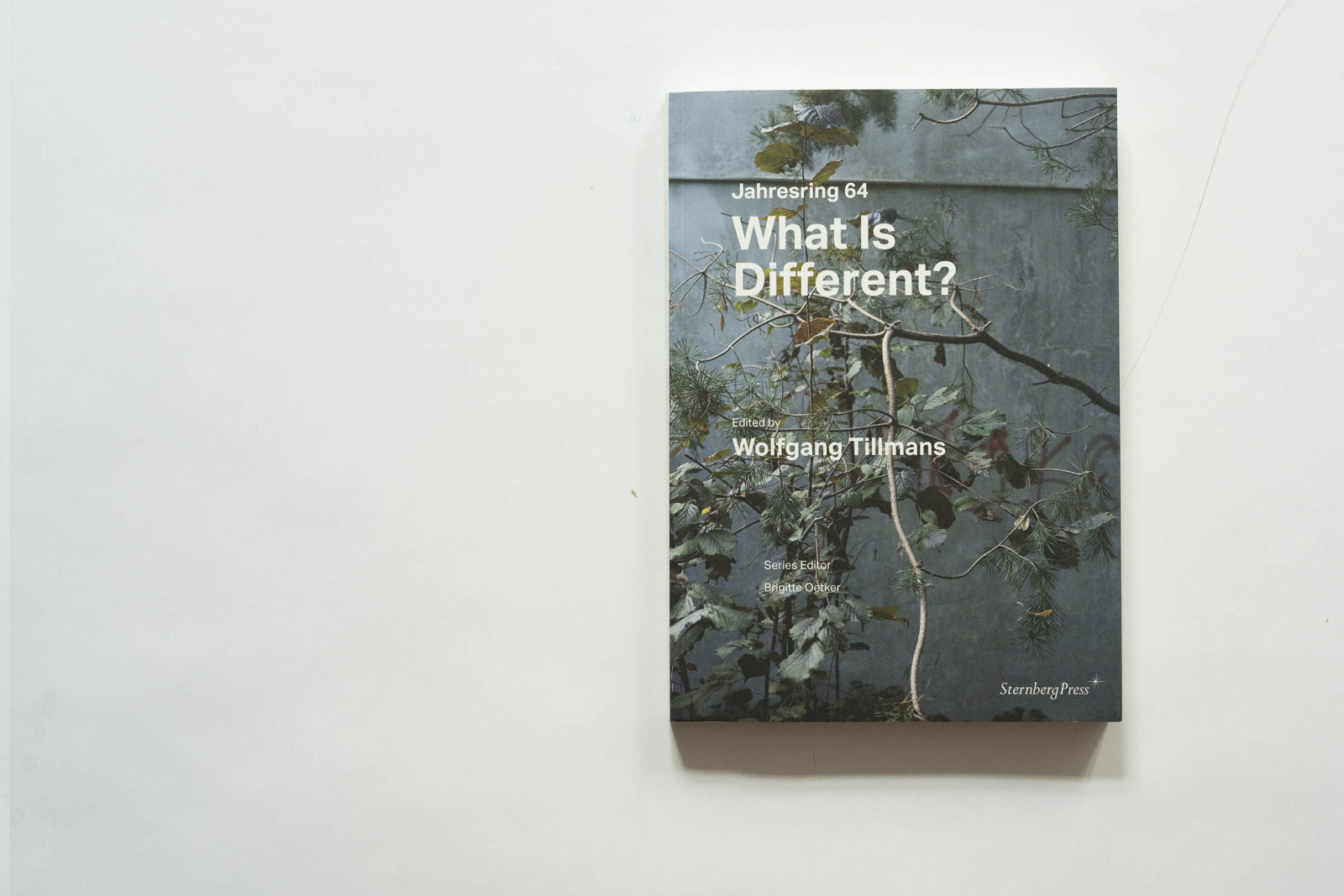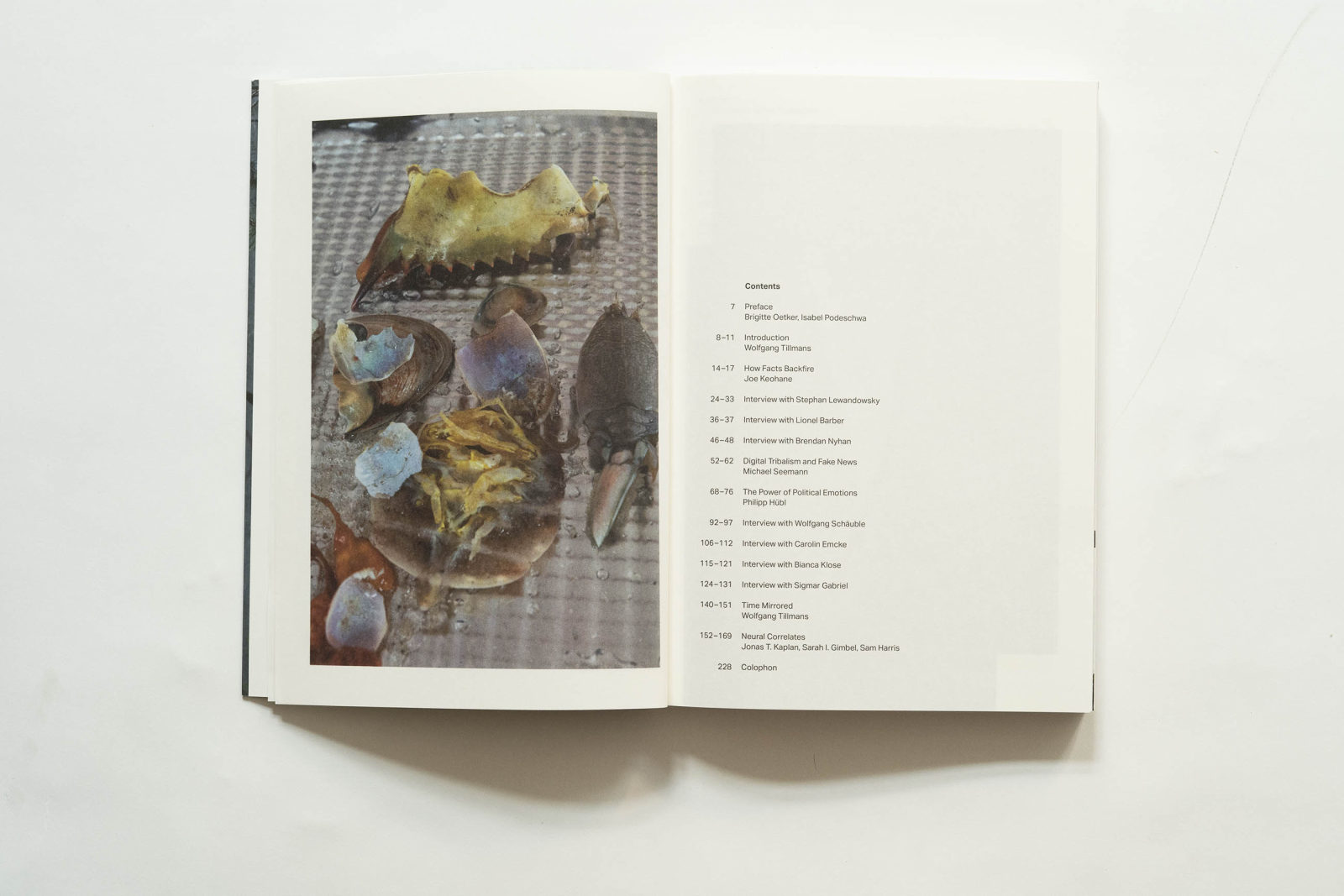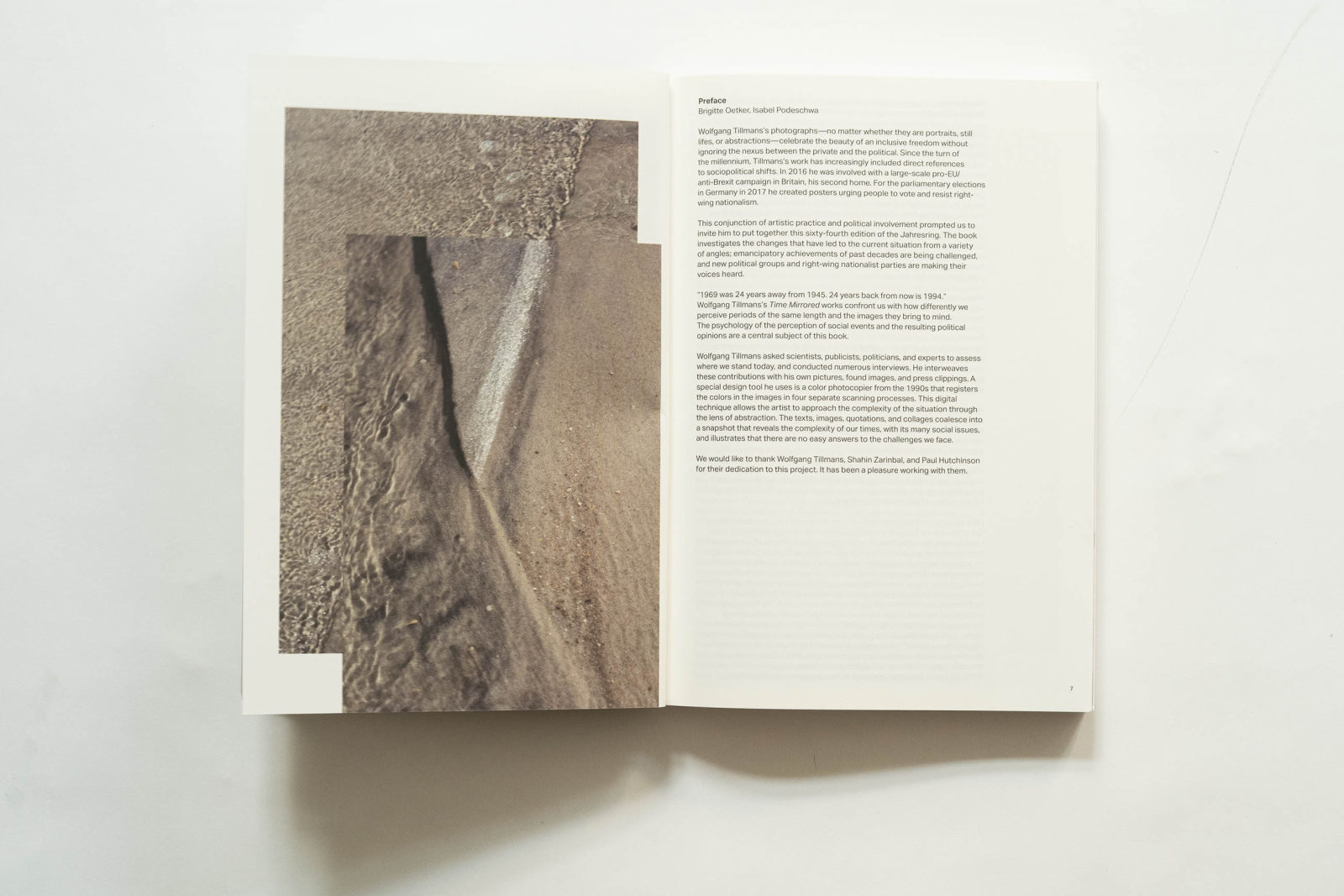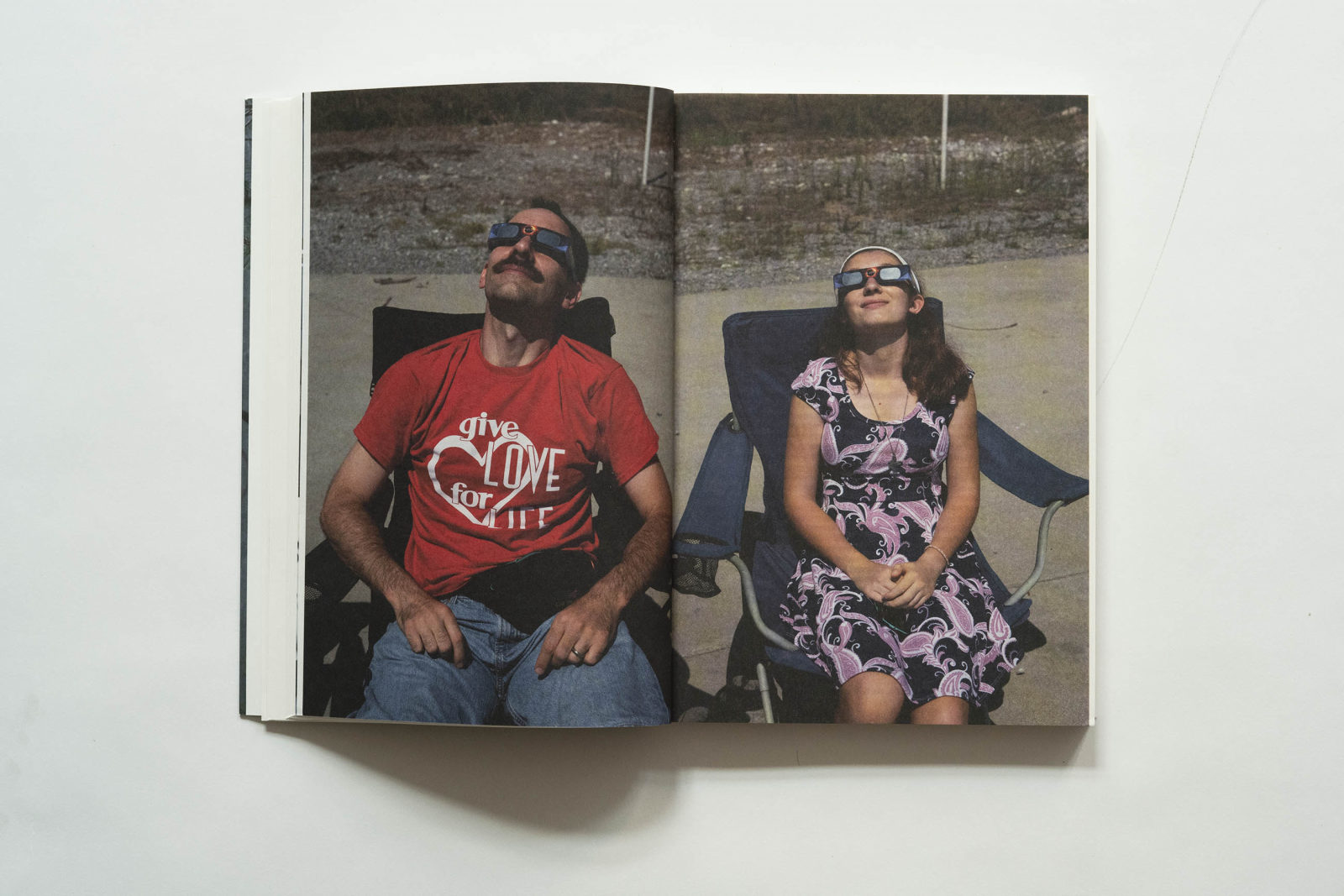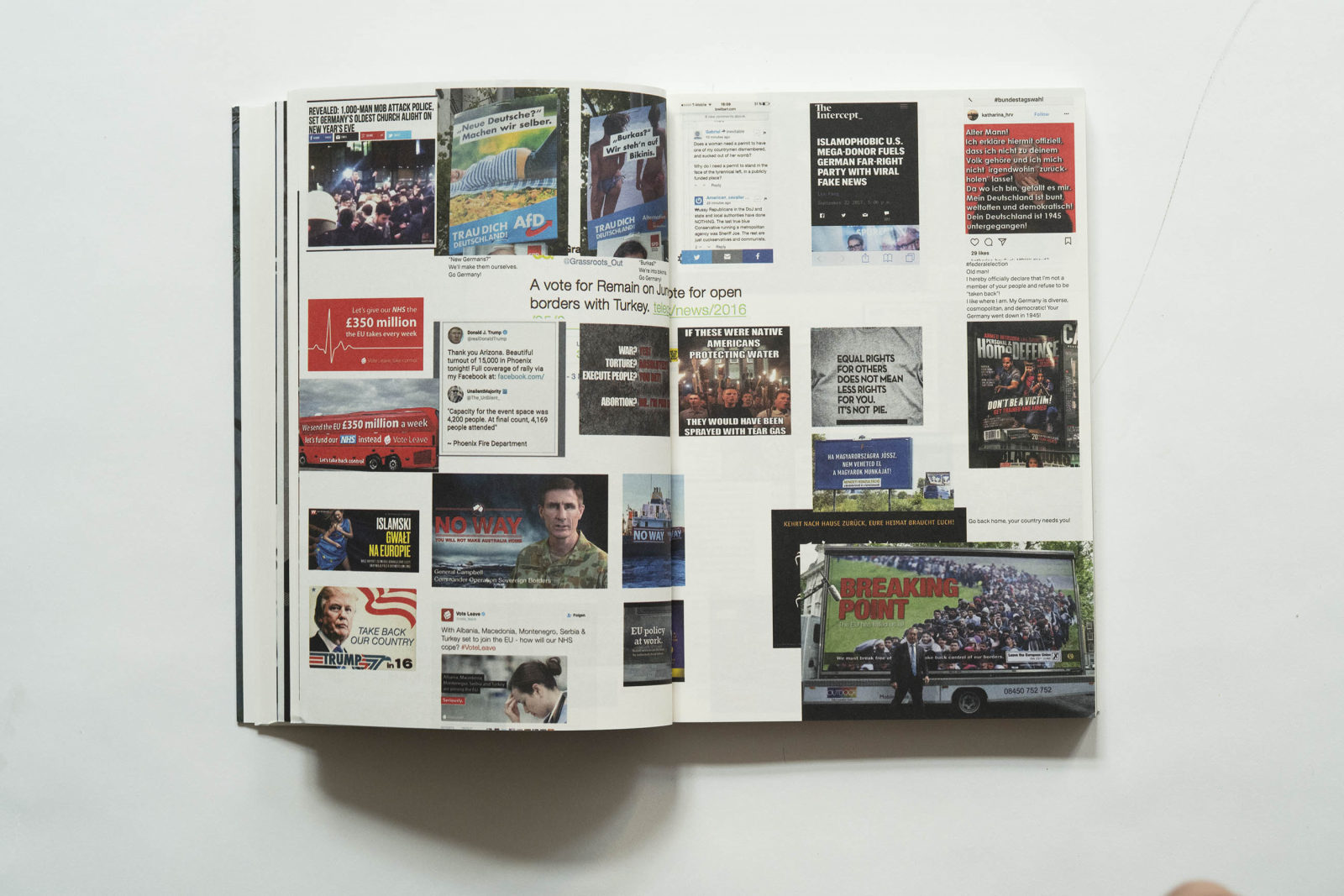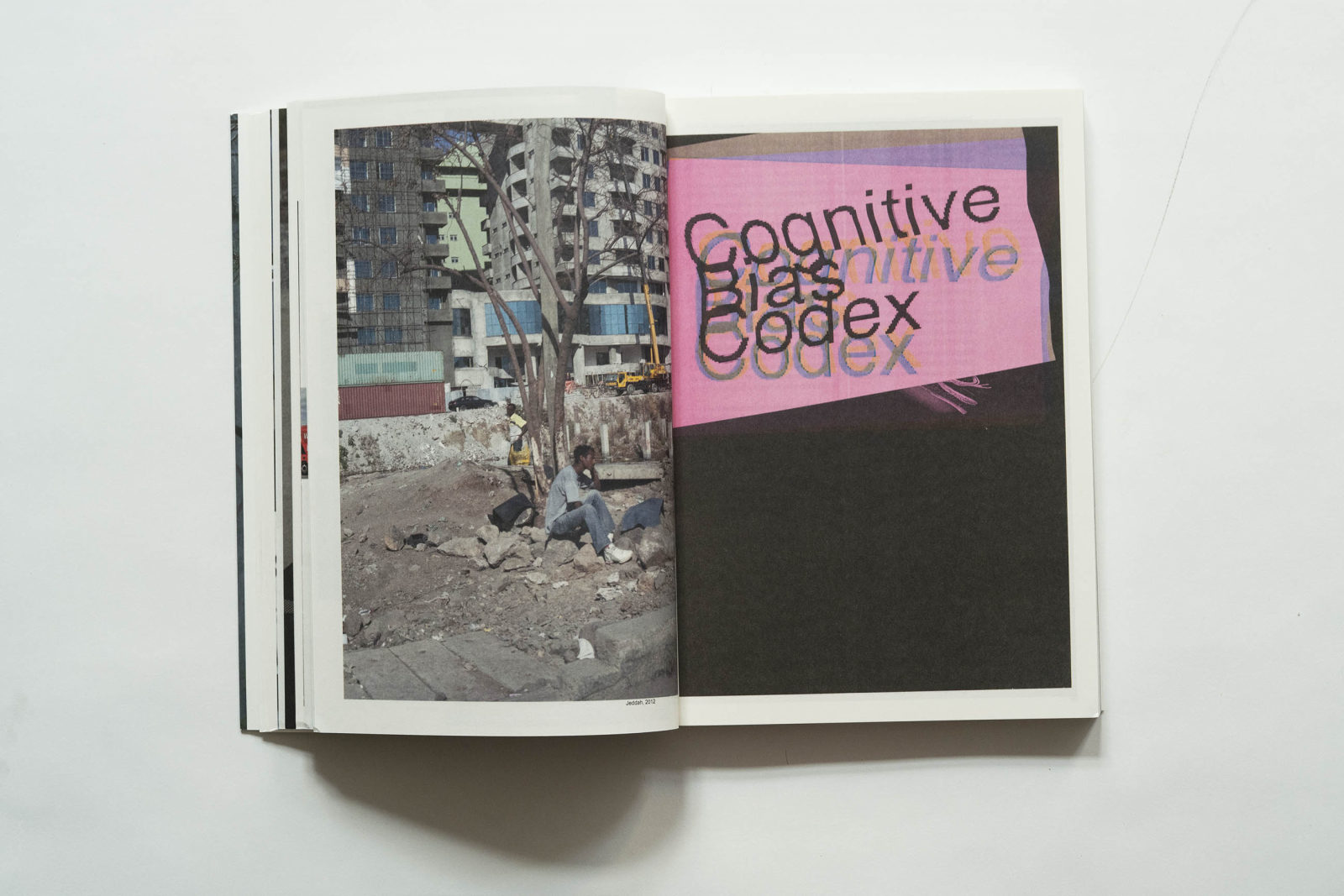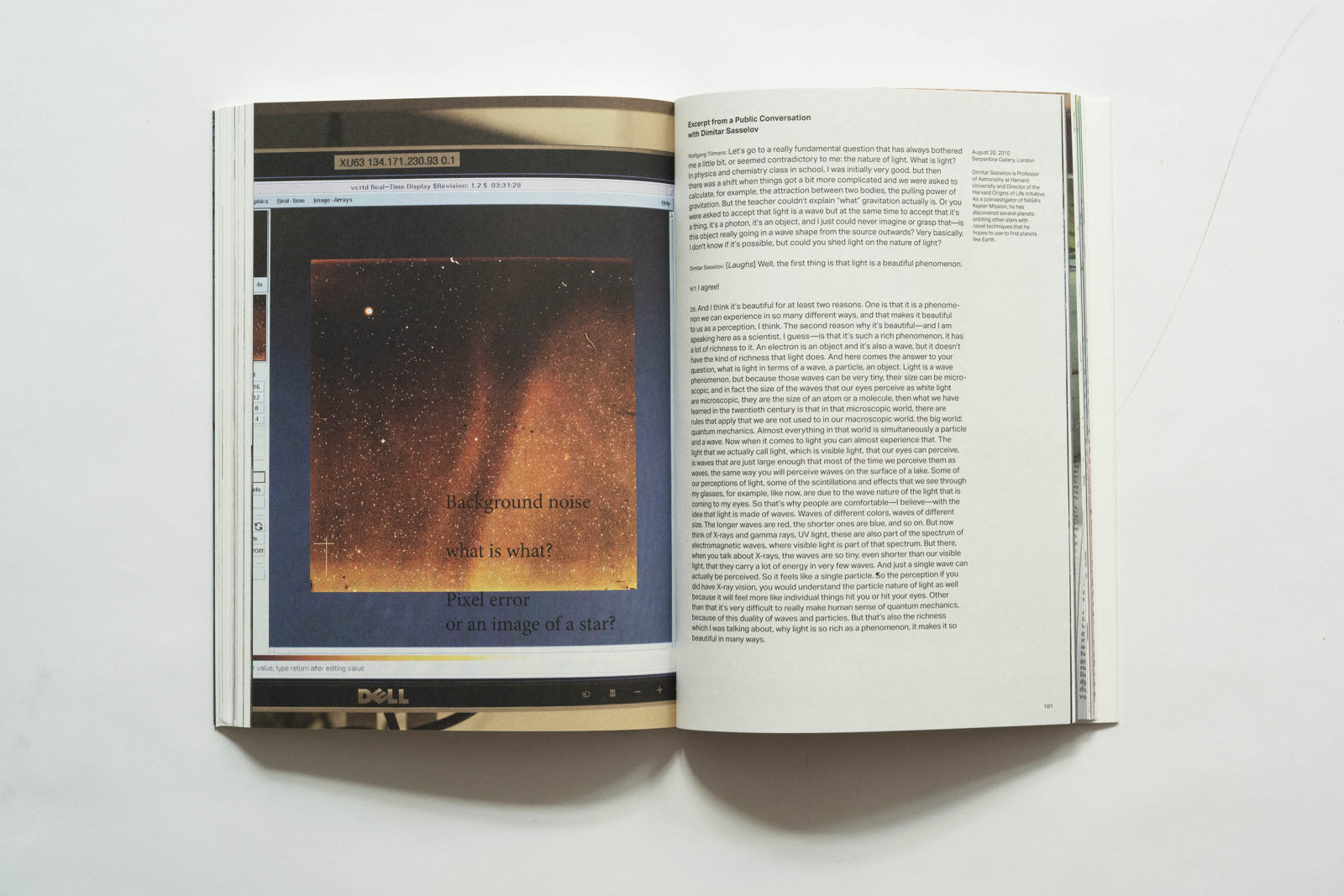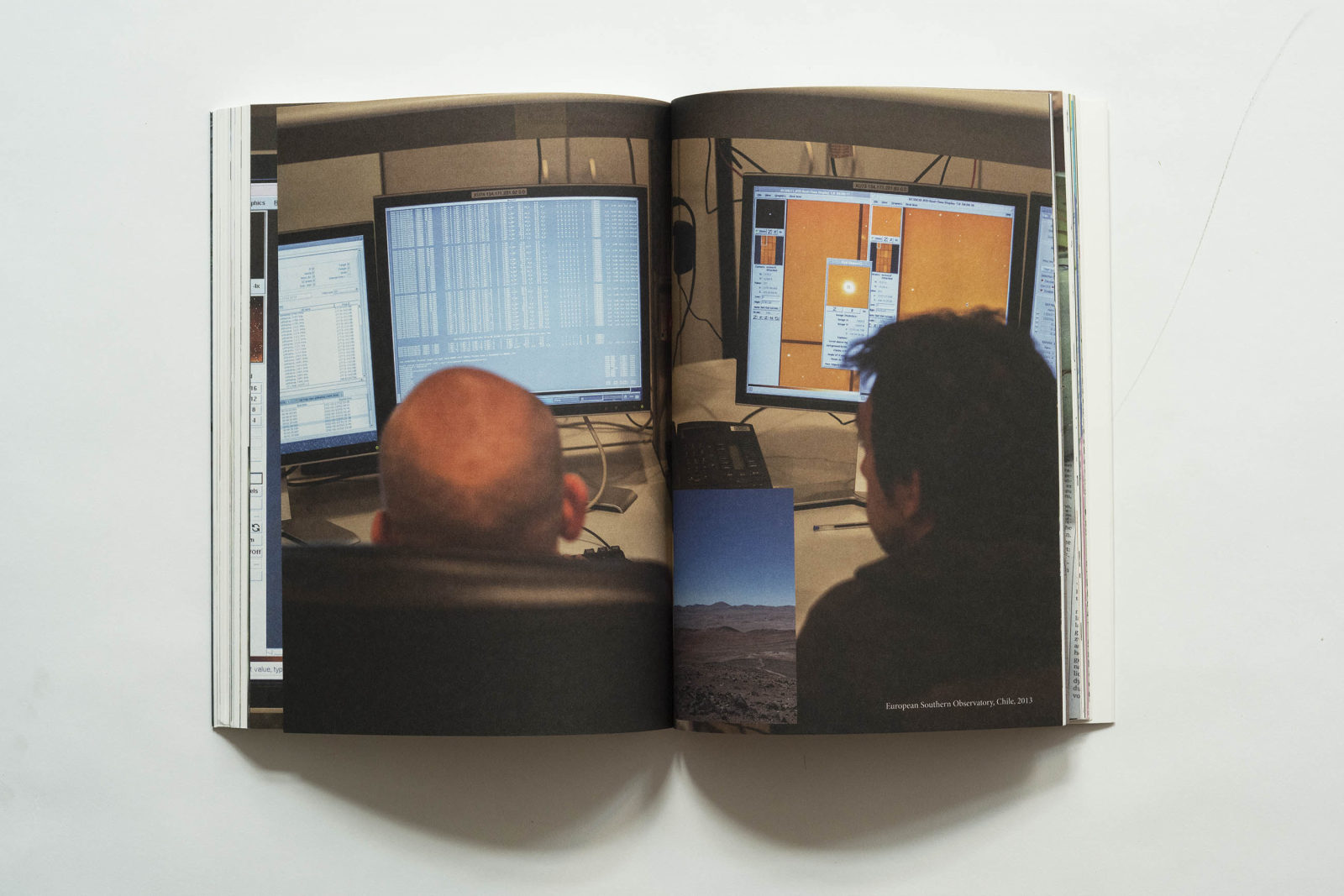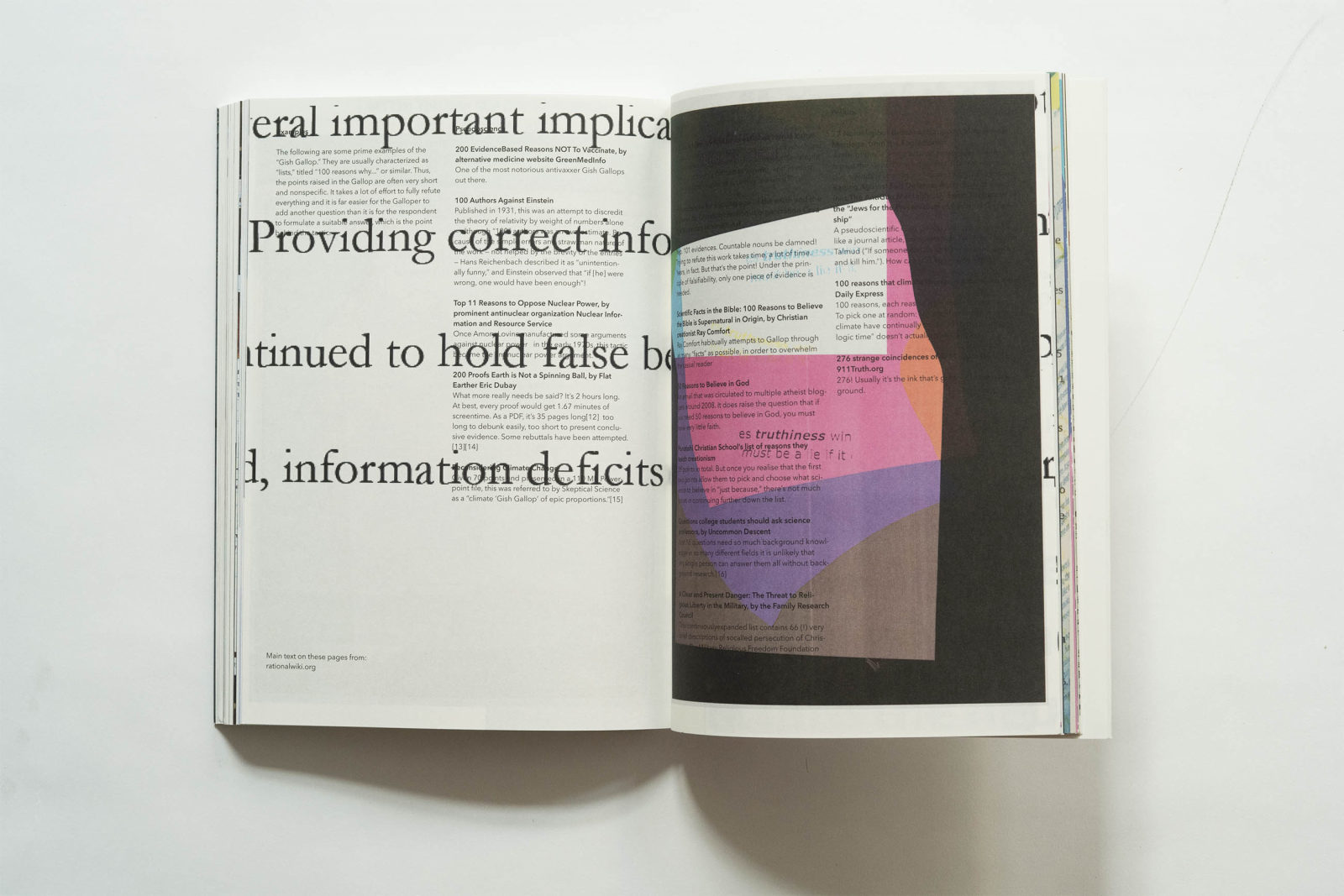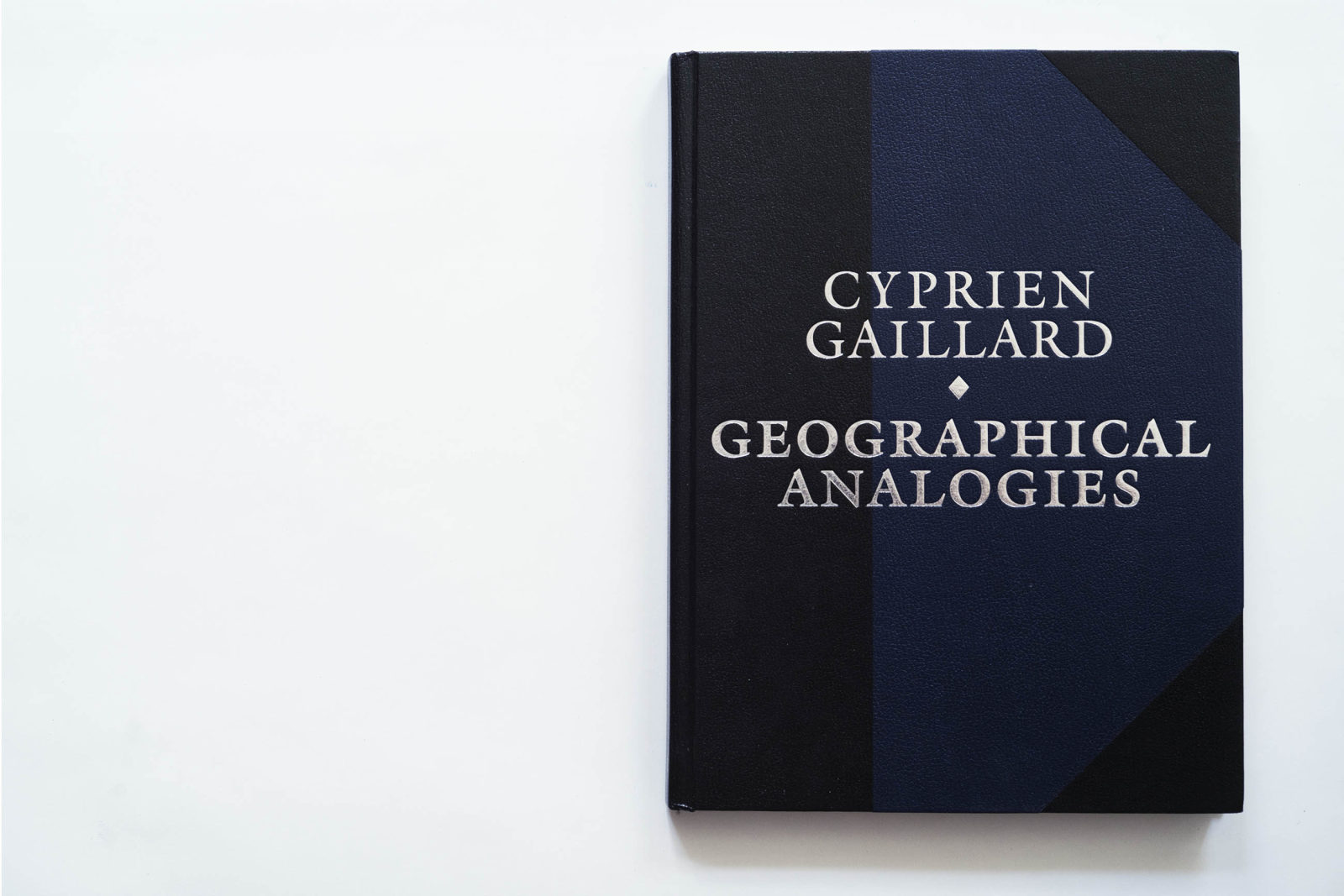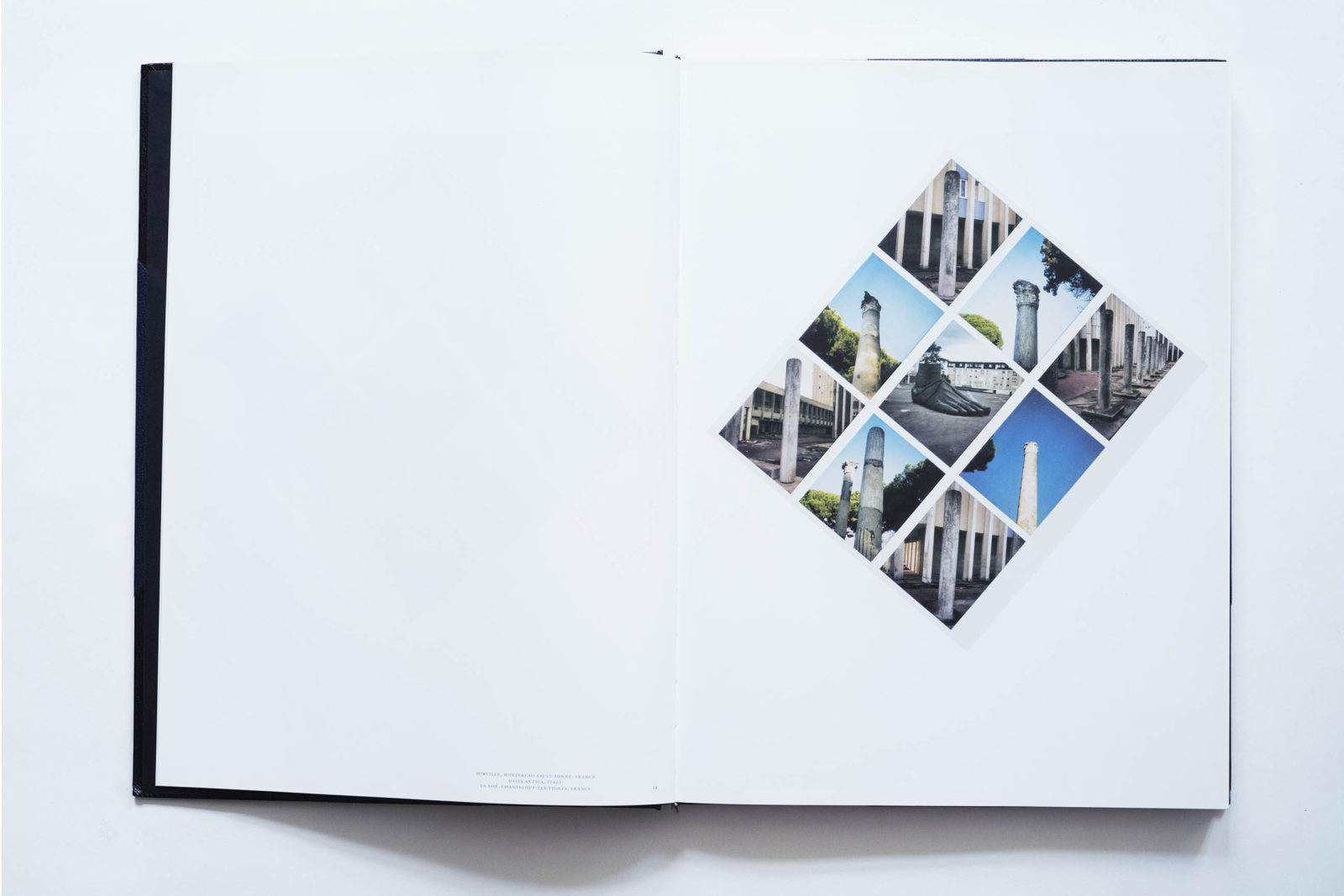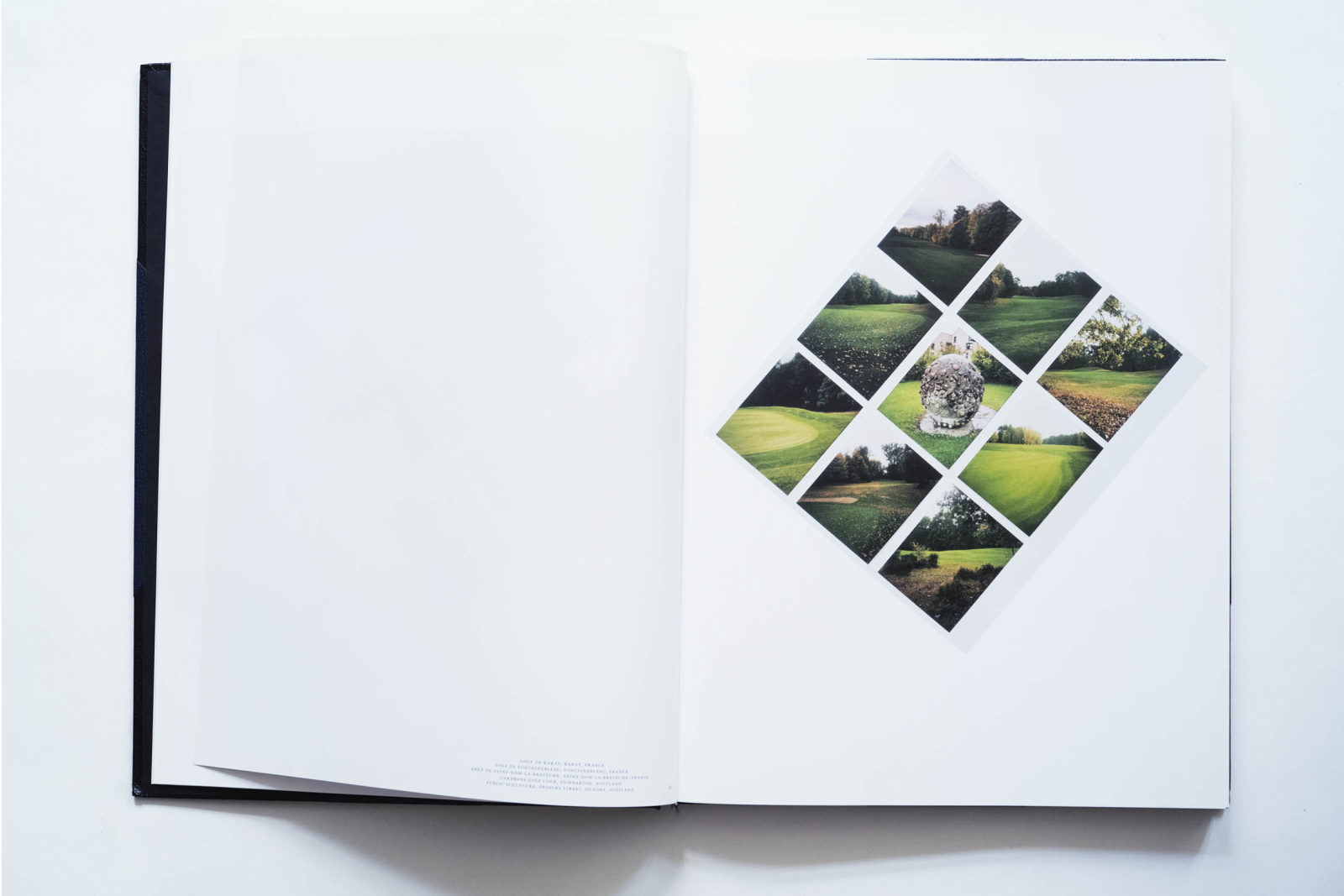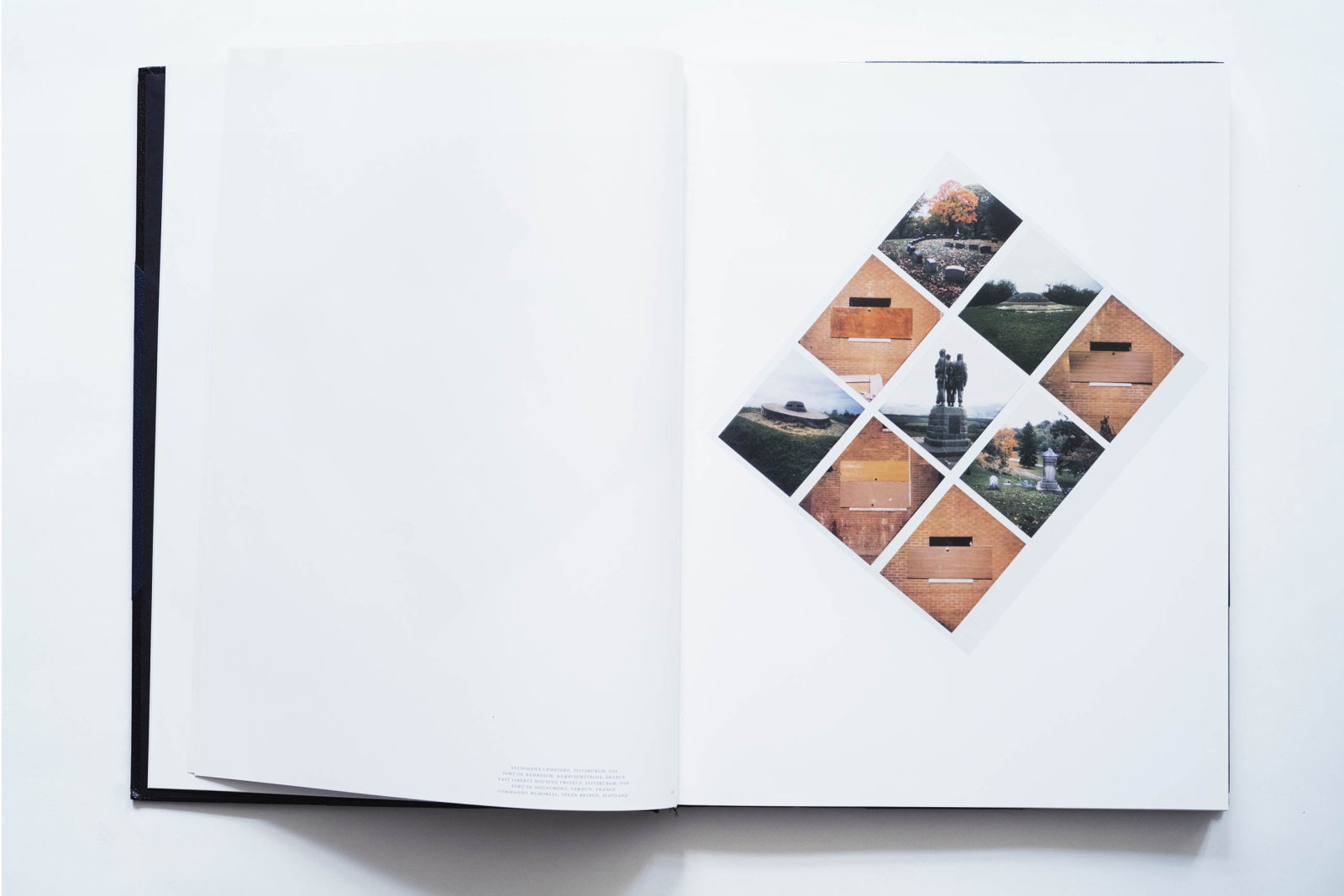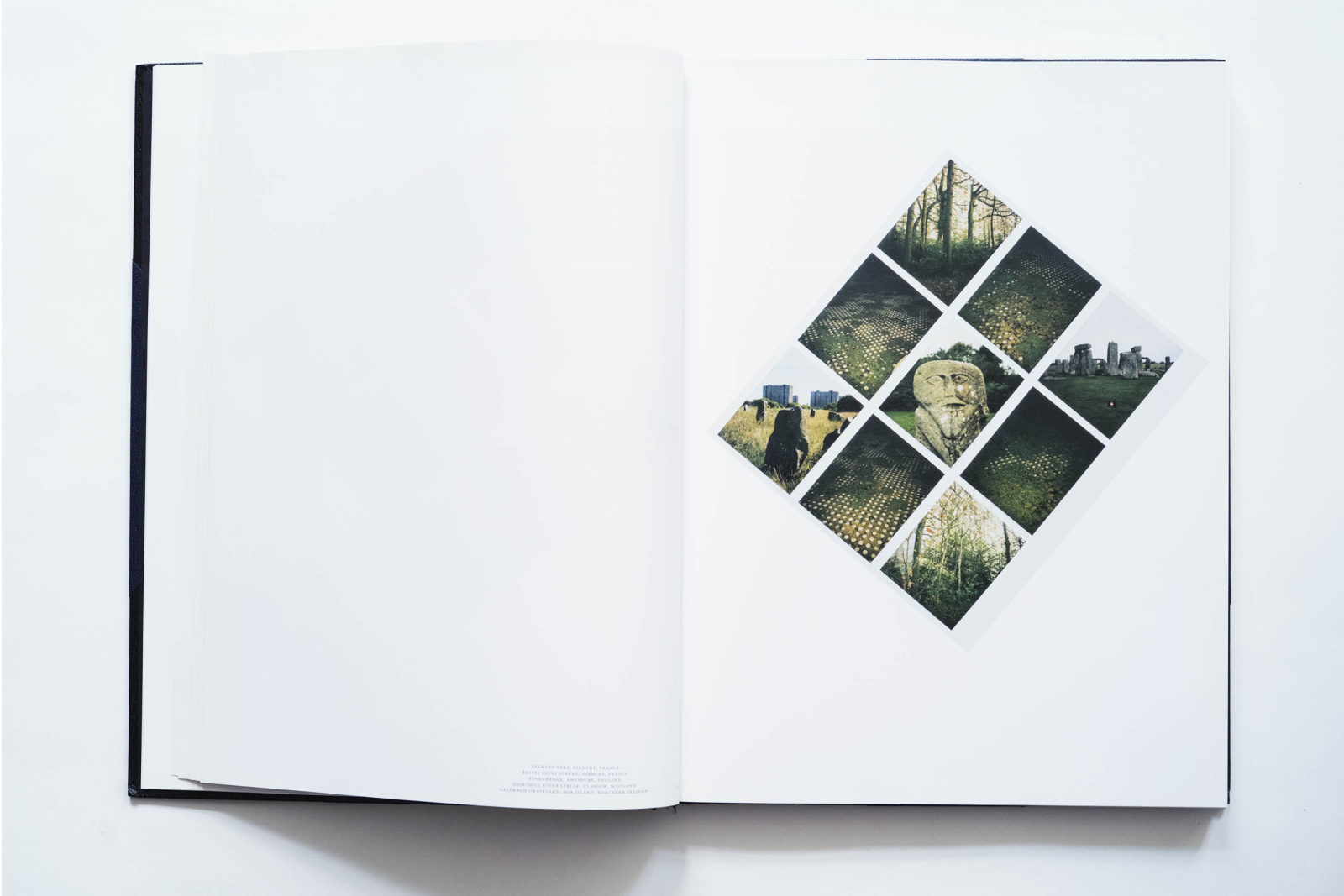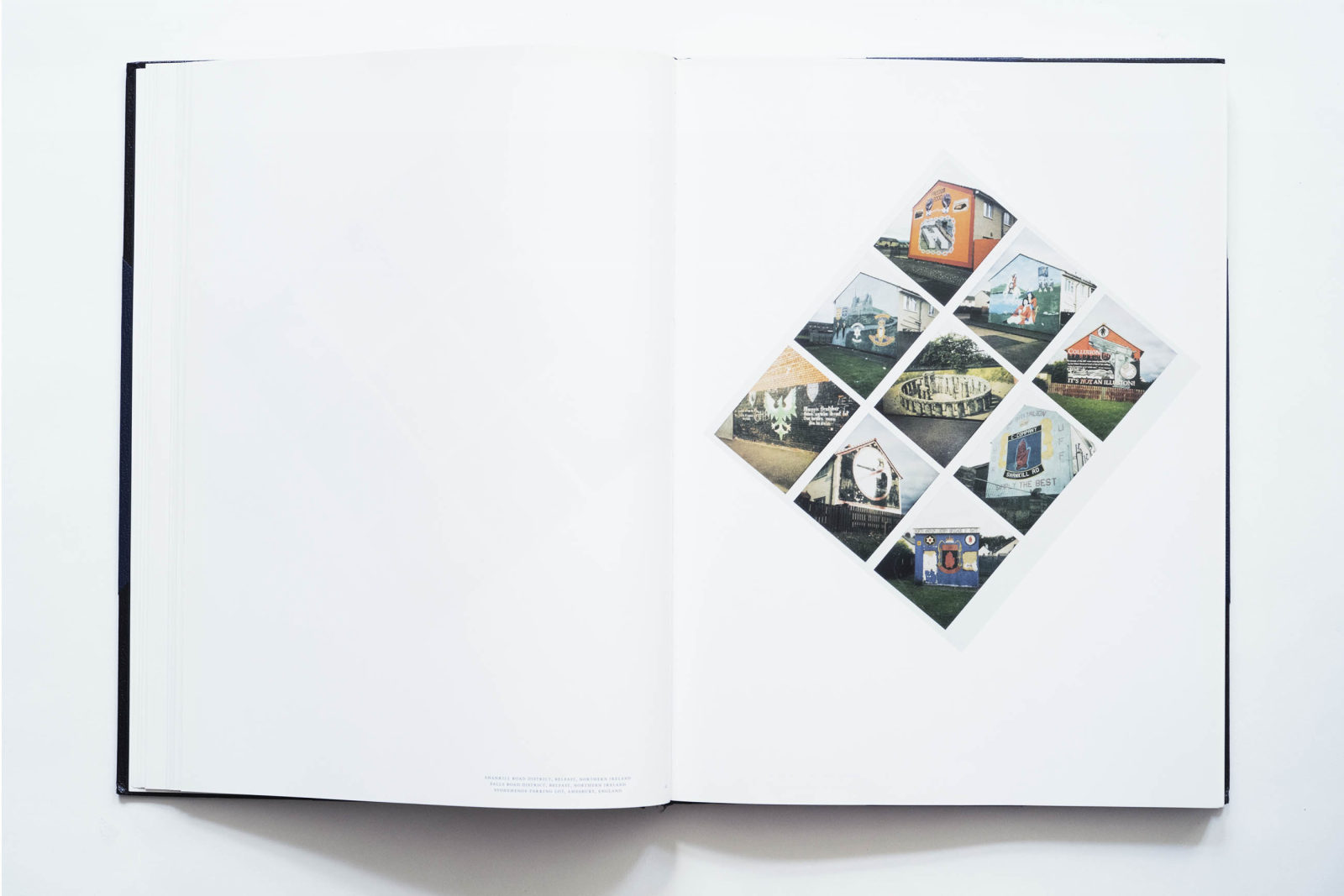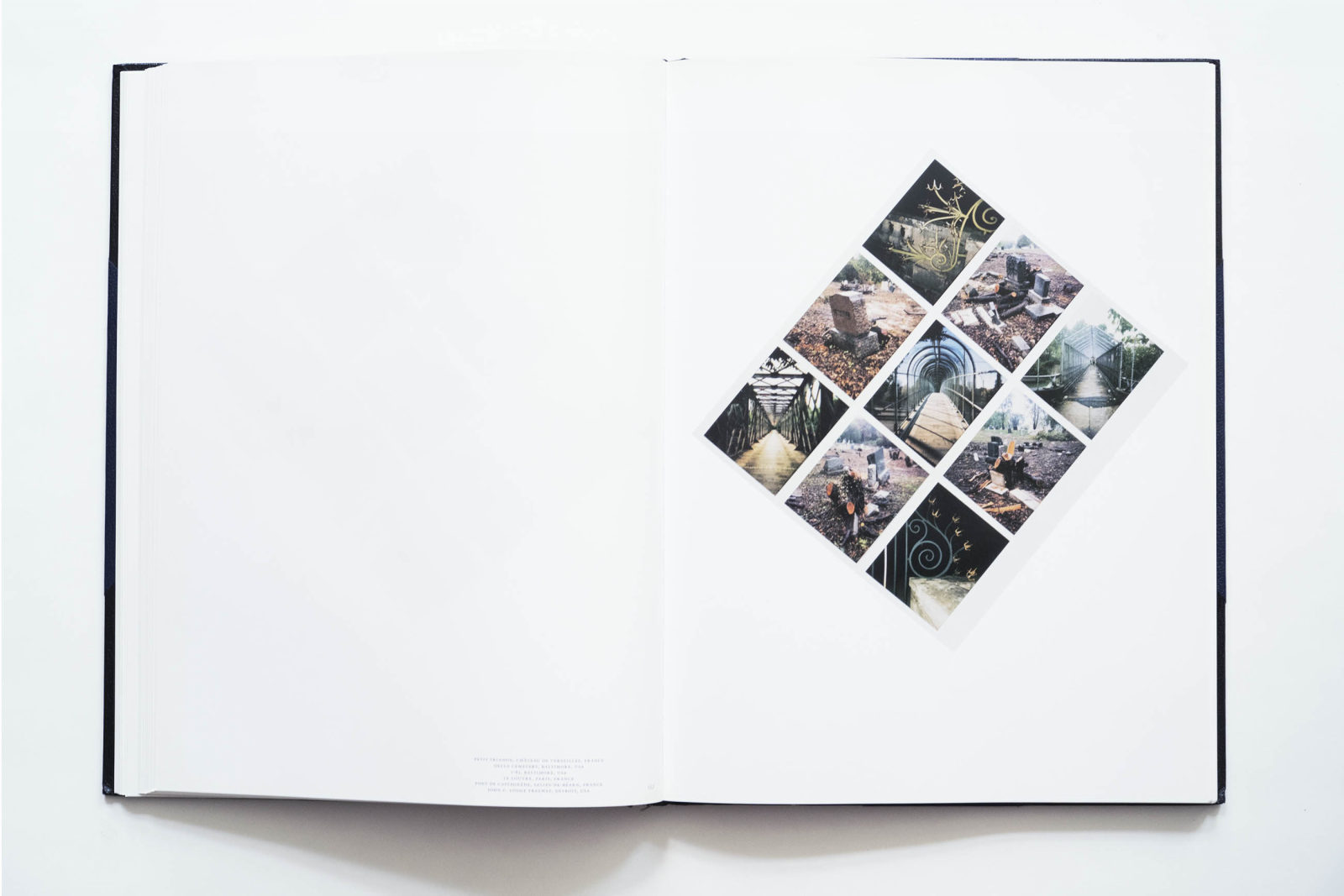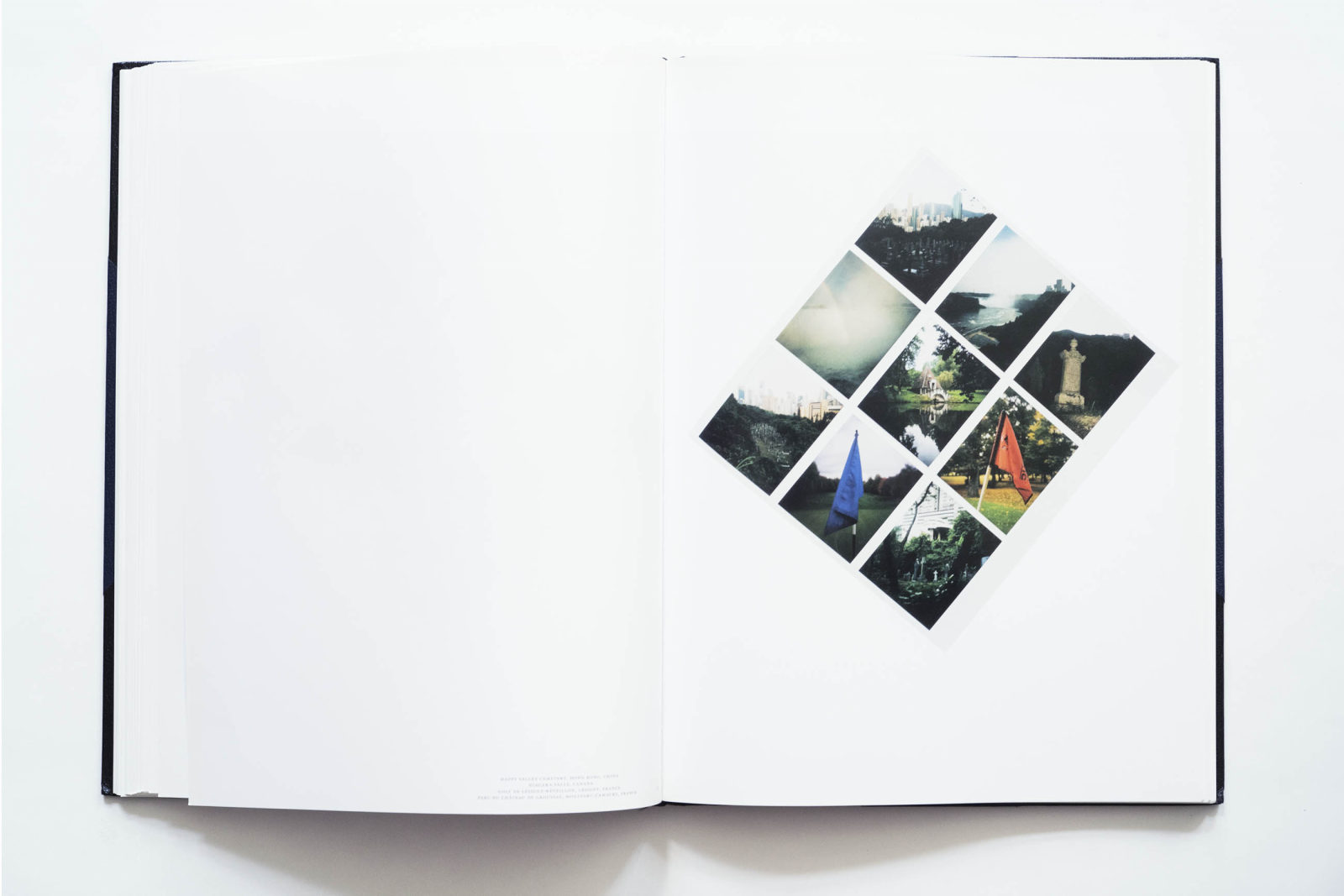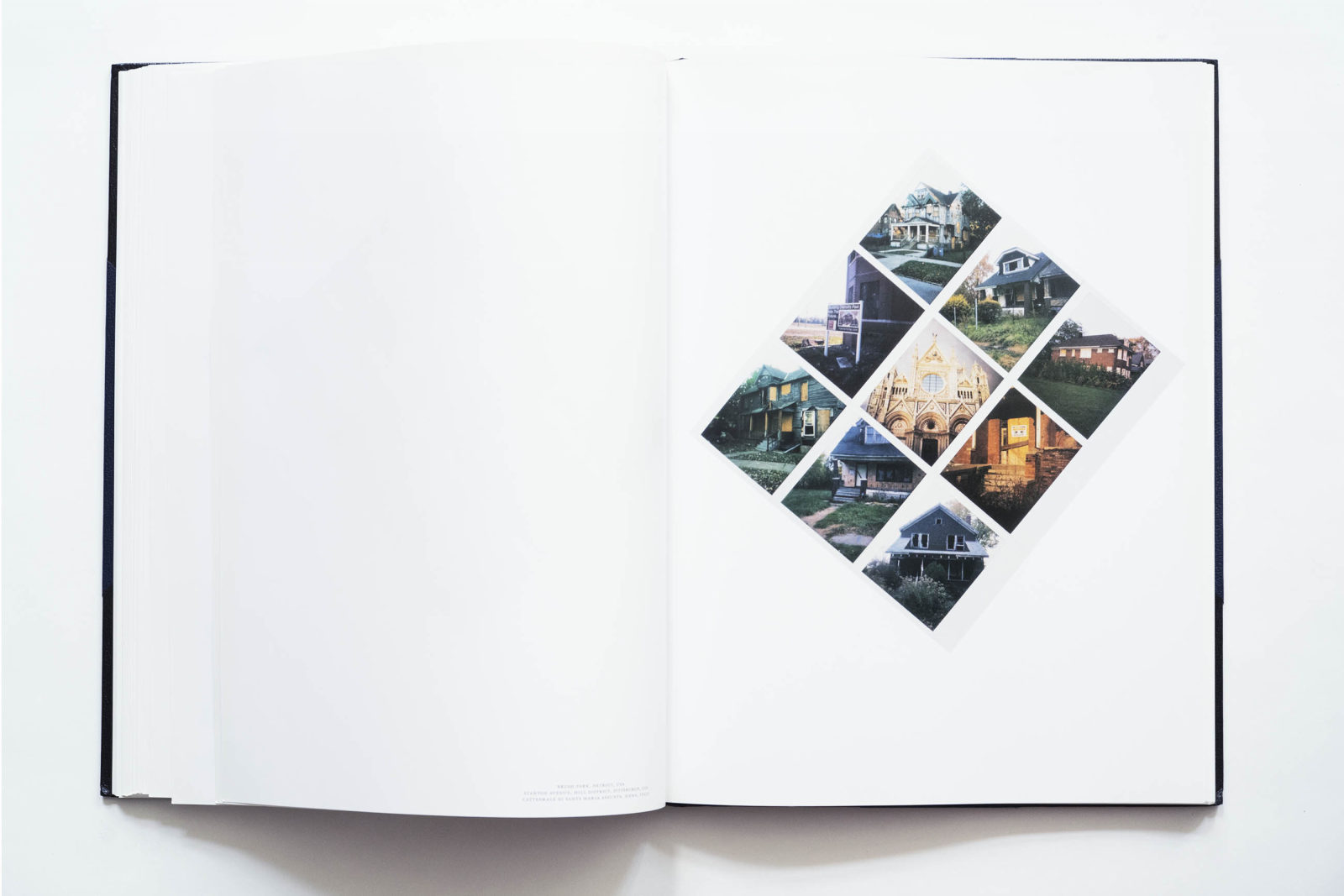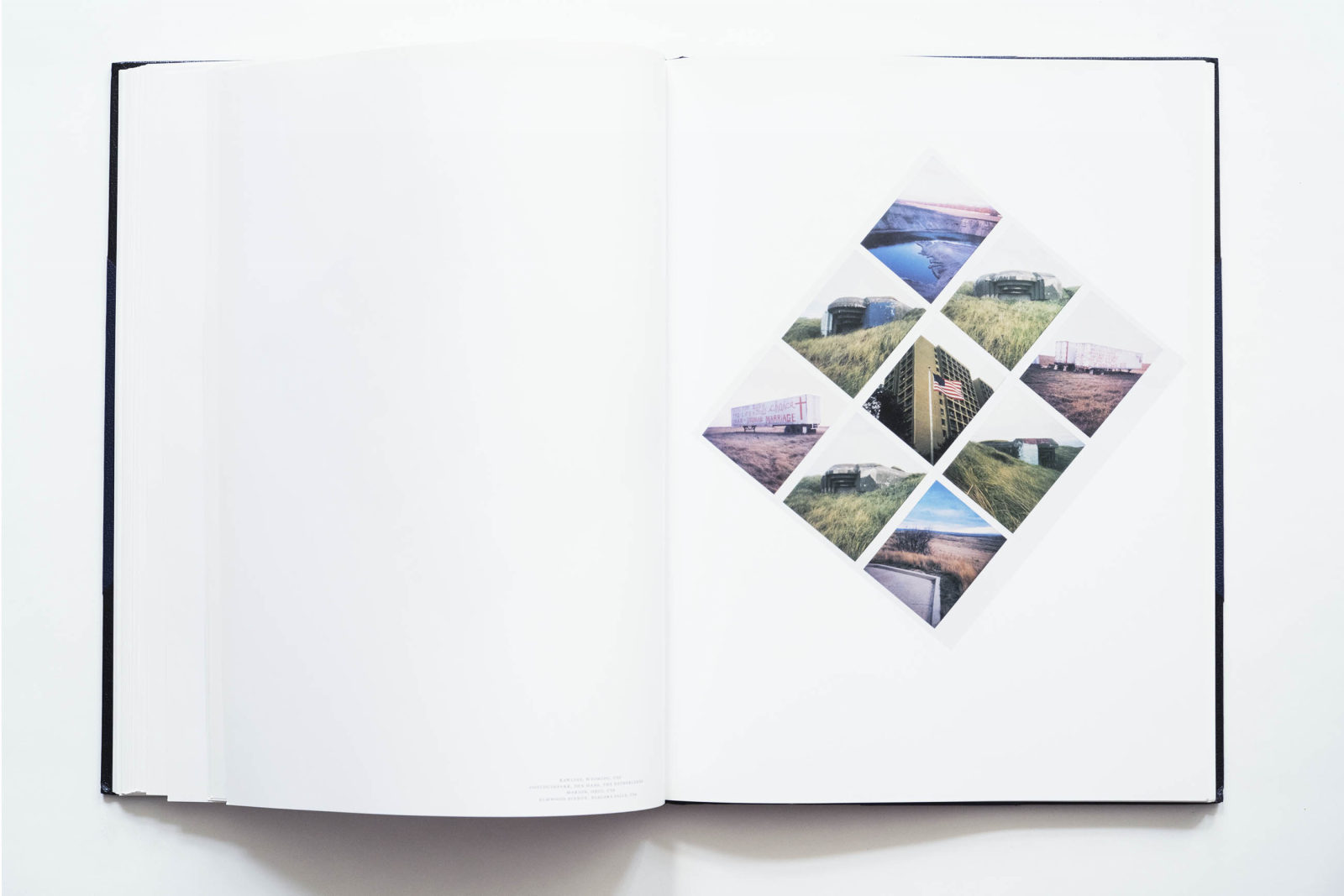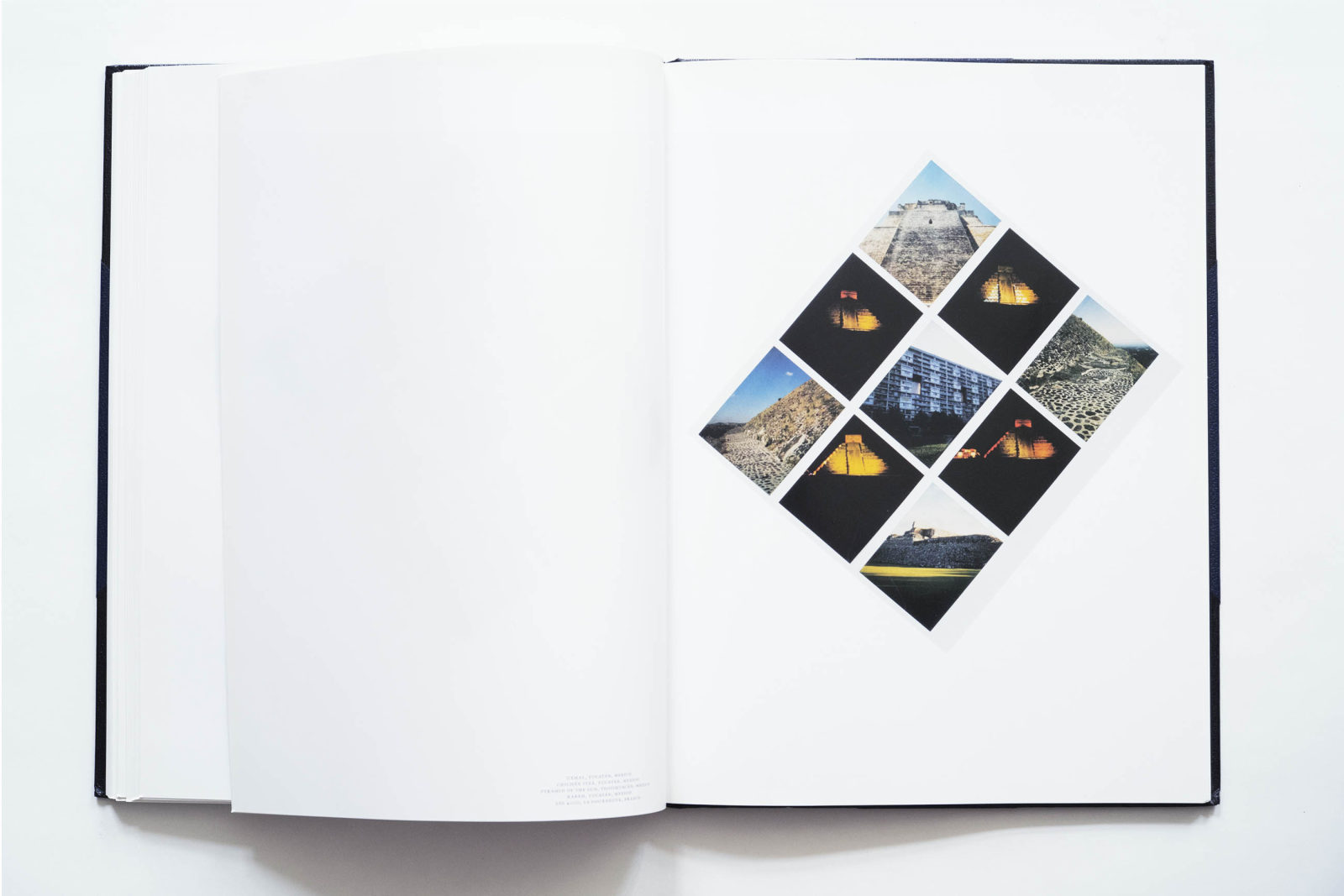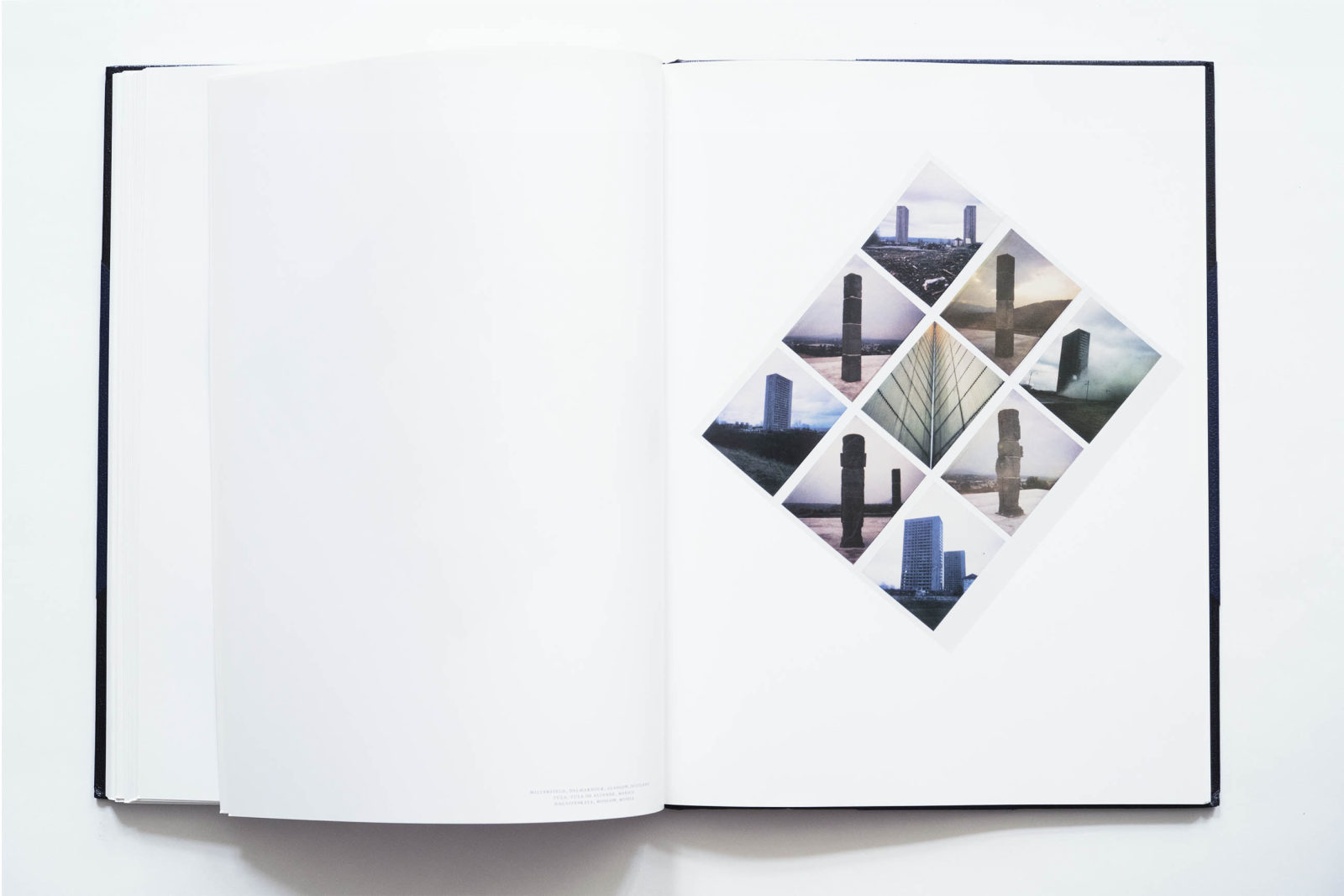Book Playlist:
Peter Funch on architecture, urban development and impermanence
In the times of uncertainty, confusion and when “truth isn’t truth”, I have selected a stack of books that could be Adam Curtis’ imaginary coffee table books. Books that touch on displacement, urban development and the state of things being temporary. These are not books about the romantic moment, nor of visual pleasure, but come from the idea that the camera is a way to reveal an important and relevant narrative.
It is a diverse stack of books that I right now look at, read, and with inspiration from these I try to formulate how to understand the world and my own street corner in Berlin.
The playlist is currently playing on “random”, always on rotation.
HENK WILDSCHUT
Ville de Calais
In the vicinity of the French harbour city of Calais, a parallel world has existed for more than 10 years. Before being dismantled at the end of 2016, the “Jungle” was the makeshift home that refugees from North and East Africa, the Middle East and beyond, had built for themselves while waiting for a chance to cross the Strait of Dover and reach the UK. Since 2005 Henk Wildschut has followed the increasing stream of migrants whose journeys end in limbo outside Calais, where temporary cities are created by the “invisible” people. His work is an amazing study of a temporary city with its own system and daily life, which has made itself functional on simple premises. It is so focused on this little plot of land, a little brick in a much bigger system of geopolitical warfare, aftermath and immigration. The timelines of the different stages of buildings are incredible, spanning from the emerging “Jungle” to its end 10 years later. Tear down the camp and it will get rebuilt a few meters away. This is the story of human resilience. Wildschut has also done a project about the informal garden and newly planted vegetable patches in the refugee camps, which reveals one of the most fundamental instincts humans have when we are settling, whether it be permanent or temporary.
PAUL VIRILIO
Bunker Archeology
On my night table, there are various works of philosophy which I dip in and out of, so I was already familiar with Paul Virilio’s essays, and in particular, the book Information Bomb. What’s fascinating with Bunker Archeology, it’s that it’s both visual and theoretical. It works as an architectural philosophy book, as a photo book, a travel book and a history book spanning over 30 years. Virilio focuses on the ominous yet strangely compelling German bunkers that lie abandoned along the coast of France. In fact, these bunkers which look as if they have been generated from a science fiction film, are dotted all the way up to Denmark and Norway. The legacy of some of Europe’s darkest years, these ghostly reminders of destruction and oppression prompted Virilio to consider the nature of war and existence, in relation to both World War II and contemporary times. He searches to find meaning in these concrete edifices that seem poised to tip over into the dunes, but their purpose, function and effect are still too difficult or painful to understand. The architectural style of the bunkers makes me think of the current renaissance in Brutalism - pragmatic yet with a desire for the aesthetic.
THEO DEUTINGER
Handbook of Tyranny
A friend turned me on to this one, it’s one of a kind. A series of perfectly executed 3-D graphic illustrations portraying the new tyranny of the 21st century. Theo Deutinger draws the ways we kill, harm and exclude through the day-to-day implementation of laws and regulations around the globe, giving clarity to situations that are normally happening in chaos and confusion, or just plain oblivion. In the introduction to the book, Deutinger says “illustrating the walls that separate countries, the water cannons directed against protesters, and the modes of capital punishment – gives this book the appearance of an unearthed compendium of blueprints drawn by or for a dictator of our time. For every obstacle to organizing and controlling society, there seems to be a technical solution at hand”. Because he works as an architect, Deutinger is able to give scale to otherwise abstract notions such as citizenship. The 12 pages on Free Entry to Country is such a beautiful illustration about freedom. We start with an extensive world map that shows which country you can travel to with no visa as a German citizen (nearly all of them) and ends with bits of countries scattered in the Middle East, the rare ones you have access to if you are born Afghani, Iranian or Iraqi in today’s world. It sums up how big and how small the world is depending on what passport you have. In another section there is scale comparison of prison cells throughout the world. A strange beauty emanates from the geometry, like a monochrome Mark Rothko painting.
SOPHIE RISTELHUEBER
Fait: Books on BooksNo.3
French artist Sophie Ristelhueber travelled to Kuwait in October 1991, just after the end of the first Gulf War to photograph the country’s battle-scarred deserts. The bombed landscape filled with oil wells, tanks and long trenches looking like worm holes. Many of the photographs were taken from an airplane or helicopter. One can look at Ristelhueber’s work at the micro and macro level, as pure abstraction and play on the perspective. Her book Fait, which in French means "fact" and "what was done", remains one of our least known but most powerful statements about the aftermath of war. She says herself: “For me that work is not about information and it’s not about that war. It’s only a work about scars.” The aerial view of the battlefield and aftermath of war gives such a new point of view to understanding this war, any war. Ristelhueber is unique in her approach, she is really able to show us something we haven’t seen before - a totally new perspective, a new angle on the conflict. I think even today this book and Ristelhueber deserve much more recognition.
DANIEL SHEA
43-35 10th street
At first glance, Daniel Shea’s 43-35 10th Street looks very aesthetic and superficial but if you take the time to dive into the juxtaposed narratives of recent real estate development in Long Island City (Queens, NYC), modernist icon Brasilia and the arid Searles Valley in the American West, you start understanding the comments on neoliberalism, urban planning and connections that begin to emerge. The work began with a simple premise; for Shea to document the residential real estate boom in his neighborhood of New York City, an example of the development boom happening in cities globally. Images of Long Island City are presented alongside government buildings in Brasilia, built ex-nihilo 50 years ago, and a dying California industrial town. It is one of those books where I kept wondering how the project developed and came together. What came first: Shea living in Long Island City and noticing the area changing, then going to Brasilia? Or did he have all the cities mapped out in his mind already?
MÅRTEN LANGE
The Mechanism
This young Swedish photographer came to my attention a while ago. He has made books about a variety of subjects. One is a captivating series of black and white portraits of pigeons. Lange was quoted saying: “I wanted to make a story about something beyond the reach of the camera”. I was curious about what he would do next. The Mechanism is a remarkably melancholic series of black and white photographs that form a sci-fi story about modern existence in places where there is only office life, and a surveillance state.
It is a book showing the places created by humans, though we almost don’t see humans and the ones we see seem “disposable”, as if they easily could be replaced by machines. Lange paints a dystopian world where he zooms in on, and out of, fragments of technical objects, cityscapes, architectural details that are framed in a way that, taken alone, make no sense but put together are everything.
MELANIE VEUILLET
Tools of disobedience
Have you ever considered the power of creativity in the lives of prisoners? In Tools of Disobedience, Swiss photographer Melanie Veuillet explores this question by looking at the knife, pipes, various tools, maps and other objects that are manufactured through the creativity of prisoners who are under surveillance and in confined spaces. It is the creative mind which has produced these objects. The book reveals how vivid the mind gets when restricted by space, but also touches on the prisoners’ survival instinct and how human needs succeed in imposing themselves. Like Ville de Calais, this is an encyclopedia of temporary homes and transient objects. The hand drawn maps are like a saga on how to escape, as is the keys collection. It reminds me of this film, “This is not a film” from Iranian filmmaker Jafar Panahi, where the whole action takes place in the director’s own house, as a video diary, since he is under house arrest in Iran.
WOLFGANG TILLMANS
Jahresring 64,
What is different?
When Wolfgang Tillmans was asked to guest edit the 64th edition of Jahresring, a collection of essays on art history or philosophy published annually in Germany, he said he immediately knew what to focus on. The so-called “back fire effect”, which describes the phenomenon in which people hold onto their beliefs despite being presented with facts that disprove them. “I wanted to investigate why the backfire effect is having more impact today than it did 10, 20, or 40 years ago. What has changed? What is different? This latter phrase became the title of the book,” Tillmans wrote in an essay in The Guardian. The book is his written answer to Adam Curtis’ film “Hypernormalisation”. This is a work I return to again and again. I really like “Time mirrored”, Tillman’s own account of how we measure time. “Now the release of the Beatles White album is as long as the end of World War I was in 1968” (p.150). He makes a collection of alternative facts or different ways of perceiving reality: truth is not truth. The illustration is the solar eclipse in the US in 2016 with these beatific smiles and the grotesque goggles.
CYPRIEN GAILLARD
Geographical Analogies
Here is a project where form and content go incredibly well together. This book presents 900 polaroid images of landscapes, monuments, modernist buildings, and architectural topics, arranged into diamond-shaped grids. It reminds me of Wolfgang Tillmans’ book Neue Welt, which is a wide catalogue of the modern world but in Cyprien Gaillard’s hands, these records become stories about decay, destruction and devastation. The book with the work will remain while the polaroids will disappear beyond recall. I saw a few of them recently at a show and noticed the milky look of the polaroid. Rein Wolfs, who wrote the introduction, calls it “a world atlas against disappearance”.
BIO
Peter Funch
Born in Denmark in 1974, Peter Funch studied photojournalism at the Danish School of Journalism in Copenhagen. Before he moved to Berlin, Funch spent a decade in New York where he combined street photography with a tongue-in-cheek humor to create images halfway between reality and fiction. His most celebrated works in the canon explore patterns of repetition in human life, the rituals of commuters and the irresistible allure of coincidence.
PUBLICATIONS
For Babel Tales: Redux [V1 Gallery, 2011], Funch spent five years observing New York, the streets, the people and what they have in common, to produce a series of panoramic vistas created from composite images. The result is a seamless merging of documentary photography with fictional representation, a theatrical spectacle in which passersby are cast in starring roles, repeating, replicating and echoing each other’s actions. The collection is by turns whimsical and surreal, a rebellion against the humorless confines of photojournalism.
42nd and Vanderbilt [TBW Books, 2016] is the result of a nine-year project in which Funch stood on the corner of 42nd Street and Vanderbilt Avenue, taking pictures of New Yorkers as they rushed to work between 8.30AM and 9.30AM. Turning up at the same time day after day, he began to notice the same faces, the same habits, the same gestures. In the preface to the book, Douglas Coupland describes Funch as a documentarian with “a stunning eye for capturing the golden needle in the haystack of daily life”. The subtle variations that are captured in Funch’s portraits become part of a greater meditation on time, mortality and what is revealed when people are observed unawares, when the mask is dropped.
NEWS
V1 GALLERY sieged at BOOTH C38 for PARIS PHOTO 2018 With the newest work of artists Peter Funch and Asger Carlsen
In his newest series, The Imperfect Atlas, Peter Funch (b. 1974, Denmark, lives and works in Berlin) addresses time when changing a landscape, in the reimagined wilderness and in historical narratives. The project features images captured during Funch’s multiple trips to the Northern Cascade Mountain Range during the period of 2014-2016, and consists mostly of contemporary recreations of vintage Mt. Baker postcards discovered during his research.
Asger Carlsen (b. 1973, Denmark, lives and works in New York) will premier his formal, surreal and visceral new series Blistercard. Based on sculptural compositions printed on silk, dressed in layers of skin, patterns and debris, the intimate and almost abstract assemblages are made from stock photography shot in Carlsen’s studio and reimagined through photoshop work.
